Ceki cards
Last updated: .
Ceki cards are traditional playing cards that are still widely used in Indonesia, and to a lesser extent in Malaysia and Singapore. The name Ceki (Javanese ꦕꦼꦏꦶ, Balinese ᬘᭂᬓᬶ) also appears as Chi Kee, Cherki, or Koa, depending on region and language.
The cards were originally derived from Chinese 3-suited money cards (particularly of the “Water Margin” type), and over time and distance the imagery on the cards developed into smaller, simpler, and more abstract forms, while retaining the original deck structure.
Games that used these type of cards were originally played throughout the Malaysian Archipelago. They are also played amongst members of “reterritorialized” Indonesian Chinese communities within mainland China.A (555) Although these type of cards are not referred to in Thailand as “ceki” cards, I include them in the discussion below for comparison purposes.
Names and Terminology
“Ceki”The spelling Cherki seems to be more common in Malaysia and Singapore. It can also be written Tjeki in older Indonesian orthographies or چکي in Jawi script.B (334) The word apparently comes from Amoy (Hokkien) Chinese chít ki (一枝),C (48) “one card”, perhaps referring to the pick-one/play-one nature of the most common Ceki games. A similar origin is suggested by Amaro (1993), who gives jī ki ‘two cards’ (二枝). Gambling Games of Malaya gives the name as 織箕 ‘weave baskets’ (chitki) but I have not found this elsewhere; perhaps it is a phonetic back-formation. Other spellings I have seen include cuki,F (p. 72) cekianG (p. 174) or tyekénH (p. 160) or sikiah,I (p. 679) or chĕki.J (p. 53) Another thing to note is that one 16th-century Chinese–Malay dictionary defines the Chinese 棋 ‘game, chess’ with the Malay 竹吉 (Mandarin: zhújí), which one source suggests is ceki,K (734) but this is probably cuki,L (404) “a kind of draughts-game with black and white stones.”M (I, 116)N (417) probably originally referred only to a game played with the cards; the cards were referred to in Malay as daun ceki (‘ceki cards’).Daun, literally meaning ‘leaf’, is nearly equivalent in usage to the Hokkien 枝, meaning twig or cards, or other long objects. Thus the full expansion of daun ceki is somewhat tautological, meaning “one-card cards”. More modern names used in Indonesia are kartu ceki, kartu cilik (‘small cards’ — European cards are ‘big cards’), kartu cina (‘Chinese cards’), or kartu gonggong (‘Gonggong cards’). They are sometimes also referred to as kartu jawa (“Javan cards”) in other parts of Indonesia.
The cards might also have been referred to in the past in Malay as kiyaKija or كياM (II, 96) in older orthographies. or kiya-kiya, meaning ‘fish’. I have two ideas about how this came about: it could refer to the fish symbology which is used on some decks of Chinese origin, or it could be derived from the Hokkien 枝仔 ki-á, “twigs”.The name 十二枝仔 is also used for Chap Ji Ki.L (397) Several games also carry fishing-themed names so it could also be in reference to that.
At some point they were also called “8–9 cards”, in Malay pakau-pakau (باكو٢,Perhaps also ڤيكق pékak?O (456) literally ‘8–9s’, which adapts the names of Chinese numerals).P (161) A similar name was also known in Thailand — ไพ่แปดเก้า phai paet kao,Q (9) literally “8–9 cards”Note that the name ไพ่งาแปดเก้า phai nga paet kao is also mentioned in the source; this is “8–9 bone cards” where “bone cards” could be a calque of the Chinese 骨牌 which means ‘dominos’ or sometimes ‘playing cards’. See also the name แปด เก้า paet kao.R (239) — so it might be a Hokkien/Teochew name that eventually disappeared.Is there any remote connection to Oicho Kabu here?

Countries where Ceki cards are used.
© George Pollard, 🅭🅯🄏🄎
Malaysia & Singapore
The use of Cherki cards in Malaysia & Singapore was introduced by Peranakan (Baba–Nyonya) communities. Much of the terminology and card naming derives from Hokkien, and the cards used are closer to their ancestral forms than those used in Indonesia.
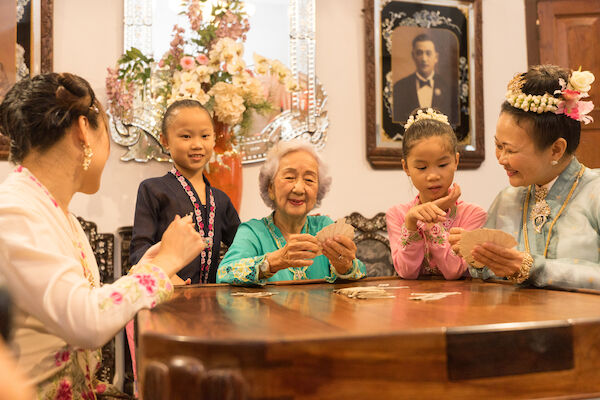
An exhibition game using Cherki cards being played in Penang, Malaysia.
© Shutterstock.com/Fiqah Anugerah Dah Besa : 1293448237
In the past the game was played by all levels of society; records of the palace expenditure of the Sultan Abdul Hamid Halim of Kedah (1864–1943) from 1896–99 indicate that he enjoyed gambling with Ceki.S (p. 58)
More recent accounts from Malaysia & Singapore indicate that the game was almost exclusively played by women, and in modern times it has nearly died out. The Babas reported that by the 1980s it was only possible to get cards in Melaka. However, there are ongoing efforts to preserve and repopularize the game.
Amongst Kristang (or Christão) communities in Malacca, the cards were known as chaqui or chiqui.D (p. 34)
Indonesia
In Indonesia, Ceki games are still popular, especially in Sumatra, Java, and Bali, all of which have historically had a large Chinese influence. In Javanese the cards are also known as kertu cilik (‘small cards’).I (p. 365)
During the colonial era, cards were manufactured in Europe by Dutch companies and exported to Indonesia. (See the manufacturers section below.)
From 1898 (and earlier?), Ceki was explicitly permitted (upon the purchase of a license for a gambling house) by the Dutch authorities.U (23:2)Alongside “Soe Sik” (Hokkien: sù sek, four colour cards), “Khoa O” (Hokkien: khòaⁿ ô͘, Kànhǔ), “Tio Peh Hi” (Hokkien: tiò pe̍h-hî, Fishing For Hairtails), “Tsap O” (Hokkien: cha̍p ô͘), “Tshe Kam” (?), and the European games 21 and 31.
By the 1940s Ceki cards were prohibited from being imported (from European manufacturers) into some areas, such as Sulawesi, “for reasons of public safety”.V (p. 1013)
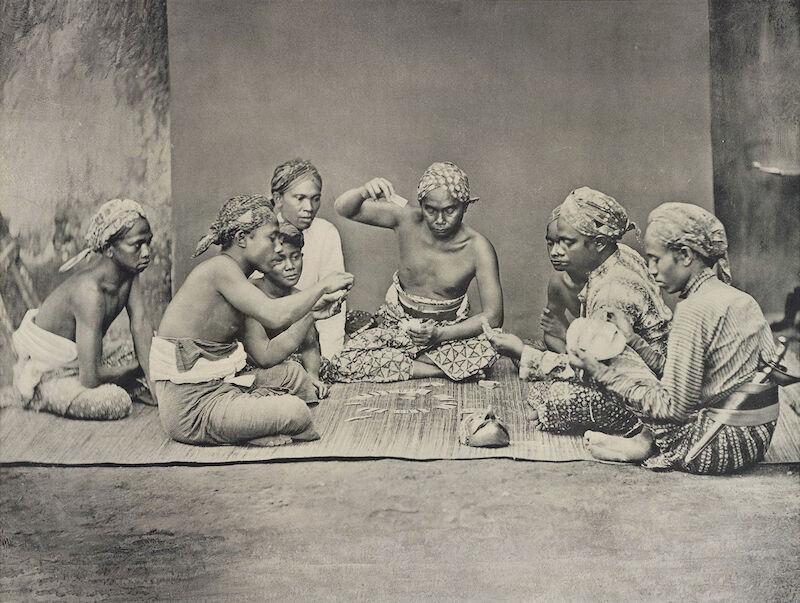
In Bali, the game is widely played and has “a large if not fanatical following”,W (170) despite gambling being illegal. Cards are readily available at many roadside convenience stores.

Balinese men playing a gambling game.
The game is particularly popular amongst the Minangkabau people of West Sumatra, as the Dutch card-making company Handelsvereniging Harmsen Verweij & Dunlop N.V. had a factoryThis building was later to become the Hotel Ambacang, which was destroyed in the 2009 Sumatran earthquakes. The company also had offices in Java & Sulawesi (previously known as Celebes). in the city of Padang.
In the Minang language, they game and cards are called Koa (sometimes spelt Kuwa or Kowah, كوا in old Malay orthography).X (p. 542) The Minangkabau go so far as to say “kalau ga bisa main KOA berarti bukan orang Minang”: “if you can’t play Koa, it’s means you’re not a Minang”.Y In Buginese and Makassarese, both spoken in South Sulawesi, the game is also called kowa (ᨀᨚᨓ in Lontara script),Z (p. 63)N (p. 46) after a term which is used in the game.
These terms might come from a Chinese language term for the number nine, which is how many cards the players need to complete their hand in the most common form of the game in these areas.
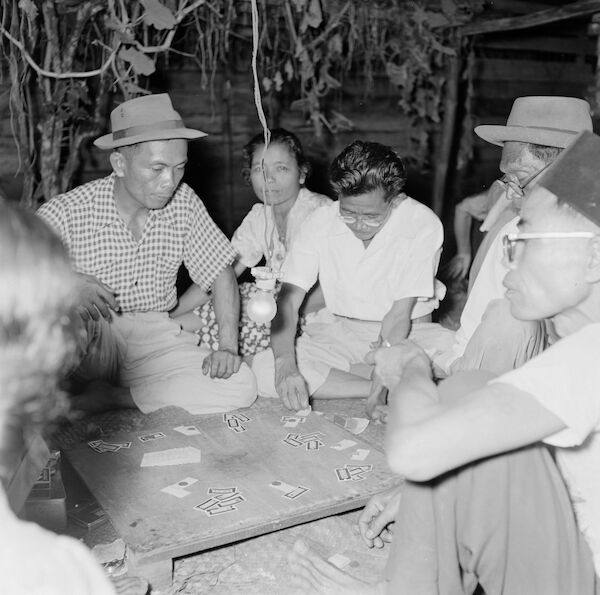
The game has also been carried to Suriname by Javanese emigrants. This image shows it being played at the time of the visit of Queen Juliana and Prince Bernhard in 1955. The game being played here seems to be one that has “rooster” (jago) bets.
1955 Nationaal Archief, 🅮
The Deck
Each deck, or kepala (literally ‘head’, Javanese ꦏꦥꦭ kapala), contains 60 cards: 30 unique cards, each appearing twice. The 30 cards comprise three suits running from (27 cards), along with three ‘honour cards’ (two of which are marked with red stamps). Many Ceki games require multiple kepala to play, often two sets (giving 120 cards).
In Banyuwangi, Java a deck is referred to as a ꦫꦚ꧀ꦕꦏ꧀ rancak ‘piece of wood’ or ‘set of instruments’.AA (74) In Thai, a deck is called a สํารับ samrap (literally ‘condiment tray’).
The three suits have various region-specific names.AB (119) I use the terms ‘Coins’, ‘Strings’, and ‘Myriads’ for consistency with articles about other money-suited cards.
Coins
Malay: hitam (‘black’), batik, piah (Hokkien 餅 ‘round thing’), tong (Hokkien 筒 ‘barrel’)
Thai: ผัก phak ‘vegetable’
Strings
Myriads (Numbers)
Malay: ban (Hokkien bān 萬/万 ‘myriad’), cina (‘Chinese’)
Javanese: wong (ꦮꦺꦴꦁ ‘people’)AC
Thai: คน khon ‘people’
1 | 2 | 3 | 4 | 5 | 6 | 7 | 8 | 9 | ||
|---|---|---|---|---|---|---|---|---|---|---|
Coins | 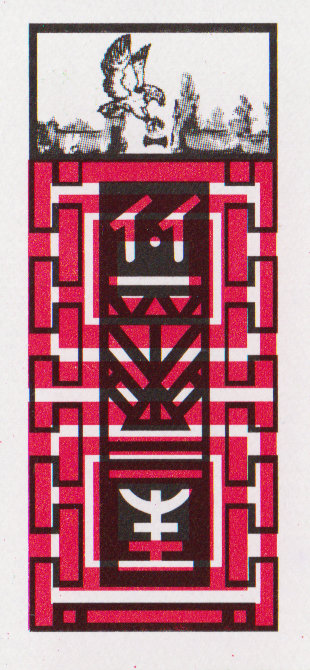 © George Pollard, 🅭🅯🄏🄎 | 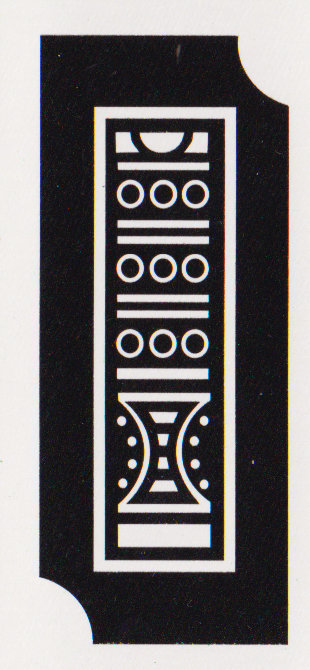 © George Pollard, 🅭🅯🄏🄎 | 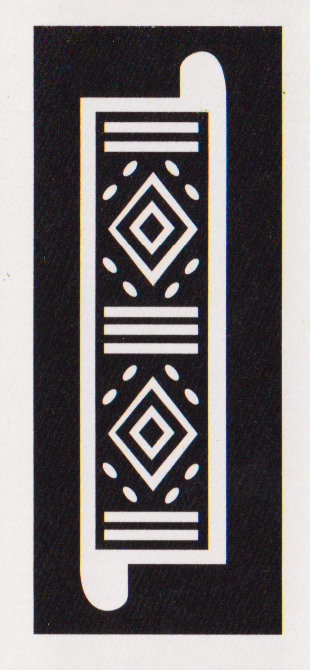 © George Pollard, 🅭🅯🄏🄎 | 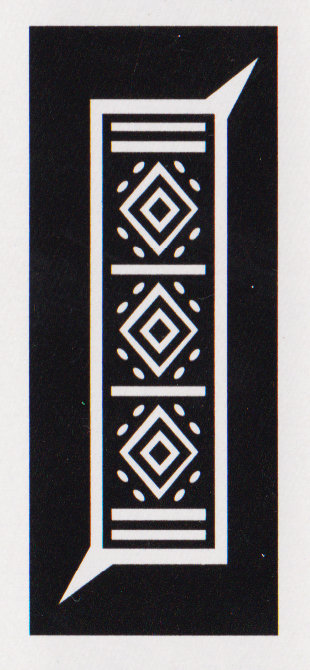 © George Pollard, 🅭🅯🄏🄎 | 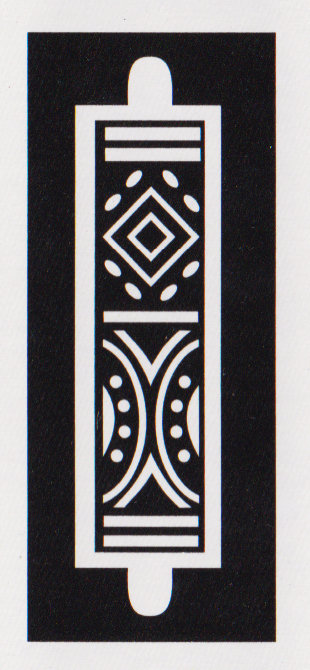 © George Pollard, 🅭🅯🄏🄎 | 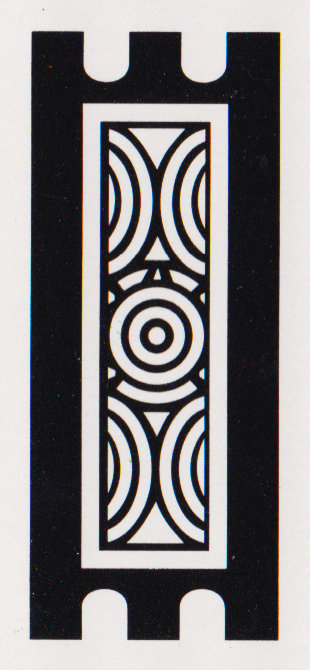 © George Pollard, 🅭🅯🄏🄎 | 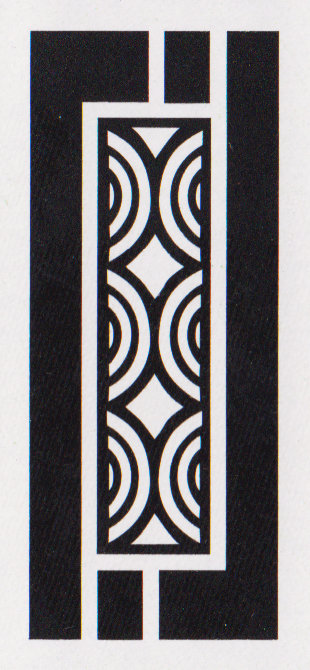 © George Pollard, 🅭🅯🄏🄎 | 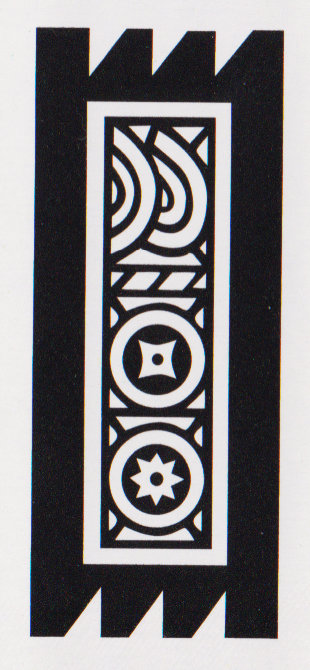 © George Pollard, 🅭🅯🄏🄎 | 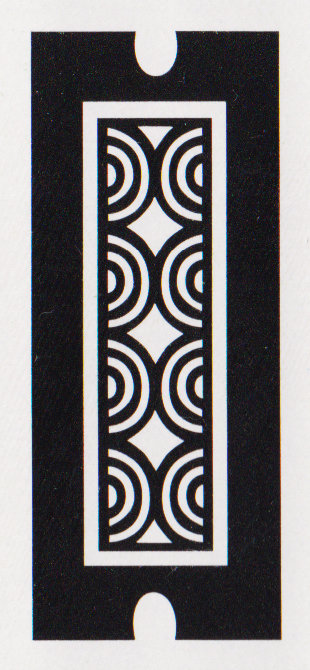 © George Pollard, 🅭🅯🄏🄎 | 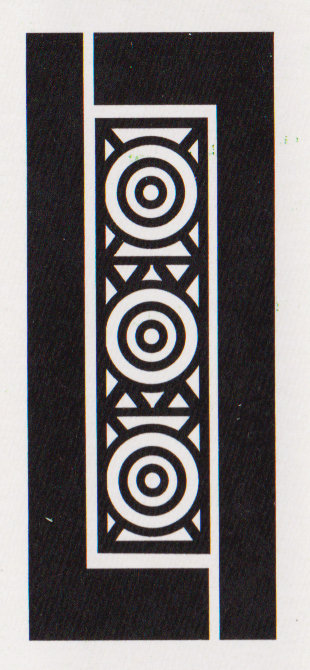 © George Pollard, 🅭🅯🄏🄎 |
Strings | 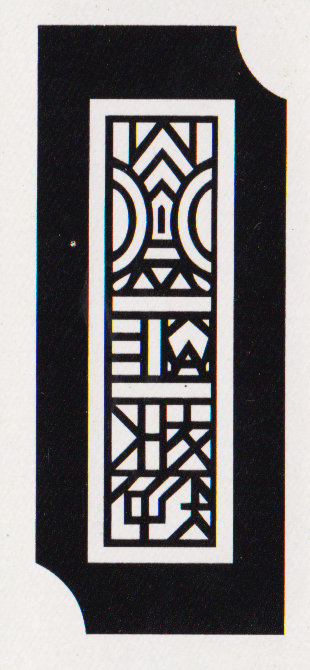 © George Pollard, 🅭🅯🄏🄎 |  © George Pollard, 🅭🅯🄏🄎 | 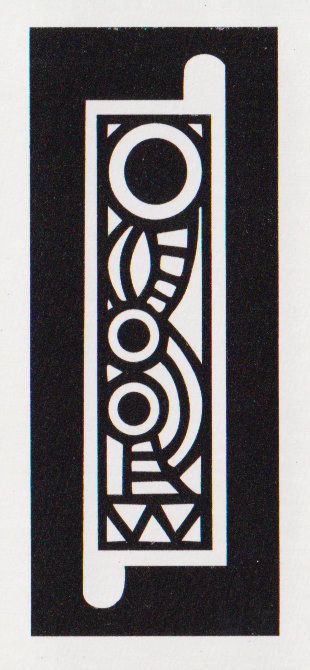 © George Pollard, 🅭🅯🄏🄎 | 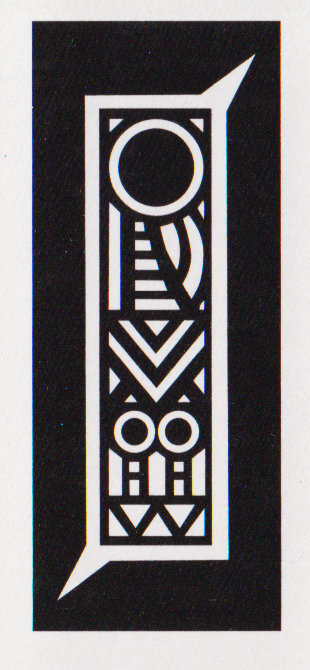 © George Pollard, 🅭🅯🄏🄎 | 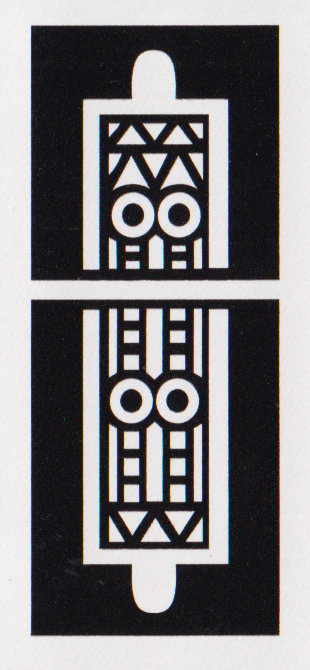 © George Pollard, 🅭🅯🄏🄎 | 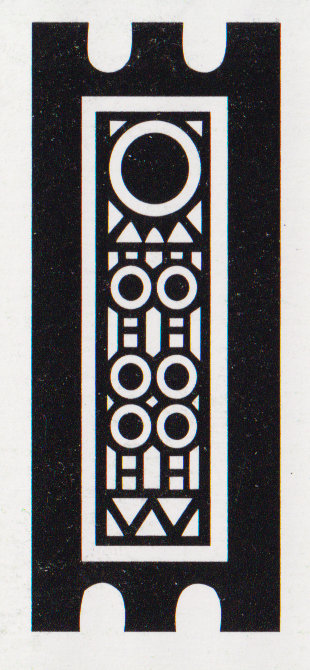 © George Pollard, 🅭🅯🄏🄎 | 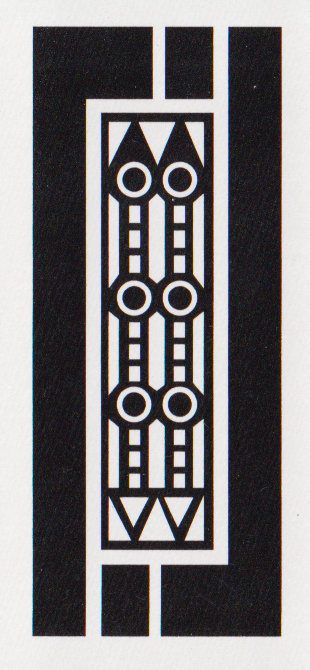 © George Pollard, 🅭🅯🄏🄎 | 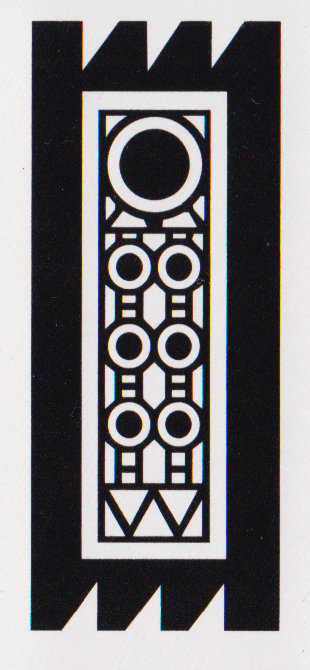 © George Pollard, 🅭🅯🄏🄎 | 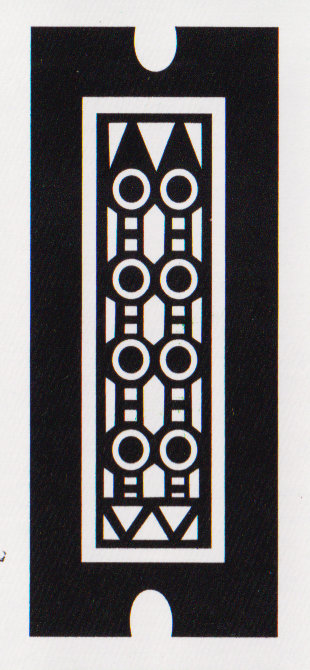 © George Pollard, 🅭🅯🄏🄎 | 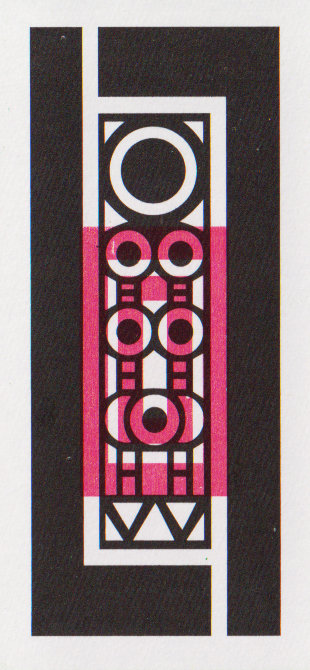 © George Pollard, 🅭🅯🄏🄎 |
Myriads | 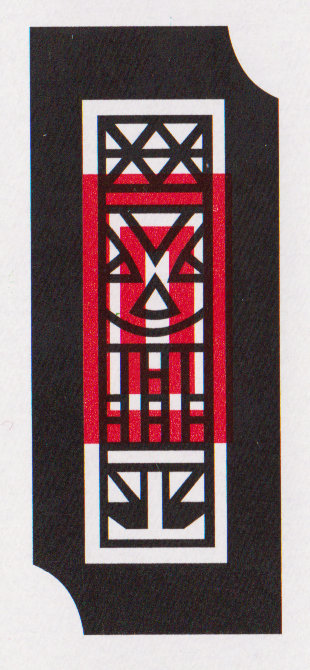 © George Pollard, 🅭🅯🄏🄎 |  © George Pollard, 🅭🅯🄏🄎 | 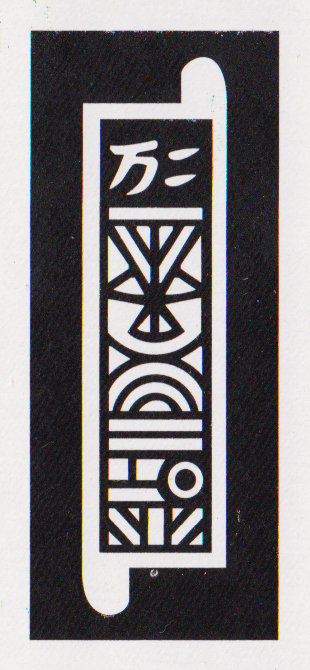 © George Pollard, 🅭🅯🄏🄎 | 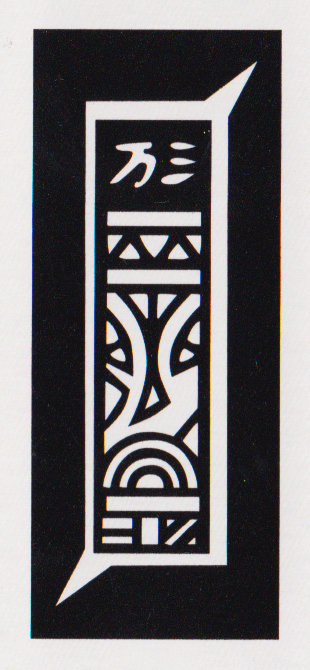 © George Pollard, 🅭🅯🄏🄎 | 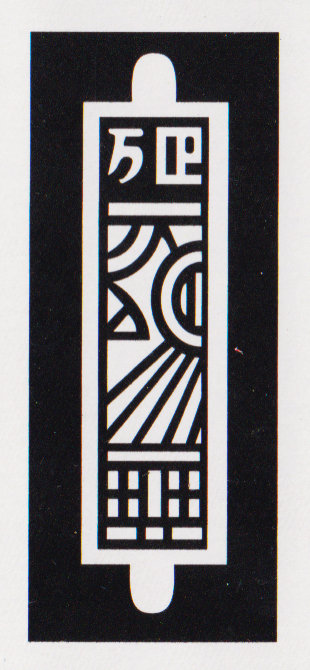 © George Pollard, 🅭🅯🄏🄎 | 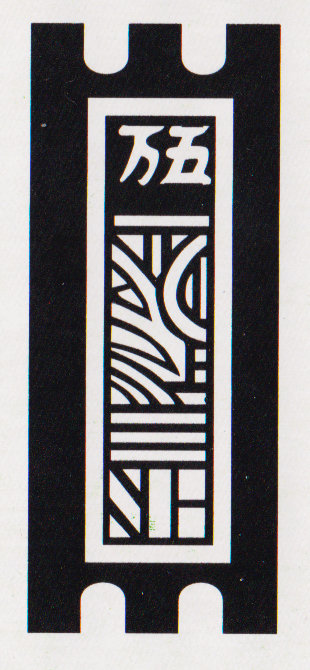 © George Pollard, 🅭🅯🄏🄎 | 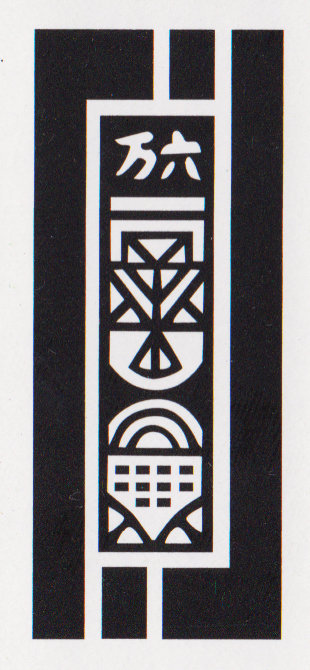 © George Pollard, 🅭🅯🄏🄎 | 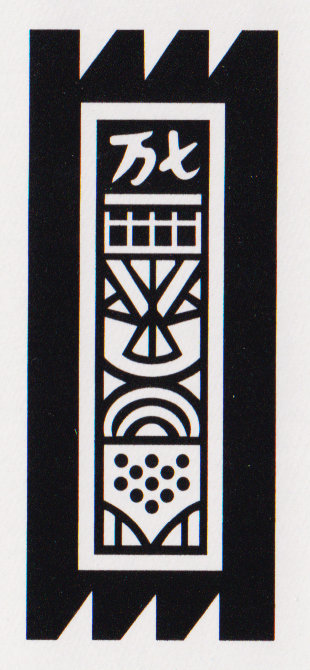 © George Pollard, 🅭🅯🄏🄎 | 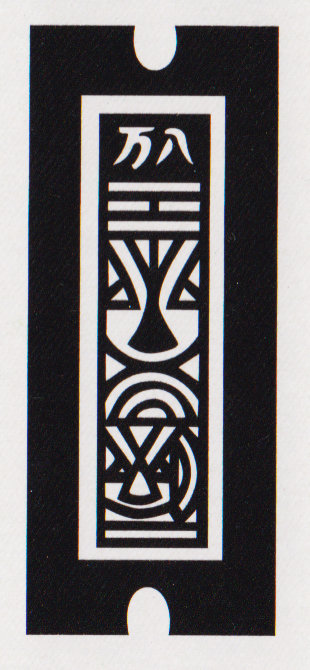 © George Pollard, 🅭🅯🄏🄎 |  © George Pollard, 🅭🅯🄏🄎 |
Card Names
For each card in the table below I show (in left-to-right order):
a card from a 19th-century deck collected in The manners and customs of the Chinese of the straits settlements,
a card from a 20th-century deck as used in Singapore, produced by Guan Huat under the Double Elephant (雙象) brand (seemingly related to #1),
a card from a different 19th-century deck from Young (1886, 300) (as reproduced in Javaanse Kaartspelen [Javanese Card Games]),
a card from a deck produced by Harmsen Verweij & Dunlop (after 1933), a Dutch company,The cards as depicted in Een blik in het Javaansche volksleven [A glimpse into Javanese folk life] (pl. XVI) are identical to these.
a 1940s deck collected in Javaanse Kaartspelen [Javanese Card Games],
and then a modern card from a deck purchased in Bali in 2019 (clearly derived from #3).
Thus the first two represent a Malaysian/Singaporean style and the last four an Indonesian style.
Each card in the deck has its own name as listed in the table below. The translations in the table are mostly from the SEAlang dictionaries; any mistakes are my own.According to some sources, the word “cina” referring to a Chinese person is now considered a potentially derogatory term. For example, the Indonesian government no longer uses it in official communications, since the term was dropped from official usage by presidential decree in 2014.AG In Malaysia/Singapore the names are based on the Hokkien names of the cards — a combination of suit and rank — but as we move in a south-easterly direction along the Malay Archipelago (the table below is listed roughly in this order), the names diverge further and further from this original source, and most cards have nicknames that are based upon their appearance rather than their numeric value.
The names in the Makassar column have been assigned by me based upon comparisons with the other names given; the source I have — being a dictionary — does not show which card maps to which name.There is at least one hint in that the 6 rank-1/honour cards are listed.Z (354) But this might only confuse matters as some of them don’t seem to fit very well! I have not been able to figure out a satisfactory assignment for the following names: ᨁᨚᨌᨗ goncingZ (76) ‘scissors’; ᨄᨚᨄᨚᨀ popokangZ (99) ‘sorceress’;Not just any sorceress, but one that sends out her head and entrails at night, leaving her body behind! In Minangkabau this is called a ‘Palasik Panangga’, or a ‘Penanggalan’ in Malay. For more information, see [AH]. ᨅᨘᨀᨘ bukuZ (148) ‘bone, knot, gnarl’; ᨅᨚᨈᨘᨓᨒ bontuwalaZ (173) Bontoala, a place near Makassar, also the name of a type of large kris; ᨆᨉᨘᨑ manduraZ (249) Madurese?; ᨑᨚᨅᨙ rombéngZ (444) ‘long hair’; ᨌᨄᨗ capiZ (385) ‘cow’; ᨔᨄᨗ sapiZ (554) ‘cow’; ᨄᨄ pampangZ (98) ‘across’; ᨔᨗᨄᨗ sipiZ (557) ‘pinch/claw’. ᨍᨘᨀᨘᨕᨙᨍ juku-éjaZ (402) red fish (Nemipterus hexodon).
⚠️ The table is very wide and might scroll horizontally.
Thailand | Malaysia/Singapore | Sumatra | Java | Bali | Lombok | Borneo | Sulawesi | Maluku | Timor | |||||||||||||||||||||
|---|---|---|---|---|---|---|---|---|---|---|---|---|---|---|---|---|---|---|---|---|---|---|---|---|---|---|---|---|---|---|
Cards | (1967)Q | General | Malacca (Kristang) | Malacca (Kristang) | Padang | [unstated] | Pekalongan | Magelang | Yogyakarta | Surakarta | [Surabaya?] | Banyuwangi | [Badung?] | Badung | Gianyar | Klungkung | Karangasem | Buleleng | Singaraja | Lombok | Lombok | Banjarmasin | Makassar | Manado | Ambon | Timor | ||||
Honours & Rank 1 | เอี่ยว iao, from Hokkien/Teochew 幺 io/iao¹, ‘ace’ | yu or yeo, from Hokkien/Teochew | iu (modern ayu) | cartas fortes | yoh | hiu/iyu ‘shark’, looks like a fin | hio | ᨈᨕᨘ | ||||||||||||||||||||||
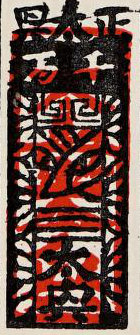 © George Pollard, 🅭🅯🄏🄎 © George Pollard, 🅭🅯🄏🄎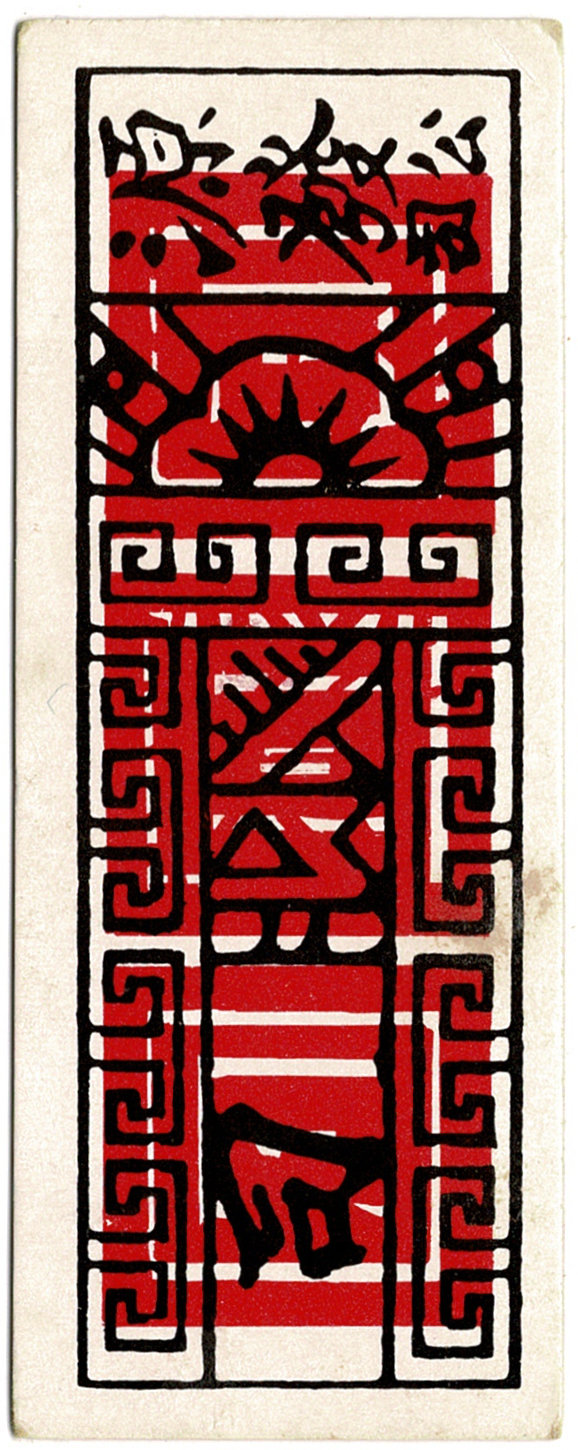 © George Pollard, 🅭🅯🄏🄎 © George Pollard, 🅭🅯🄏🄎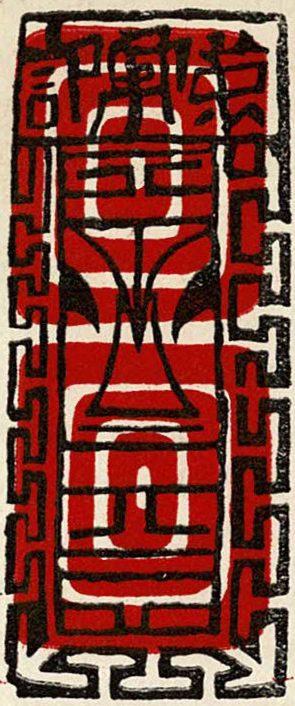 © George Pollard, 🅭🅯🄏🄎 © George Pollard, 🅭🅯🄏🄎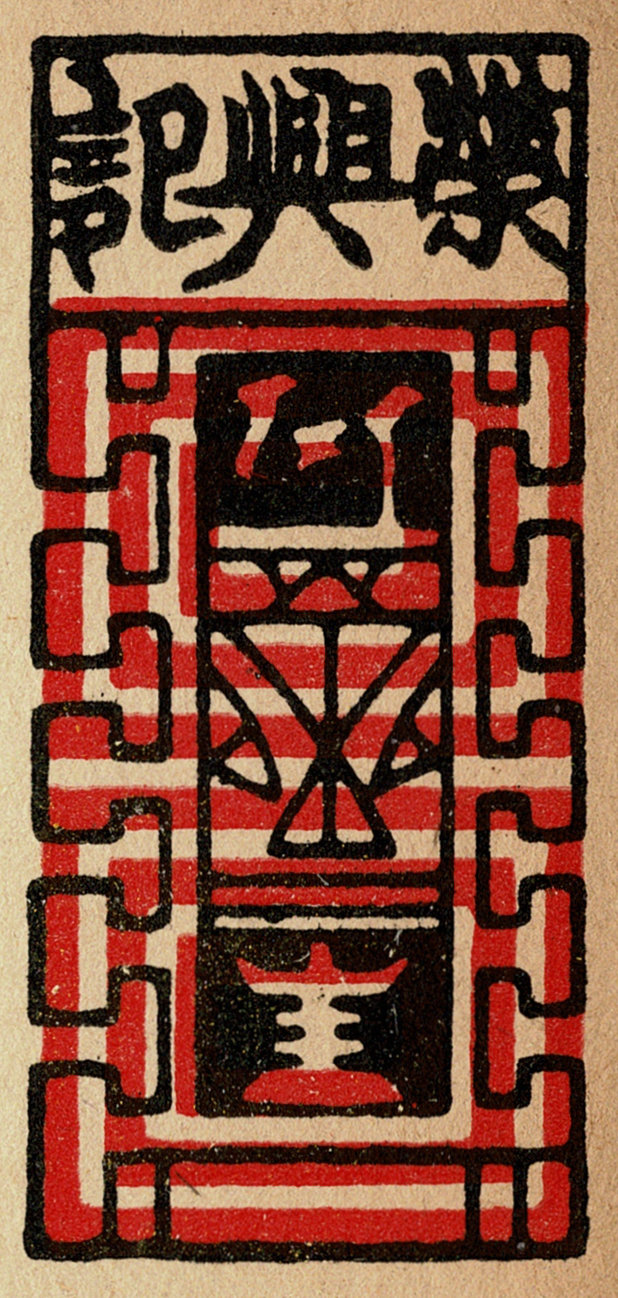 © George Pollard, 🅭🅯🄏🄎 © George Pollard, 🅭🅯🄏🄎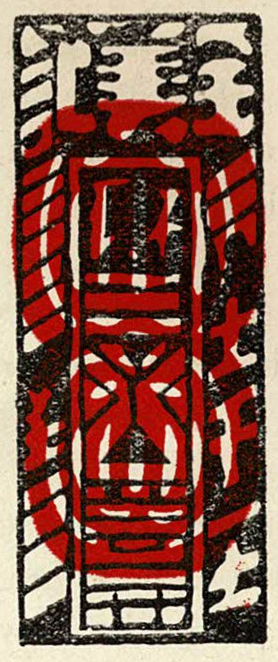 © George Pollard, 🅭🅯🄏🄎 © George Pollard, 🅭🅯🄏🄎 © George Pollard, 🅭🅯🄏🄎 © George Pollard, 🅭🅯🄏🄎Old Thousand © George Pollard, 🅭🅯🄏🄎 | เอี่ยวพญา เอี่ยวแดงพญา เอี่ยวโต้ง | yu lau chian, from Hokkien 老千 ‘old thousand’ | 10 老千 | yo lau can | 10 raja | iu mêrah bĕsar | yo sekarat, yo mitadi | obu | danau rezeki, hiu/babak | ꦫꦗ | iyo ratu | iyo ratu | iyo ratu | iyo ratu | besar | besar | ᬭᬚ | ᬭᬚ | ᬭᬚ | ᬭᬚ | ᬓᭀᬩᬃ | ᬓᭀᬩᬃ | ᬓᭀᬩᬃ | ᬓᭀᬩᬃ | ᬓᭀᬩᬃ | abang/raja basar | laucan, lokjan | meirah lokjan | meirah besar | |
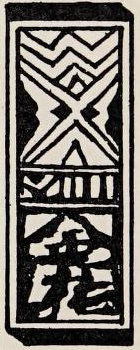 © George Pollard, 🅭🅯🄏🄎 © George Pollard, 🅭🅯🄏🄎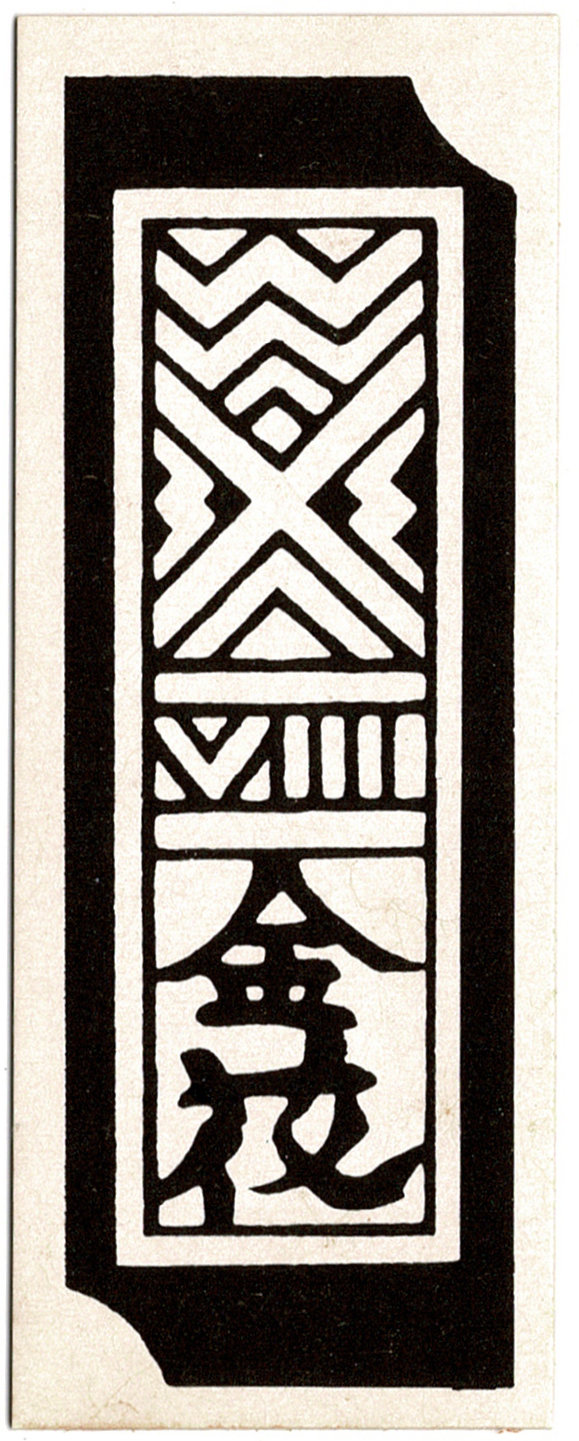 © George Pollard, 🅭🅯🄏🄎 © George Pollard, 🅭🅯🄏🄎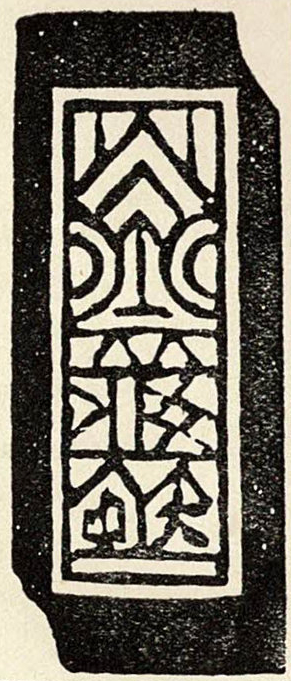 © George Pollard, 🅭🅯🄏🄎 © George Pollard, 🅭🅯🄏🄎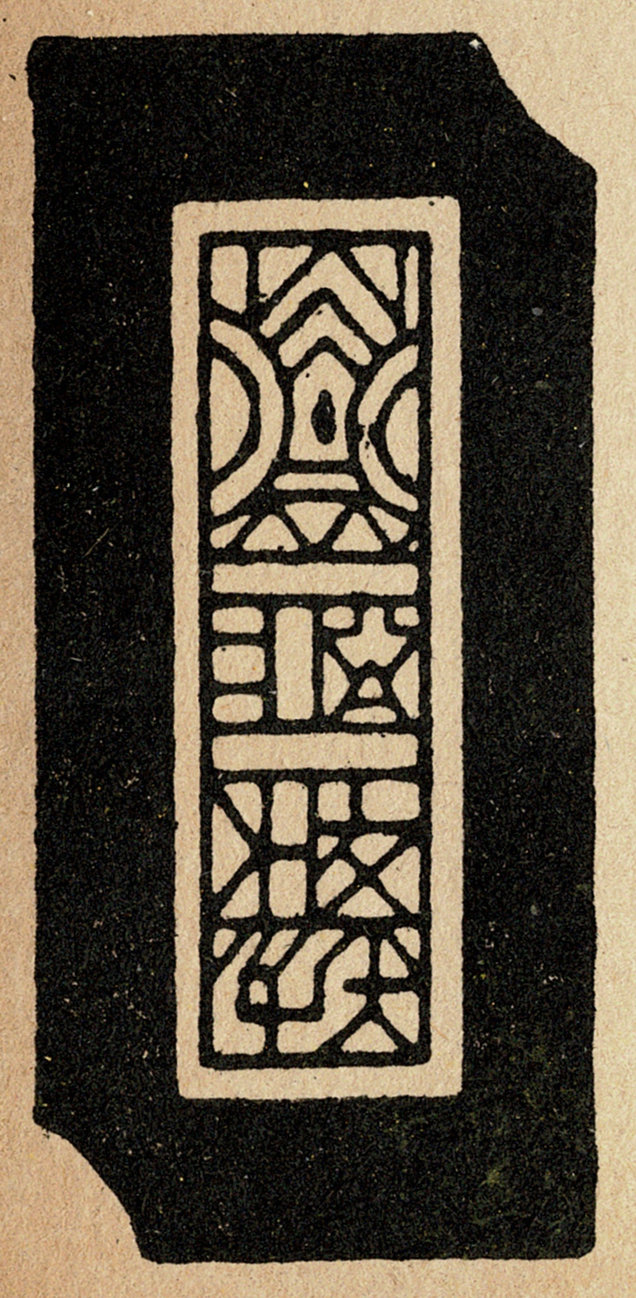 © George Pollard, 🅭🅯🄏🄎 © George Pollard, 🅭🅯🄏🄎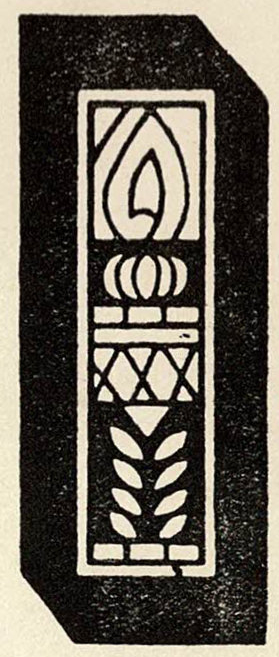 © George Pollard, 🅭🅯🄏🄎 © George Pollard, 🅭🅯🄏🄎 © George Pollard, 🅭🅯🄏🄎 © George Pollard, 🅭🅯🄏🄎White Flower © George Pollard, 🅭🅯🄏🄎 | เอี่ยวชี | yu kuching | 白花 | yo kucing | 1 kucing | iu kûching | yo feme | femi/fula | hiu kuciang | ꦏꦸꦕꦶꦁ | kucing | kucing | kucing | (iyo) kucing curut | kucing | kucing | ᬘᬓ᭄ᬭ | ᬘᬓ᭄ᬭ | ᬘᬓ᭄ᬭ | ᬘᬓ᭄ᬭ | ᬘᭂᬧᬾ | ᬘᬓ᭄ᬭ | ᬘᬓ᭄ᬭ | ᬘ᭄ᬧᬾ | ᬋᬋᬧᬾ | kucing | kukis | parampuwan | kucing | |
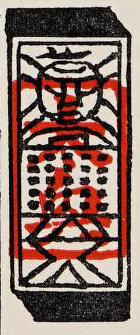 © George Pollard, 🅭🅯🄏🄎 © George Pollard, 🅭🅯🄏🄎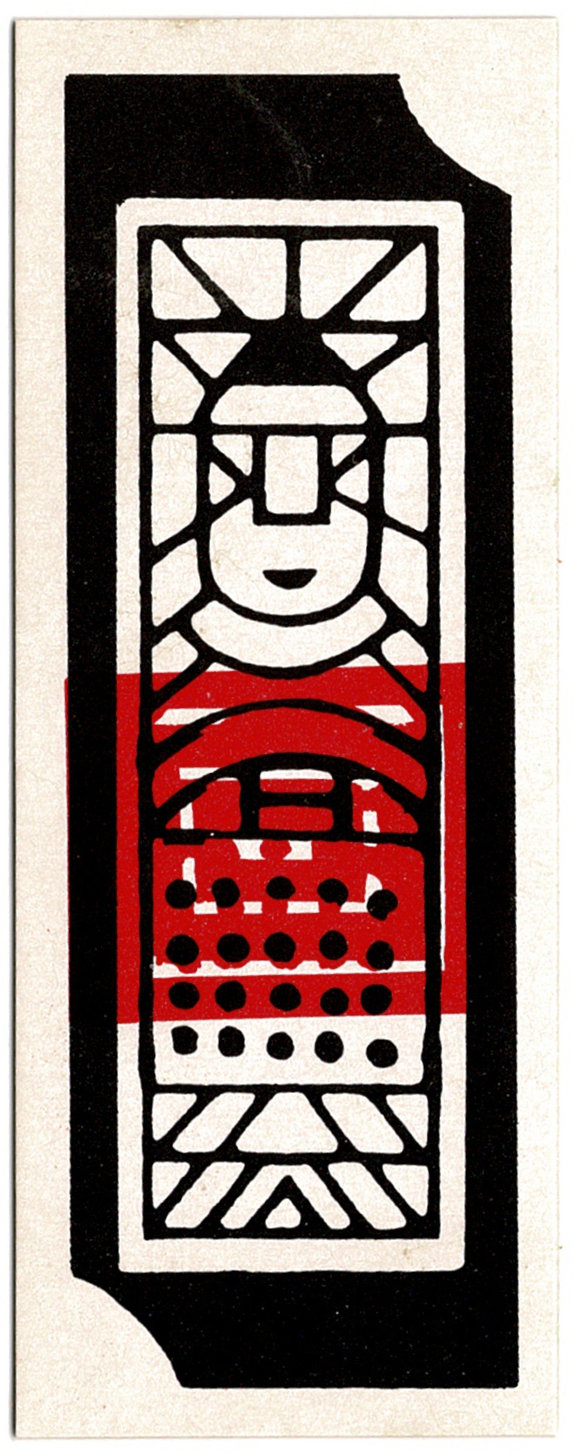 © George Pollard, 🅭🅯🄏🄎 © George Pollard, 🅭🅯🄏🄎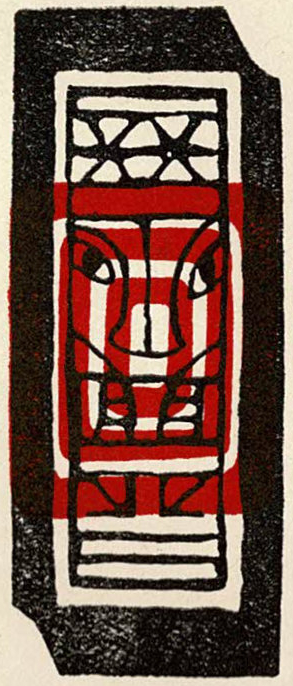 © George Pollard, 🅭🅯🄏🄎 © George Pollard, 🅭🅯🄏🄎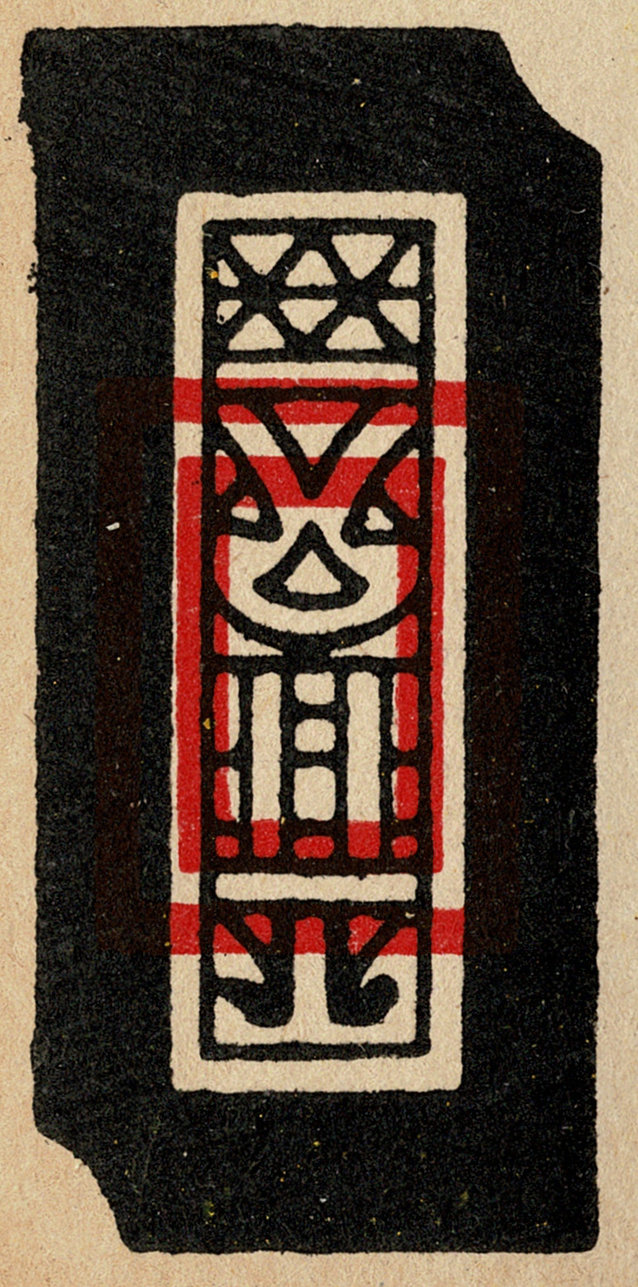 © George Pollard, 🅭🅯🄏🄎 © George Pollard, 🅭🅯🄏🄎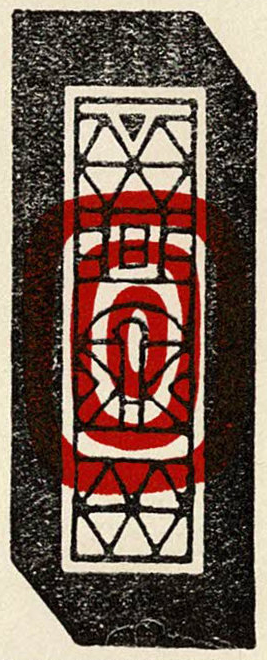 © George Pollard, 🅭🅯🄏🄎 © George Pollard, 🅭🅯🄏🄎 © George Pollard, 🅭🅯🄏🄎 © George Pollard, 🅭🅯🄏🄎Red Flower © George Pollard, 🅭🅯🄏🄎 | เอี่ยวแดงนาง เอี่ยวนาง | yu nyonya | 紅花 | yo pret/prit | 10 pinci | iu mêrah s’krat | yo fogu | sekeras | hiu merah or penci | ꦏꦼꦚ꧀ꦕꦶ | kenci | kenci | kenci | kinci, pinci, iyo kenci | cinci | pinci | ᬓᭂᬜ᭄ᬘᬶ | ᬓᬸᬜ᭄ᬘᬶ | ᬓᭀᬜ᭄ᬘᬶ | ᬓᭀᬜ᭄ᬘᬶ | ᬓᭀᬜ᭄ᬘᬶ | ᬓᬶᬜ᭄ᬘᬶ | ᬓᬾᬜ᭄ᬘᬶ | ᬓᬶᬜ᭄ᬘᬶ | ᬓᬾᬜ᭄ᬘᬶ | pinci | kapala | meirah kapala | meirah prik | |
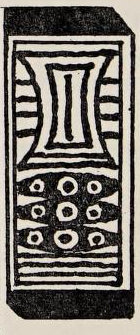 © George Pollard, 🅭🅯🄏🄎 © George Pollard, 🅭🅯🄏🄎 © George Pollard, 🅭🅯🄏🄎 © George Pollard, 🅭🅯🄏🄎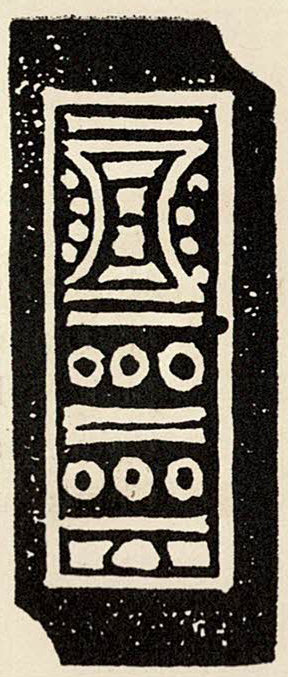 © George Pollard, 🅭🅯🄏🄎 © George Pollard, 🅭🅯🄏🄎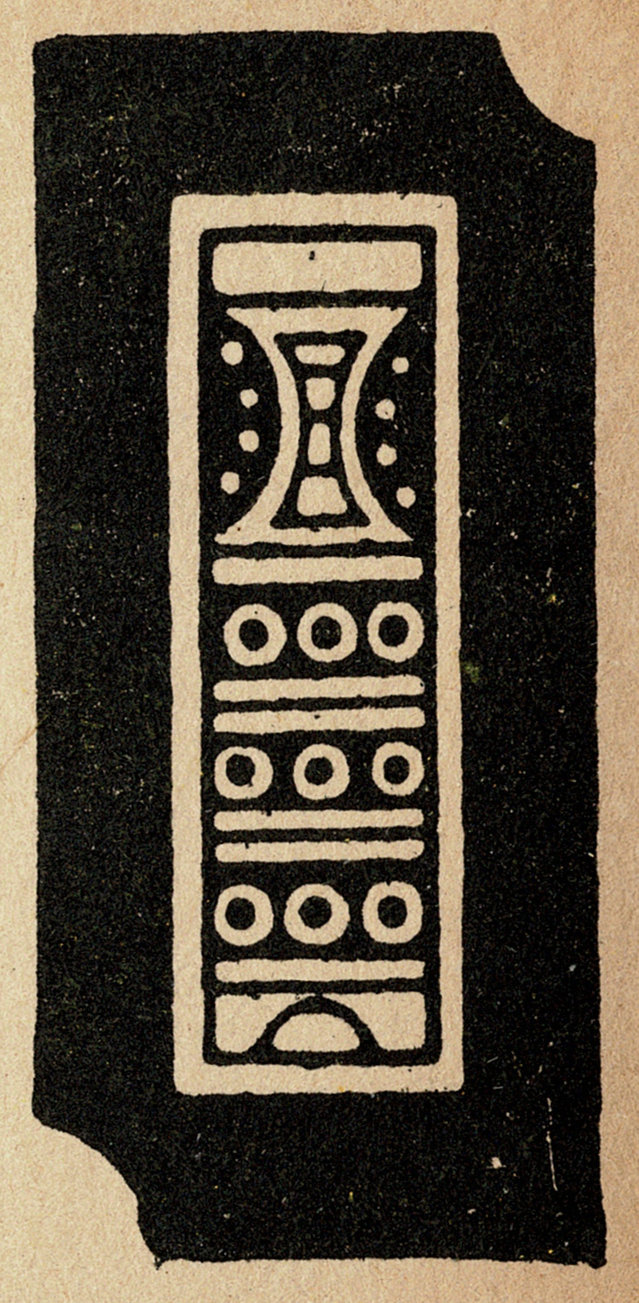 © George Pollard, 🅭🅯🄏🄎 © George Pollard, 🅭🅯🄏🄎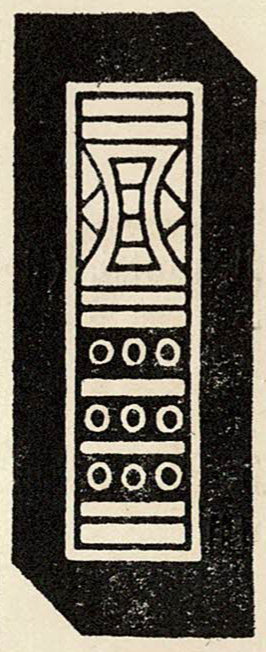 © George Pollard, 🅭🅯🄏🄎 © George Pollard, 🅭🅯🄏🄎 © George Pollard, 🅭🅯🄏🄎 © George Pollard, 🅭🅯🄏🄎1 Coins © George Pollard, 🅭🅯🄏🄎 | เอี่ยวเกือก เอี่ยวรอง | yu kasut | 一箍 | yo kasut | 1 kasut | iu kâsut | sapatu | sapatu | hiu kasuik | ꦏꦱꦸꦠ꧀ | kasut | kasut | kasut | (iyo) kasut | kesut | kisut | ᬮᬶᬓᬲ᭄ | ᬮᬶᬓᬲ᭄ | ᬮᬶᬓᬲ᭄ | ᬮᬶᬓᬲ᭄ | ᬮᬶᬓᬲ᭄ | ᬮᬶᬓᬲ᭄ | ᬮᬶᬓᬲ᭄ | ᬮᬶᬓᬲ᭄ | ᬮᬶᬓᬲ᭄ | kasut/butuh [women]; bedor [men] | tikar | tikar | kaso | |
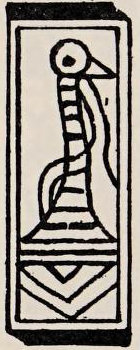 © George Pollard, 🅭🅯🄏🄎 © George Pollard, 🅭🅯🄏🄎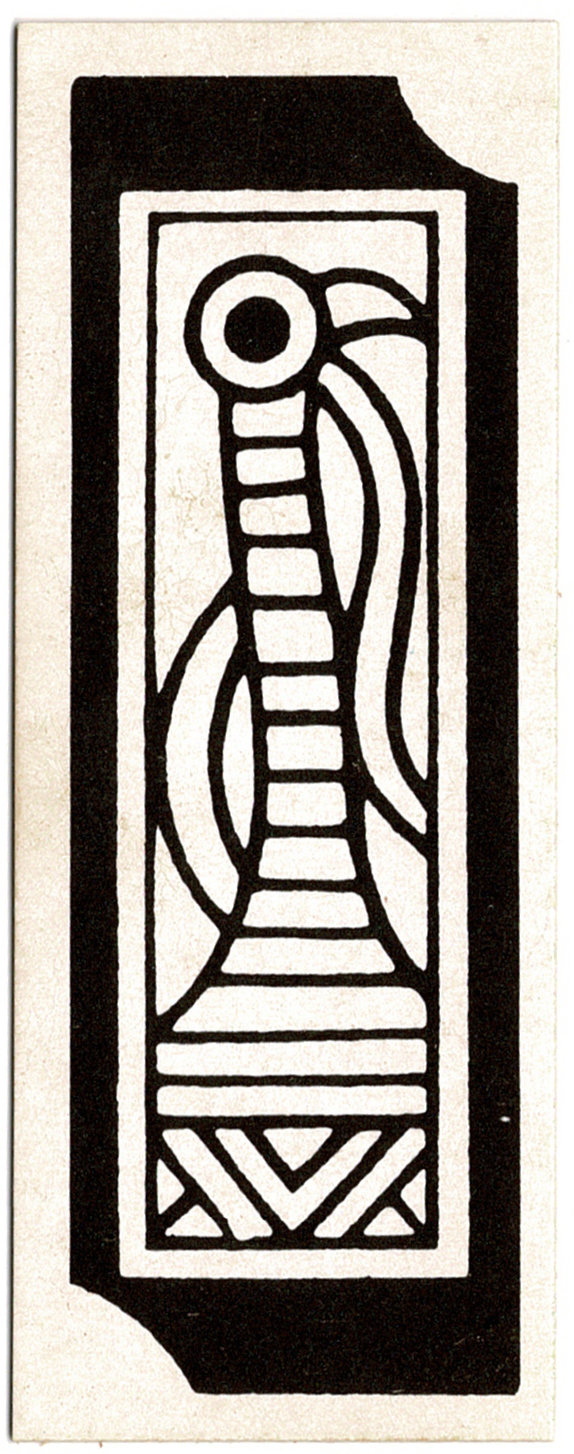 © George Pollard, 🅭🅯🄏🄎 © George Pollard, 🅭🅯🄏🄎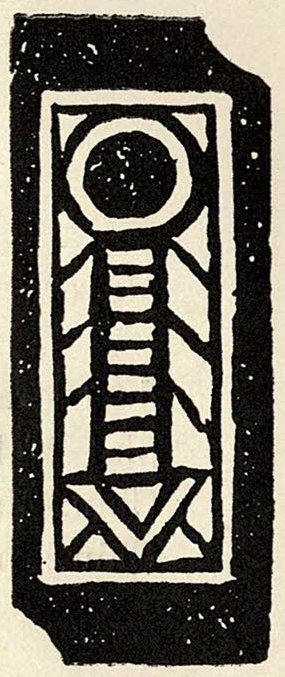 © George Pollard, 🅭🅯🄏🄎 © George Pollard, 🅭🅯🄏🄎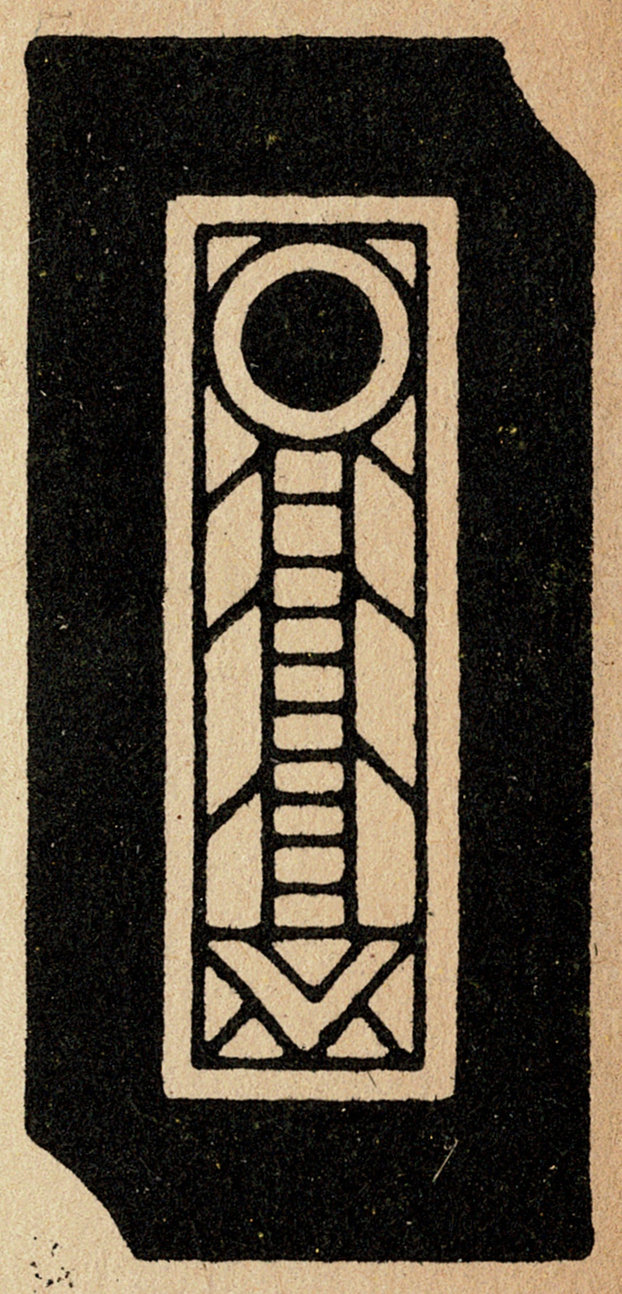 © George Pollard, 🅭🅯🄏🄎 © George Pollard, 🅭🅯🄏🄎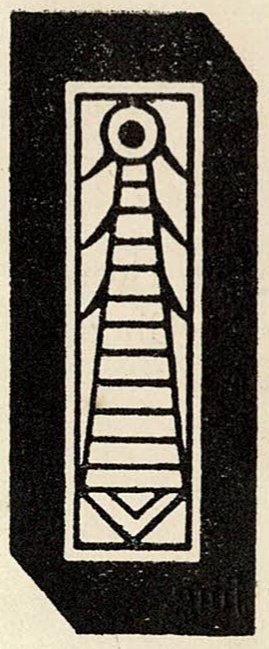 © George Pollard, 🅭🅯🄏🄎 © George Pollard, 🅭🅯🄏🄎 © George Pollard, 🅭🅯🄏🄎 © George Pollard, 🅭🅯🄏🄎1 Strings © George Pollard, 🅭🅯🄏🄎 | เอี่ยวยาว เอี่ยวเข็ม | yu panjang or yu burung | 幺條 | yo panjang | 1 bedor | iu pli | pau | pau | hiu panjang | (iyo) bedor | (iyo) bedor | (iyo) bedor | (iyo) bedor | sotur | bedhul sodor | ᬮᭀᬓᭀᬃ | ᬮᭀᬓᭀᬃ | ᬮᭀᬓᭀᬃ | ᬮᭀᬓᭀᬃ | ᬮᭀᬓᭀᬃ | ᬲ᭄ᬮᭀᬤᭀᬃ | ᬲᭂᬮᭀᬤᭀᬃ | ᬲᭂᬮᭀᬤᭀᬃ | ᬮᭀᬚᭀᬃ | panjang | panjang | panjang | panjang | ||
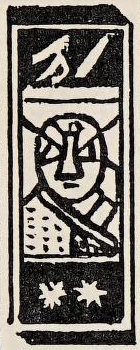 © George Pollard, 🅭🅯🄏🄎 © George Pollard, 🅭🅯🄏🄎 © George Pollard, 🅭🅯🄏🄎 © George Pollard, 🅭🅯🄏🄎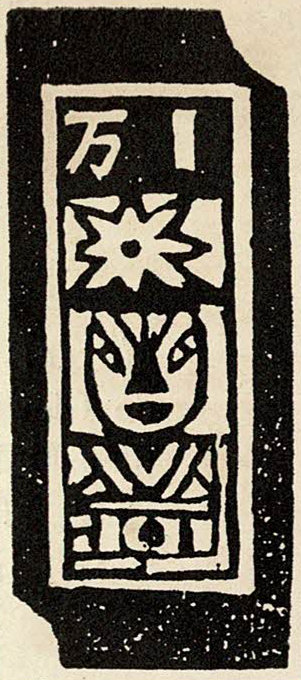 © George Pollard, 🅭🅯🄏🄎 © George Pollard, 🅭🅯🄏🄎 © George Pollard, 🅭🅯🄏🄎 © George Pollard, 🅭🅯🄏🄎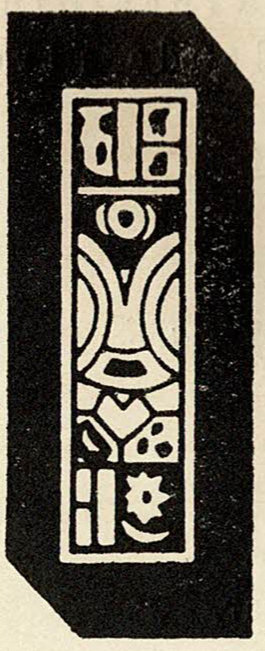 © George Pollard, 🅭🅯🄏🄎 © George Pollard, 🅭🅯🄏🄎 © George Pollard, 🅭🅯🄏🄎 © George Pollard, 🅭🅯🄏🄎1 Myriads © George Pollard, 🅭🅯🄏🄎 | เอี่ยวหนู | yu hue sio | 一萬 | yo nona | 10 petih | iu lîchin | China/ladrán | China | hiu bungo | ꦥꦼꦠꦶꦏ꧀ | beset | gundhul pletik | (iyo) gundhul petik | (iyo) gundhul petik | p’té | putri | ᬘᬶᬦ | ᬘᬶᬦ | ᬘᬶᬦ | ᬘᬶᬦ | ᬘᬶᬦ | ᬘᬶᬦ | ᬘᬶᬦ | ᬘᬶᬦ | ᬘᬶᬦ | nyonyah | cina | cina | cina | |
Rank 2 | สอง | ji | lĕkok | — | gee | bengkok ‘crooked’ | ||||||||||||||||||||||||
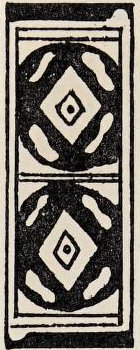 © George Pollard, 🅭🅯🄏🄎 © George Pollard, 🅭🅯🄏🄎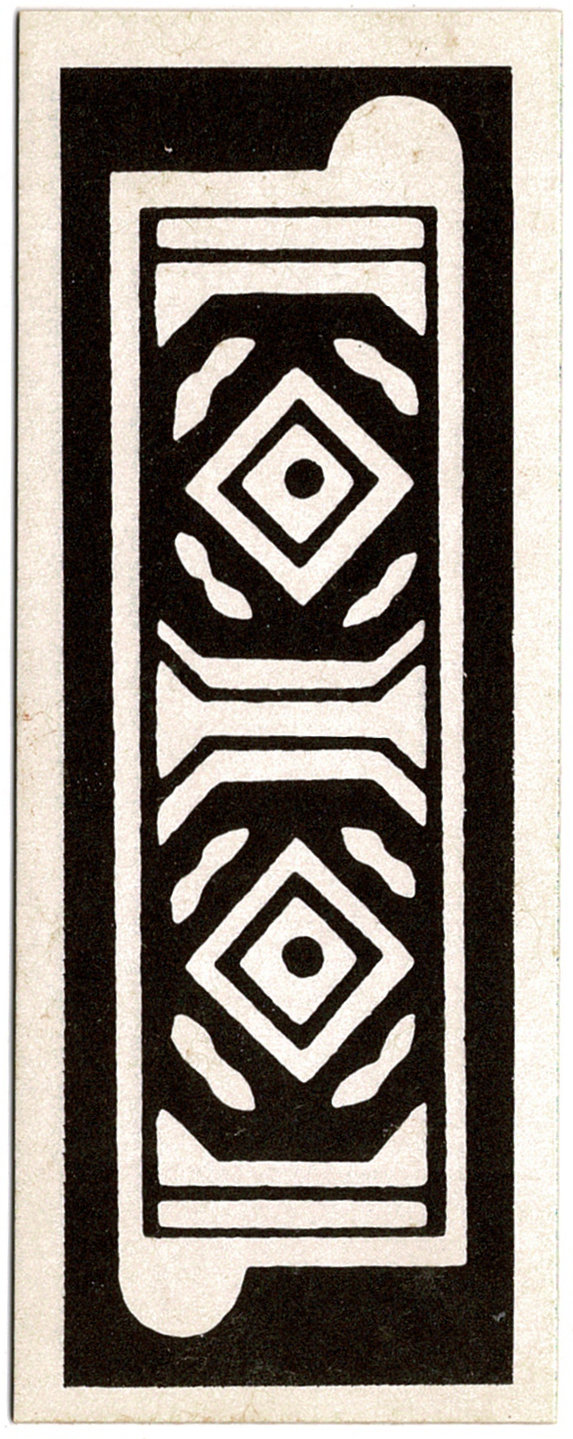 © George Pollard, 🅭🅯🄏🄎 © George Pollard, 🅭🅯🄏🄎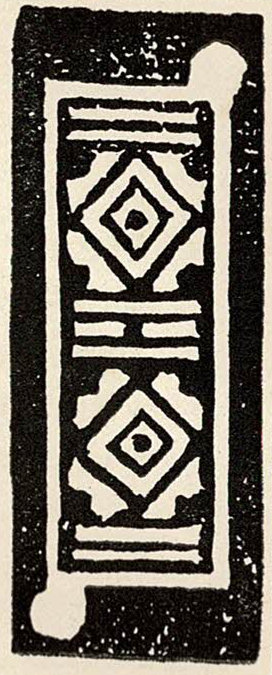 © George Pollard, 🅭🅯🄏🄎 © George Pollard, 🅭🅯🄏🄎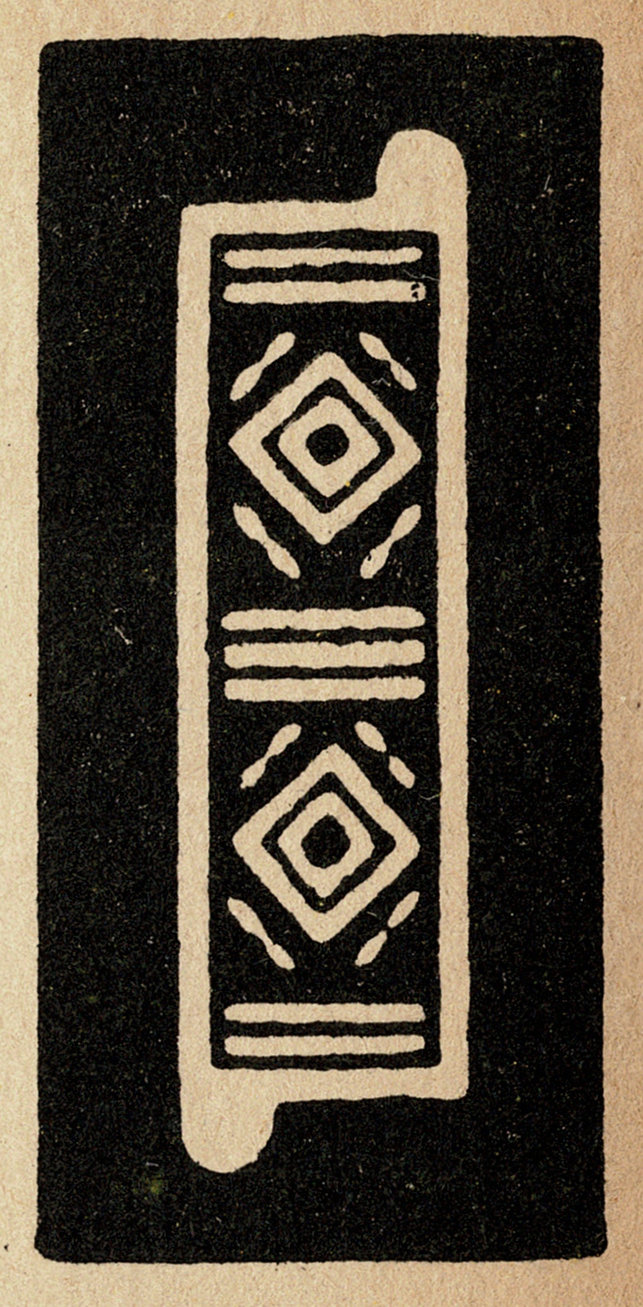 © George Pollard, 🅭🅯🄏🄎 © George Pollard, 🅭🅯🄏🄎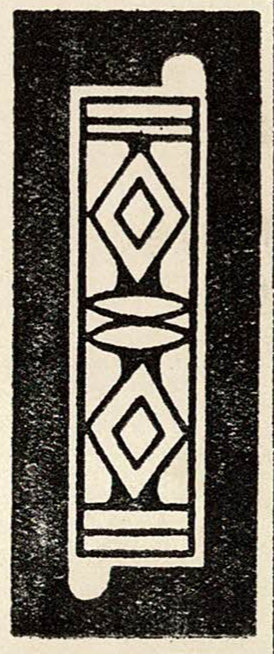 © George Pollard, 🅭🅯🄏🄎 © George Pollard, 🅭🅯🄏🄎 © George Pollard, 🅭🅯🄏🄎 © George Pollard, 🅭🅯🄏🄎2 Coins © George Pollard, 🅭🅯🄏🄎 | สองตา สองตาโต | ji hitam or ji bulat | 二餅 | ji wajik | 2 dimpil plompong | lĕkok lâmah | bola | bola | bengkok itam/wajik | ꦥ꧀ꦭꦺꦴꦩ꧀ꦥꦺꦴꦁ | pelong | plompong | loro plompong plontho | loro plompong plontho | dhimpil tolu | komplong | ᬩᬸᬕ᭄ᬤᬸᬯ | ᬚᭂᬩᬸᬕ᭄ᬤᬸᬯ | ᬚᭂᬩᬸᬕ᭄ᬤᬸᬯ ᬧᭀᬗ᭄ᬕᬂ | ᬚᬩᭀᬕ᭄ᬤᬸᬯ | ᬧᭀᬗ᭄ᬕᬂ | ᬕᭀᬩᭀᬕ᭄ᬤᬸᬯ | ᬕᭀᬩᭀᬕ᭄ᬤᬸᬯ | ᬚᭂᬩᬸᬕ᭄ᬤᬸᬯ | ᬕᭀᬩᭀᬕ᭄ᬤᬸᬯ | tambur dua palumpung | duwa mata | duwa mata | batik | |
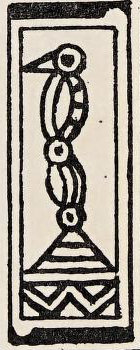 © George Pollard, 🅭🅯🄏🄎 © George Pollard, 🅭🅯🄏🄎 © George Pollard, 🅭🅯🄏🄎 © George Pollard, 🅭🅯🄏🄎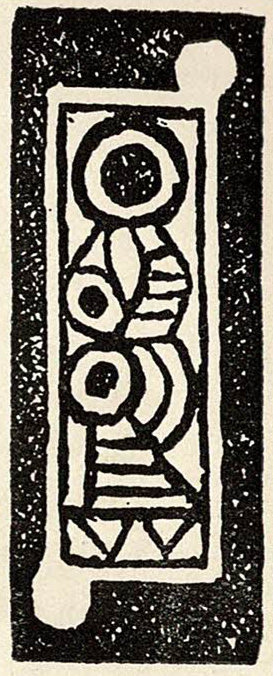 © George Pollard, 🅭🅯🄏🄎 © George Pollard, 🅭🅯🄏🄎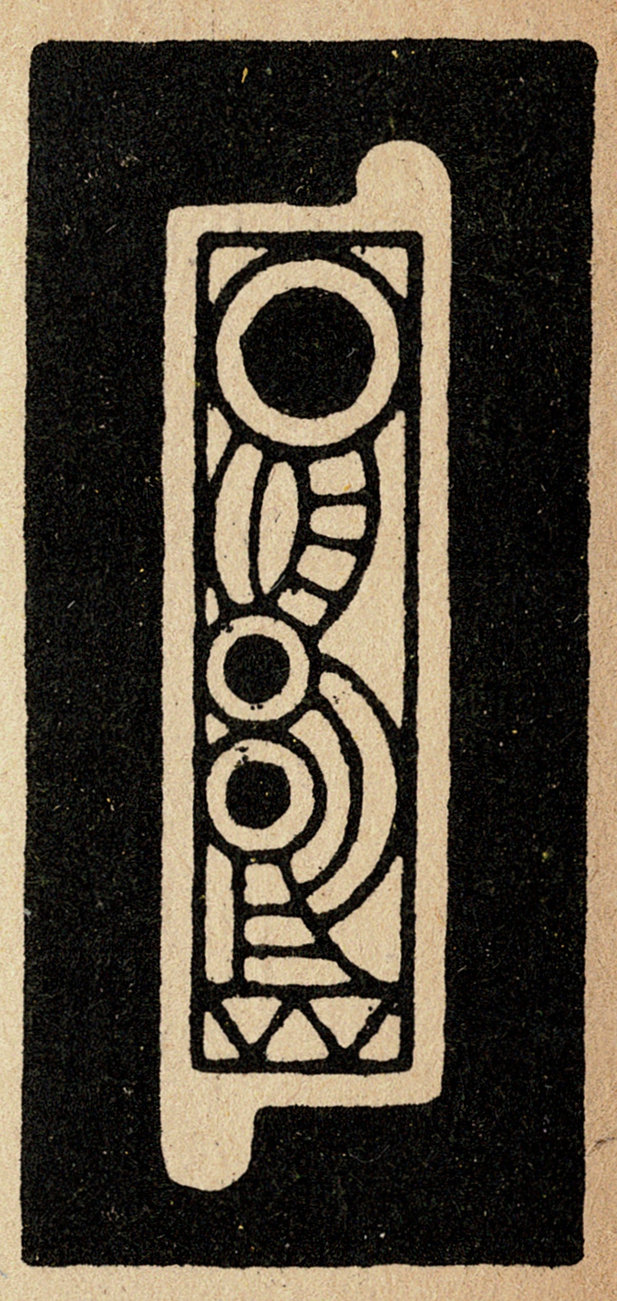 © George Pollard, 🅭🅯🄏🄎 © George Pollard, 🅭🅯🄏🄎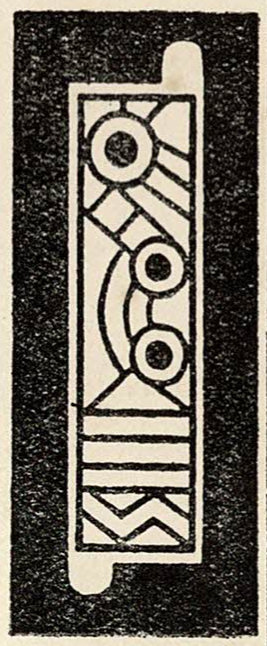 © George Pollard, 🅭🅯🄏🄎 © George Pollard, 🅭🅯🄏🄎 © George Pollard, 🅭🅯🄏🄎 © George Pollard, 🅭🅯🄏🄎2 Strings © George Pollard, 🅭🅯🄏🄎 | สององคต | ji burung | 二條 | ji bengkok | 2 dimpil dengkek | lĕkok lêrek | beechu | bicu, geli-geli | bengkok gadang | ꦢꦺꦁꦏꦺꦏ꧀ | dengkek | dengkek | (loro) dengkek | (loro) dengkek | cekok | dengkek | ᬤᭂᬗ᭄ᬓᭂᬓ᭄ | ᬲᭂᬗ᭄ᬓᭂᬓ᭄ | ᬲᭂᬗ᭄ᬓᭂᬓ᭄ | ᬤᭂᬗ᭄ᬓᭂᬓ᭄ | ᬤᭂᬗ᭄ᬓᭂᬓ᭄ | ᬤᭂᬗ᭄ᬓᭂᬓ᭄ | ᬤᭂᬗ᭄ᬓᭂᬓ᭄ | ᬤᭂᬗ᭄ᬓᭂᬓ᭄ | ᬤᭂᬗ᭄ᬓᭂᬓ᭄ | téngkong | bèngkok | bongkok | bongko | |
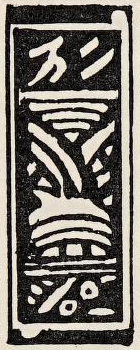 © George Pollard, 🅭🅯🄏🄎 © George Pollard, 🅭🅯🄏🄎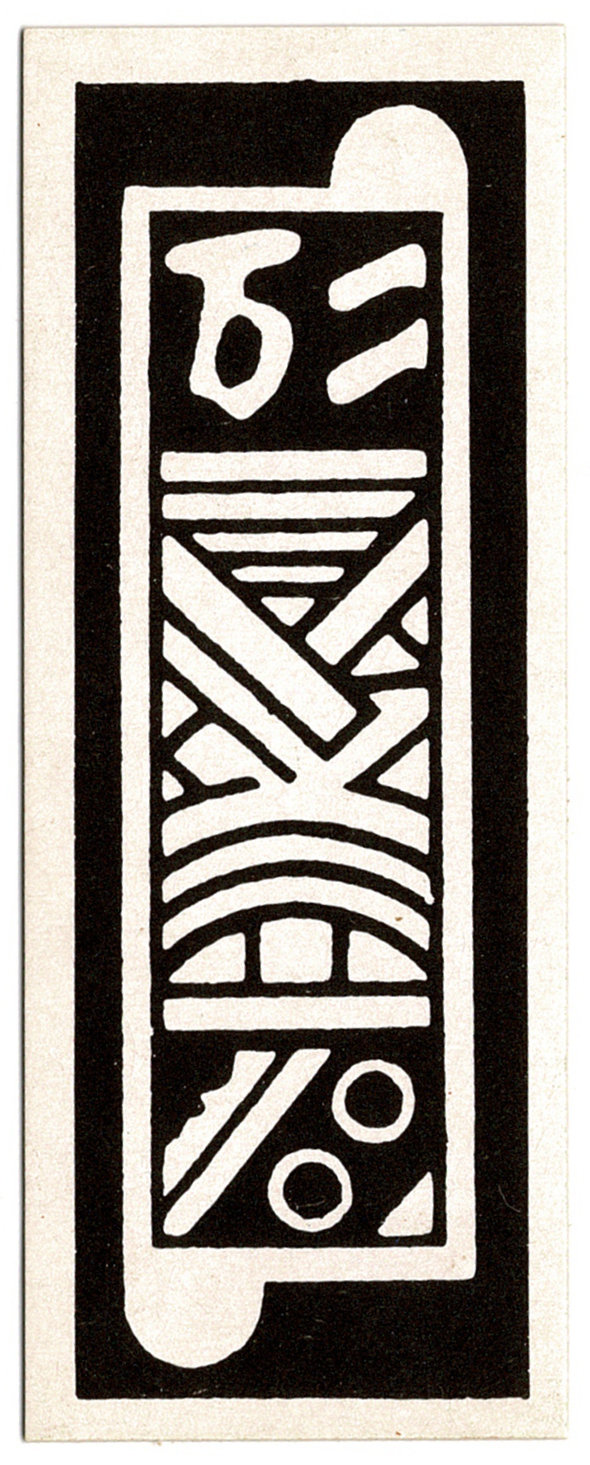 © George Pollard, 🅭🅯🄏🄎 © George Pollard, 🅭🅯🄏🄎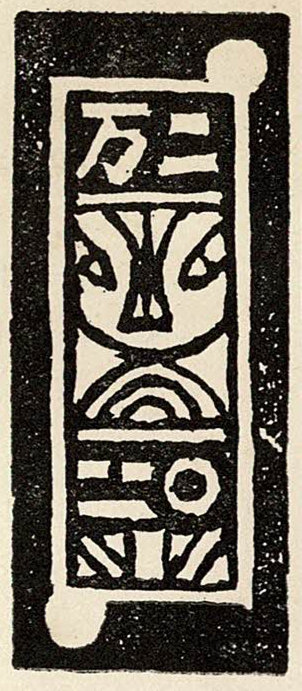 © George Pollard, 🅭🅯🄏🄎 © George Pollard, 🅭🅯🄏🄎 © George Pollard, 🅭🅯🄏🄎 © George Pollard, 🅭🅯🄏🄎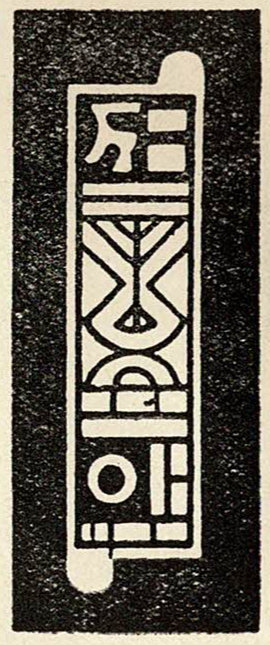 © George Pollard, 🅭🅯🄏🄎 © George Pollard, 🅭🅯🄏🄎 © George Pollard, 🅭🅯🄏🄎 © George Pollard, 🅭🅯🄏🄎2 Myriads © George Pollard, 🅭🅯🄏🄎 | สองคน | ji ban | 二萬 | ji kutil | 2 dimpil cina | lĕkok cîna | noiba | noiba | bengkok aluih | ꦝꦶꦩ꧀ꦥꦶꦭ꧀ꦕꦶꦤ | munthil | dhimpil | loro cina loro dhimpil | loro cina loro dhimpil | dhimpil wong | wong bendhol | ᬧᭂᬮᬶᬓ᭄ | ᬧ᭄ᬮᬶᬓ᭄ | ᬧ᭄ᬮᬶᬓ᭄ | ᬘᭂᬮᬶᬓ᭄ | ᬧ᭄ᬮᬶᬓ᭄ | ᬓᭀᬮᭀ | ᬓᭀᬮᭀ | ᬓᭀᬮᭀ | ᬓᭀᬮᭀ | miring | miring | miring | miring | |
Rank 3 | สาม | sa | sêrong | — | sar | jarum ‘needle’ | ||||||||||||||||||||||||
 © George Pollard, 🅭🅯🄏🄎 © George Pollard, 🅭🅯🄏🄎 © George Pollard, 🅭🅯🄏🄎 © George Pollard, 🅭🅯🄏🄎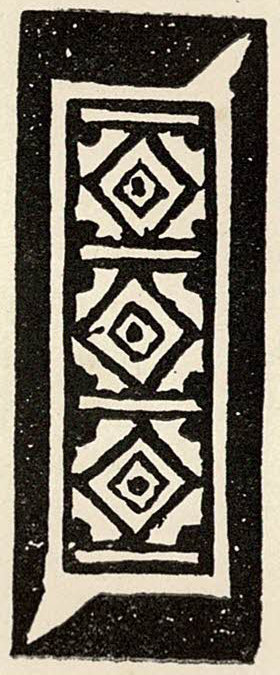 © George Pollard, 🅭🅯🄏🄎 © George Pollard, 🅭🅯🄏🄎 © George Pollard, 🅭🅯🄏🄎 © George Pollard, 🅭🅯🄏🄎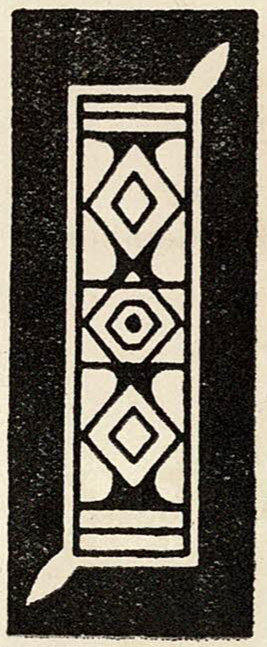 © George Pollard, 🅭🅯🄏🄎 © George Pollard, 🅭🅯🄏🄎 © George Pollard, 🅭🅯🄏🄎 © George Pollard, 🅭🅯🄏🄎3 Coins © George Pollard, 🅭🅯🄏🄎 | สามตา สามตาโต | sa batik | 三餅 | san wajik | 3 jarum wajik | sêrong wâjik | crossan | batik | jarum wajik/itam | ꦮꦗꦶꦏ꧀ | wajik | plenthi pithi | (telu) plenthi tambur cilik telu pithi | (telu) plenthi tambur cilik telu pithi | cerut jarum | gebles/gobog cilik/curut | ᬩᬸᬕ᭄ᬢᭂᬮᬸ | ᬩᬸᬕ᭄ᬢᭂᬮᬸ | ᬚ᭄ᬩᬸᬕ᭄ᬢᭂᬮᬸ | ᬚᭂᬩᭀᬕ᭄ᬢᭂᬮᬸ | ᬩᬸᬕ᭄ᬢᭂᬮᬸ | ᬕᭀᬩᭀᬕ᭄ᬢᭂᬮᬸ | ᬕᭀᬩᭀᬕ᭄ᬢᭂᬮᬸ | ᬚᭂᬩᬸᬕ᭄ᬢᭂᬮᬸ | (ᬕᭀᬩᭀᬕ᭄ᬢᭂᬮᬸ) | tambur tiga | tiga mata | tiga mata | kukis | |
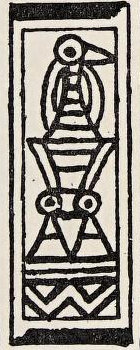 © George Pollard, 🅭🅯🄏🄎 © George Pollard, 🅭🅯🄏🄎 © George Pollard, 🅭🅯🄏🄎 © George Pollard, 🅭🅯🄏🄎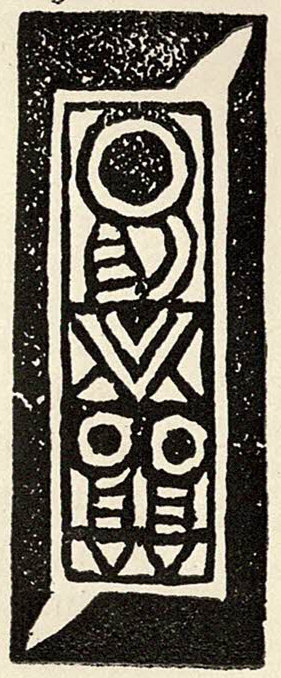 © George Pollard, 🅭🅯🄏🄎 © George Pollard, 🅭🅯🄏🄎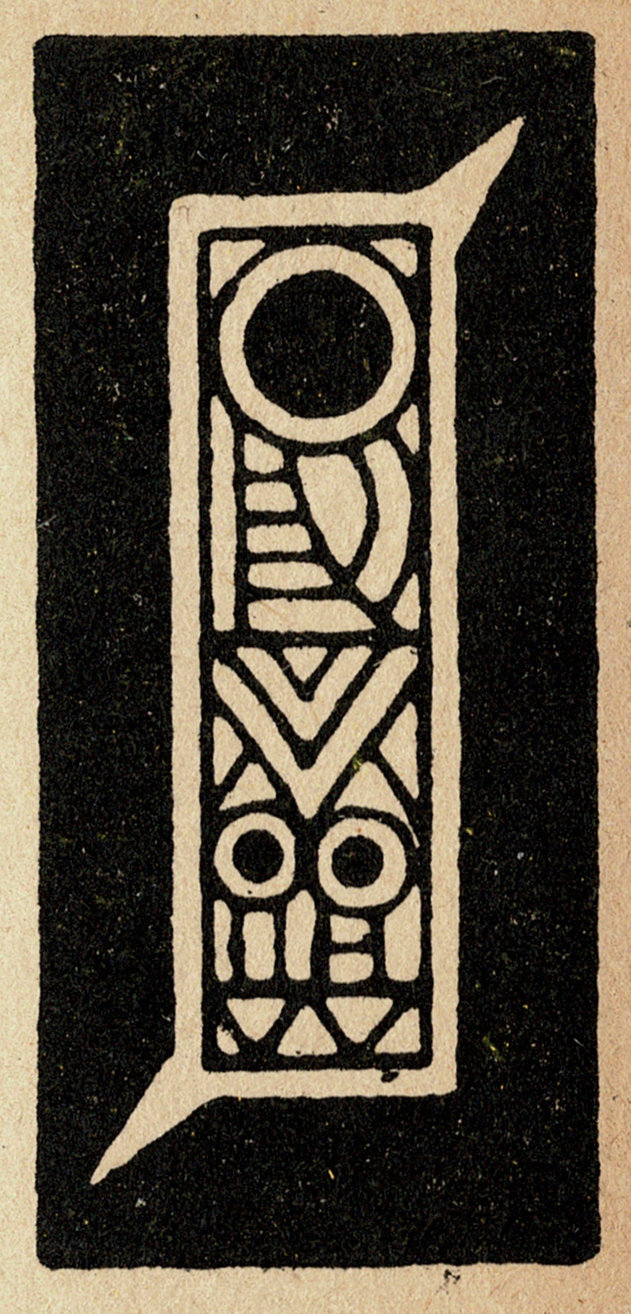 © George Pollard, 🅭🅯🄏🄎 © George Pollard, 🅭🅯🄏🄎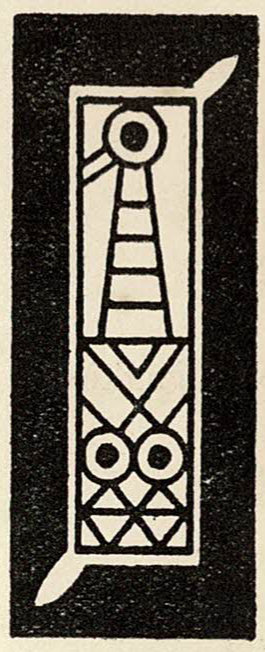 © George Pollard, 🅭🅯🄏🄎 © George Pollard, 🅭🅯🄏🄎 © George Pollard, 🅭🅯🄏🄎 © George Pollard, 🅭🅯🄏🄎3 Strings © George Pollard, 🅭🅯🄏🄎 | สามนก สามนกเตี้ย | sa udang | 三條 | san udang | 3 jarum gunung | sêrong gûnong | kambrang | kambrang, kotek, cucuk | jarum gadang | ꦒꦹꦤꦸꦁ | gunung | gunung | (telu) gunung | (telu) gunung | gunung | gunung | ᬕᬸᬦᬸᬂ | ᬕᬸᬦᬸᬂ | ᬕᬸᬦᬸᬂ | ᬕᬸᬦᬸᬂ | ᬕᬸᬦᬸᬂ | ᬕᬸᬦᬸᬂ | ᬕᬸᬦᬸᬂ | ᬕᬸᬦᬸᬂ | ᬕᬸᬦᬸᬂ | (jarum) gunung | udang | udang | udang | |
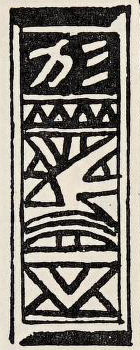 © George Pollard, 🅭🅯🄏🄎 © George Pollard, 🅭🅯🄏🄎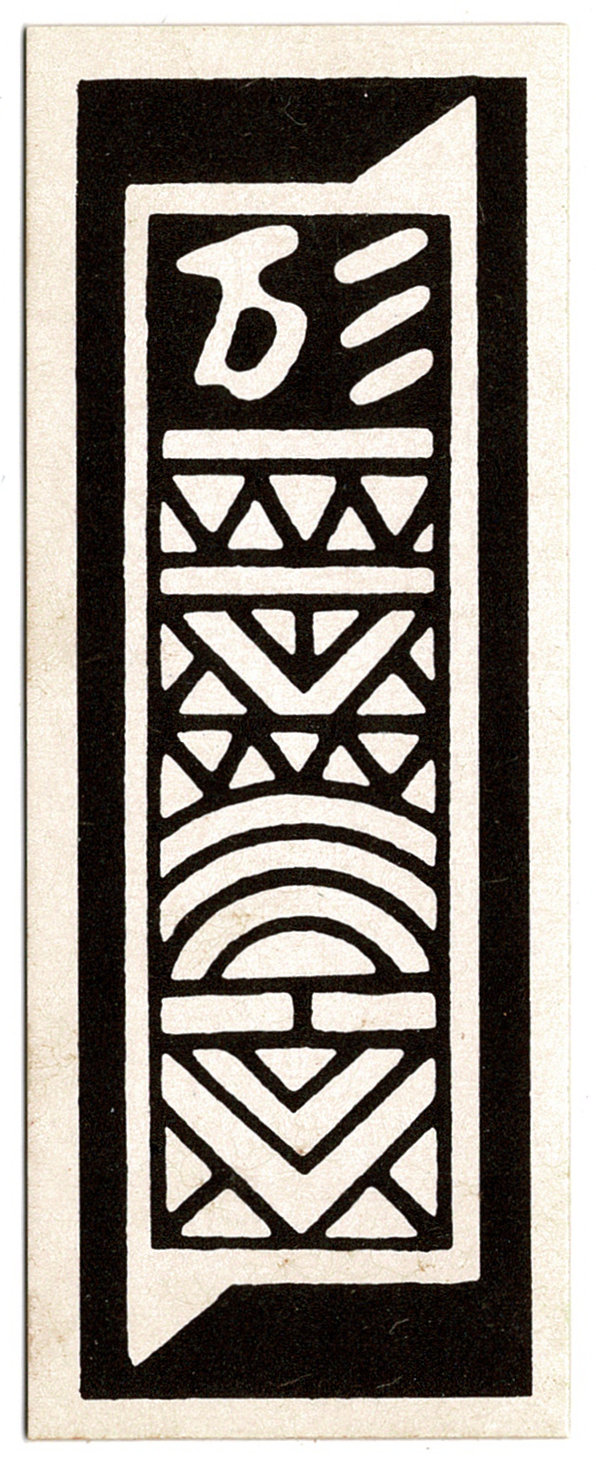 © George Pollard, 🅭🅯🄏🄎 © George Pollard, 🅭🅯🄏🄎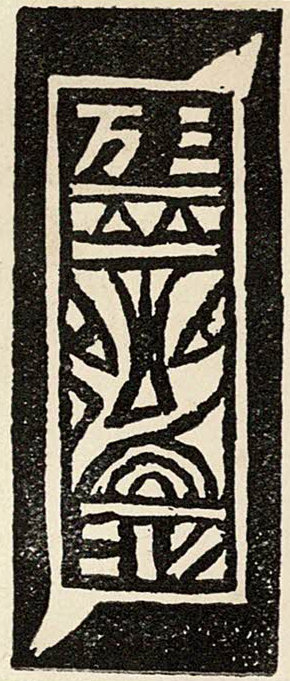 © George Pollard, 🅭🅯🄏🄎 © George Pollard, 🅭🅯🄏🄎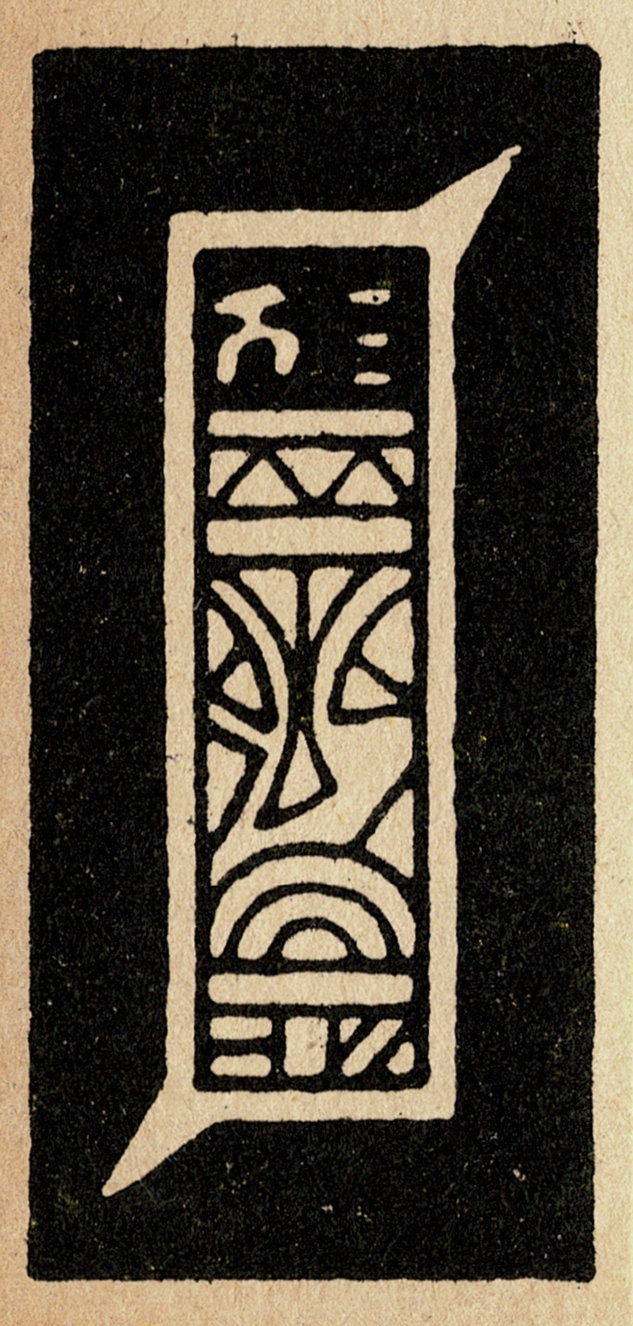 © George Pollard, 🅭🅯🄏🄎 © George Pollard, 🅭🅯🄏🄎 © George Pollard, 🅭🅯🄏🄎 © George Pollard, 🅭🅯🄏🄎 © George Pollard, 🅭🅯🄏🄎 © George Pollard, 🅭🅯🄏🄎3 Myriads © George Pollard, 🅭🅯🄏🄎 | สามคน | sa ban | 三萬 | san jarum | 3 jarum cina | sêrong jârum | chuchō agula | agula | jarum aluih | ꦗꦫꦸꦩ꧀ | telu cina, cingik | telu cina, jarum | singit, jarum | telu cina, jarum, gudhul | jarum wong | wong cungit, wong curut | ᬘᬮᬶᬂ | ᬘᬮᬶᬂ | ᬘᬸᬲ᭄ | ᬘᬸᬲ᭄ | ᬘᬸᬲ᭄ | ᬚᬭᬸᬫ᭄ | ᬚᬭᬸᬫ᭄ | ᬚᬭᬸᬫ᭄ | ᬚᬭᬸᬫ᭄ | jarum (alus) | jarum | jarum | jarum | |
Rank 4 | kĕpâla bûlat | — | see | suduang ‘spoon’(?) | ||||||||||||||||||||||||||
 © George Pollard, 🅭🅯🄏🄎 © George Pollard, 🅭🅯🄏🄎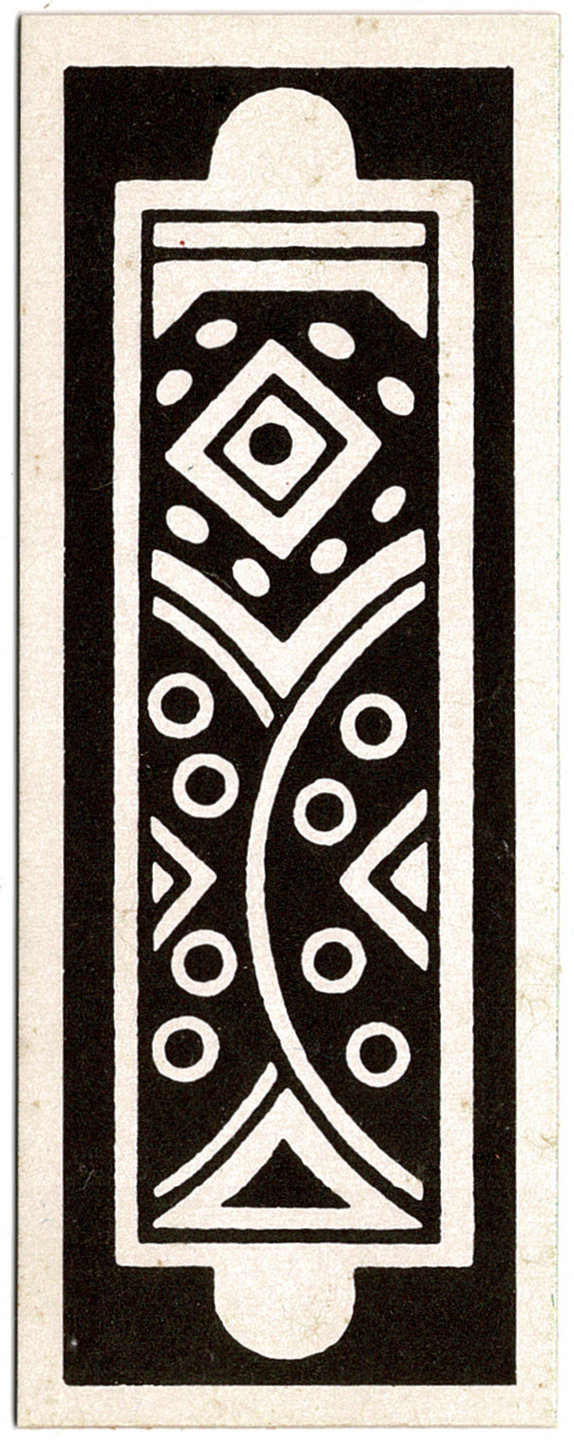 © George Pollard, 🅭🅯🄏🄎 © George Pollard, 🅭🅯🄏🄎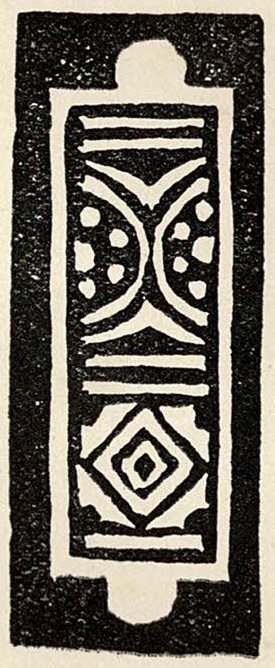 © George Pollard, 🅭🅯🄏🄎 © George Pollard, 🅭🅯🄏🄎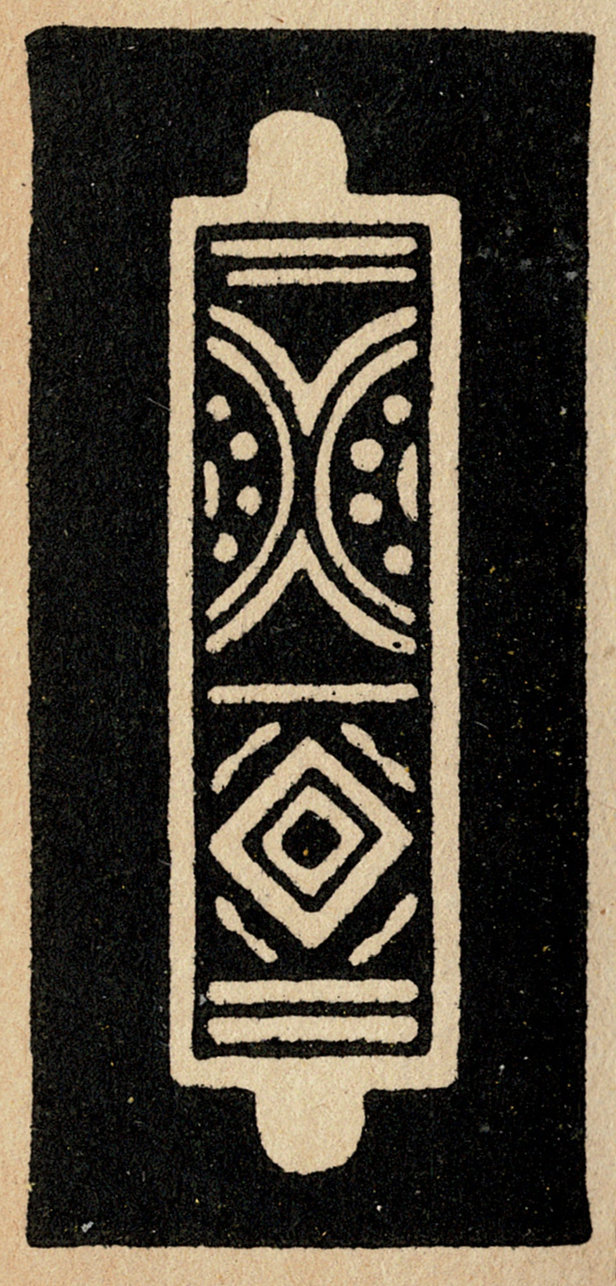 © George Pollard, 🅭🅯🄏🄎 © George Pollard, 🅭🅯🄏🄎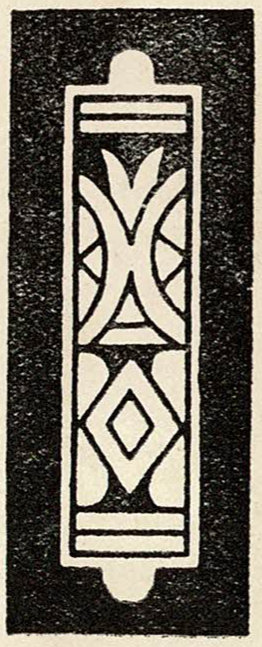 © George Pollard, 🅭🅯🄏🄎 © George Pollard, 🅭🅯🄏🄎 © George Pollard, 🅭🅯🄏🄎 © George Pollard, 🅭🅯🄏🄎4 Coins © George Pollard, 🅭🅯🄏🄎 | สี่มะเขือ | si hitam | 四餅 | si tambur | 4 tambur | kĕpâla bûlat gĕrôbok | manuco/rã | kodok | suduang itam/wajik | ꦠꦩ꧀ꦧꦸꦂ | tambur | tambur | tambur gedhé | papat tambur tambur gedhé | gobok | gebles/gobod gedhé | ᬩᭂᬮᬄ | ᬩᬸᬕ᭄ᬕᭂᬤᬾ | ᬩᭂᬮᬄ | ᬚᬩᭀᬕ᭄ᬧᬶᬬᬕ᭄ | ᬩᭂᬲᬃ | ᬩᭂᬮᬄ | ᬩᭂᬮᬄ | ᬩᭂᬲᬃ | ᬕᭀᬩᭀᬕ᭄ᬩᭂᬲᬃ | tambur (satu) | as | tambur | ekor | |
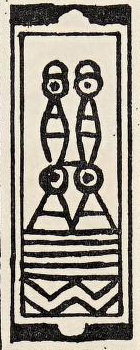 © George Pollard, 🅭🅯🄏🄎 © George Pollard, 🅭🅯🄏🄎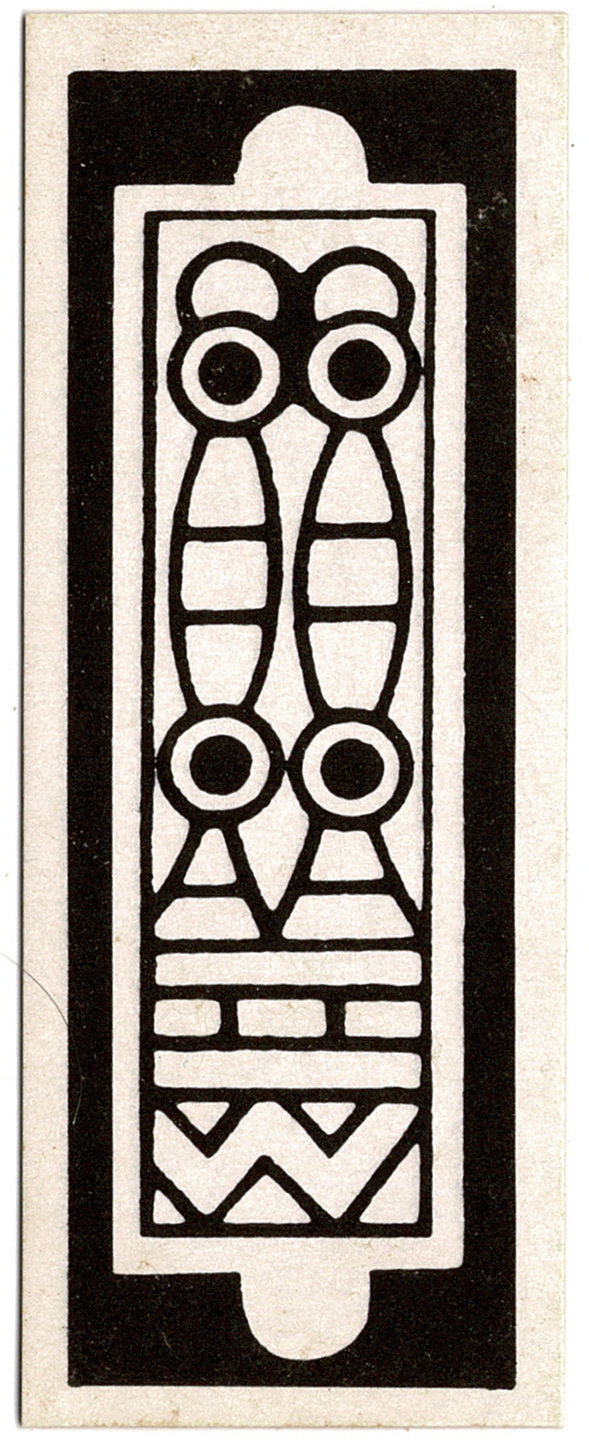 © George Pollard, 🅭🅯🄏🄎 © George Pollard, 🅭🅯🄏🄎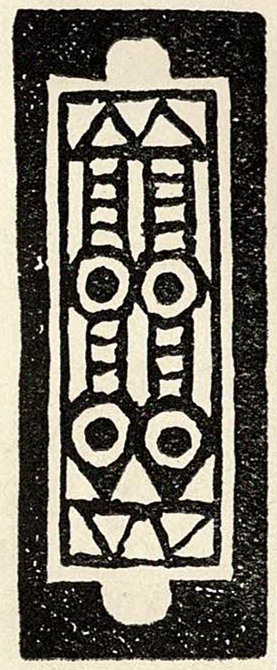 © George Pollard, 🅭🅯🄏🄎 © George Pollard, 🅭🅯🄏🄎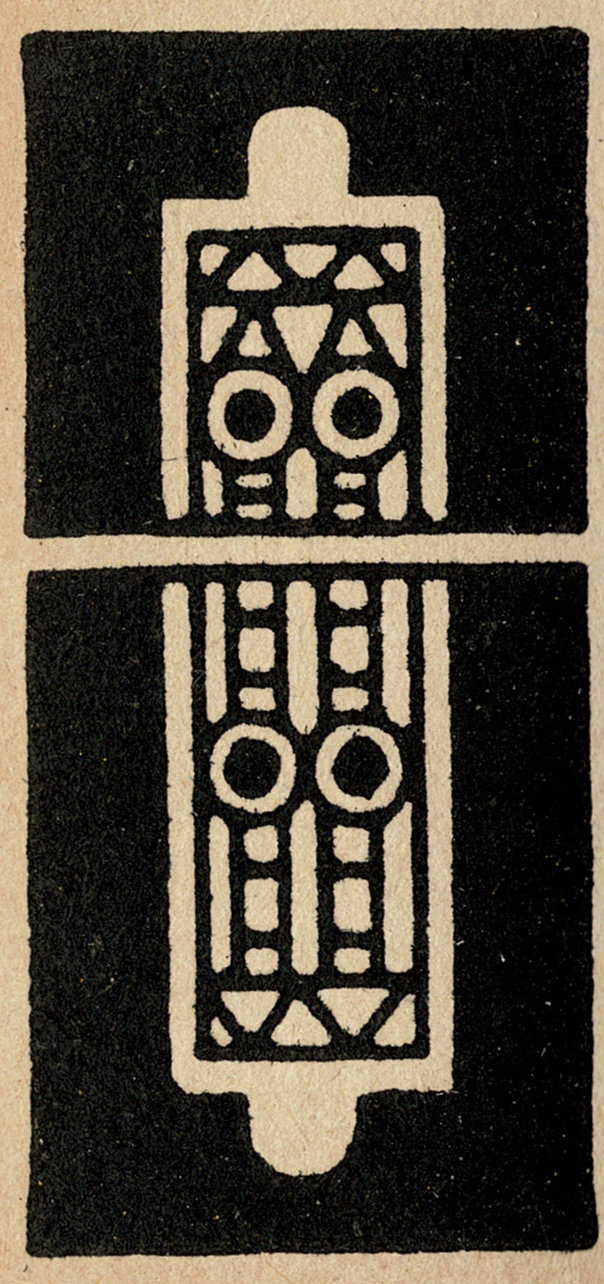 © George Pollard, 🅭🅯🄏🄎 © George Pollard, 🅭🅯🄏🄎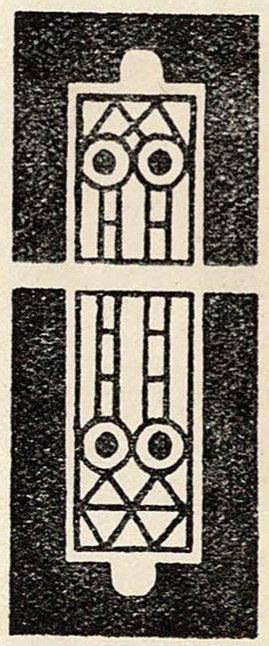 © George Pollard, 🅭🅯🄏🄎 © George Pollard, 🅭🅯🄏🄎 © George Pollard, 🅭🅯🄏🄎 © George Pollard, 🅭🅯🄏🄎4 Strings © George Pollard, 🅭🅯🄏🄎 | สี่นม สี่นมยาน | si putih | 四條 | si pingang | 4 cawang | kĕpâla bûlat sûngkap | basio | basiu | pinggang | ꦕꦮꦁ | gapet | cawang pat pedhot | (pat) cawang | (pat) cawang | cawang | cawang | ᬲᬗ᭄ᬓᬧ᭄ | ᬲᬗ᭄ᬓᬧ᭄ | ᬲᬗ᭄ᬓᬧ᭄ | ᬲᬗ᭄ᬓᬧ᭄ | ᬲᬗ᭄ᬓᬧ᭄ | ᬘᬯᬂ | ᬘᬯᬂ | ᬘᬯᬂ | ᬘᬯᬂ | pinggang | putus | putus pinggang | pinggang | |
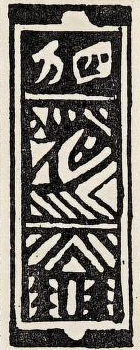 © George Pollard, 🅭🅯🄏🄎 © George Pollard, 🅭🅯🄏🄎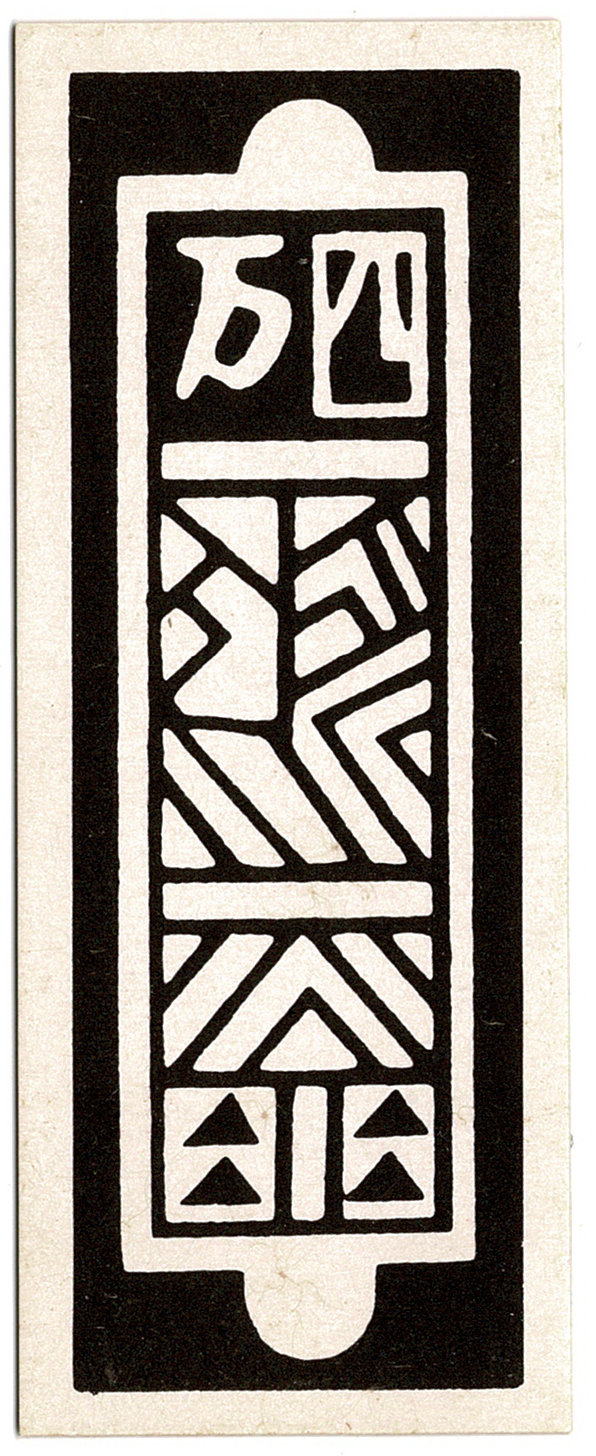 © George Pollard, 🅭🅯🄏🄎 © George Pollard, 🅭🅯🄏🄎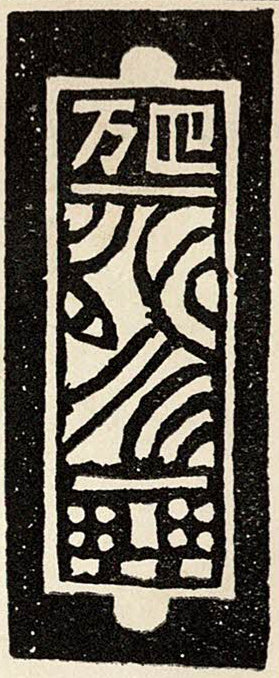 © George Pollard, 🅭🅯🄏🄎 © George Pollard, 🅭🅯🄏🄎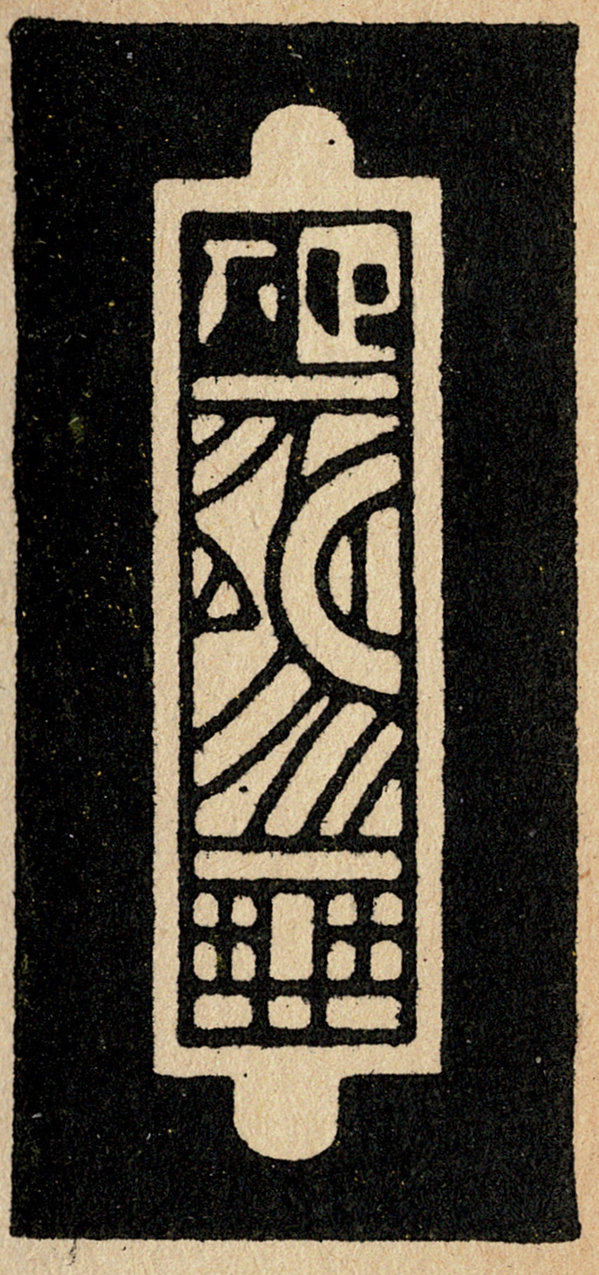 © George Pollard, 🅭🅯🄏🄎 © George Pollard, 🅭🅯🄏🄎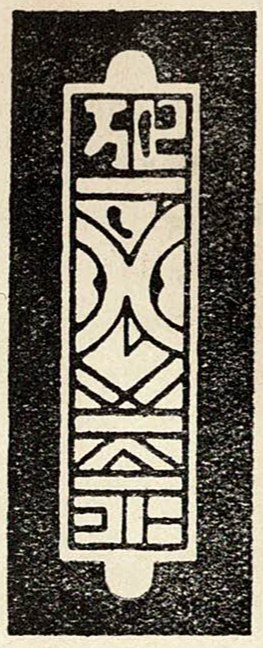 © George Pollard, 🅭🅯🄏🄎 © George Pollard, 🅭🅯🄏🄎 © George Pollard, 🅭🅯🄏🄎 © George Pollard, 🅭🅯🄏🄎4 Myriads © George Pollard, 🅭🅯🄏🄎 | สี่คน | si ban | 四萬 | si kondé | 4 cina | kĕpâla bûlat sundul | ryiami/curto | nyami | suduang putiah | ꦕꦶꦤ | bodong | pat cina | bodong | papat cina kondhé, nyonyah | sundhul | wong sundhul | ᬫᭂᬦ᭄ᬤᬸᬢ᭄ | ᬕᭂᬦ᭄ᬤᭀᬢ᭄ | ᬓ᭄ᬩᭀᬂ | ᬓᭀᬩᭀᬂ | ᬓᭀᬩᭀᬂ | ᬓᭀᬩᭀᬂ | ᬓᭀᬩᭀᬂ | ᬘᭂᬍᬓ᭄ | ᬘᭂᬍᬓ᭄ | pajung | kondei | kondei | kondei | |
Rank 5 | ห้า | go | mâta dûa | — | goh | babi ‘pig’ (looks like nostrils) | ||||||||||||||||||||||||
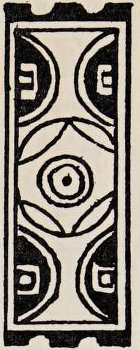 © George Pollard, 🅭🅯🄏🄎 © George Pollard, 🅭🅯🄏🄎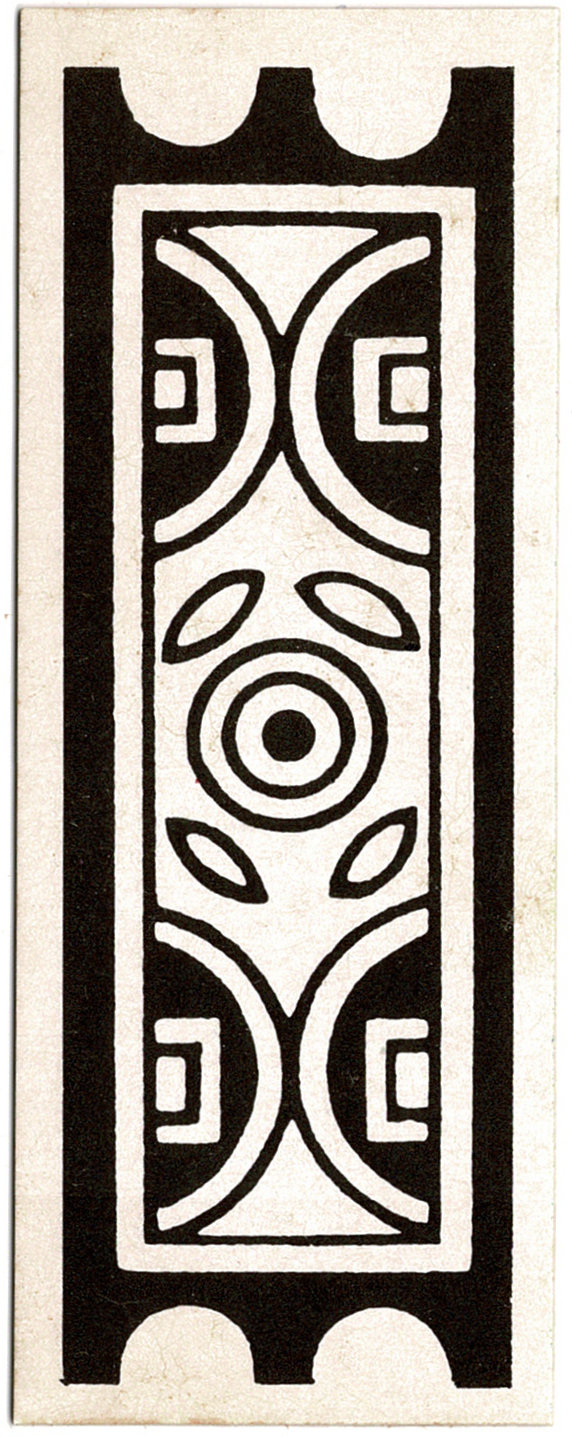 © George Pollard, 🅭🅯🄏🄎 © George Pollard, 🅭🅯🄏🄎 © George Pollard, 🅭🅯🄏🄎 © George Pollard, 🅭🅯🄏🄎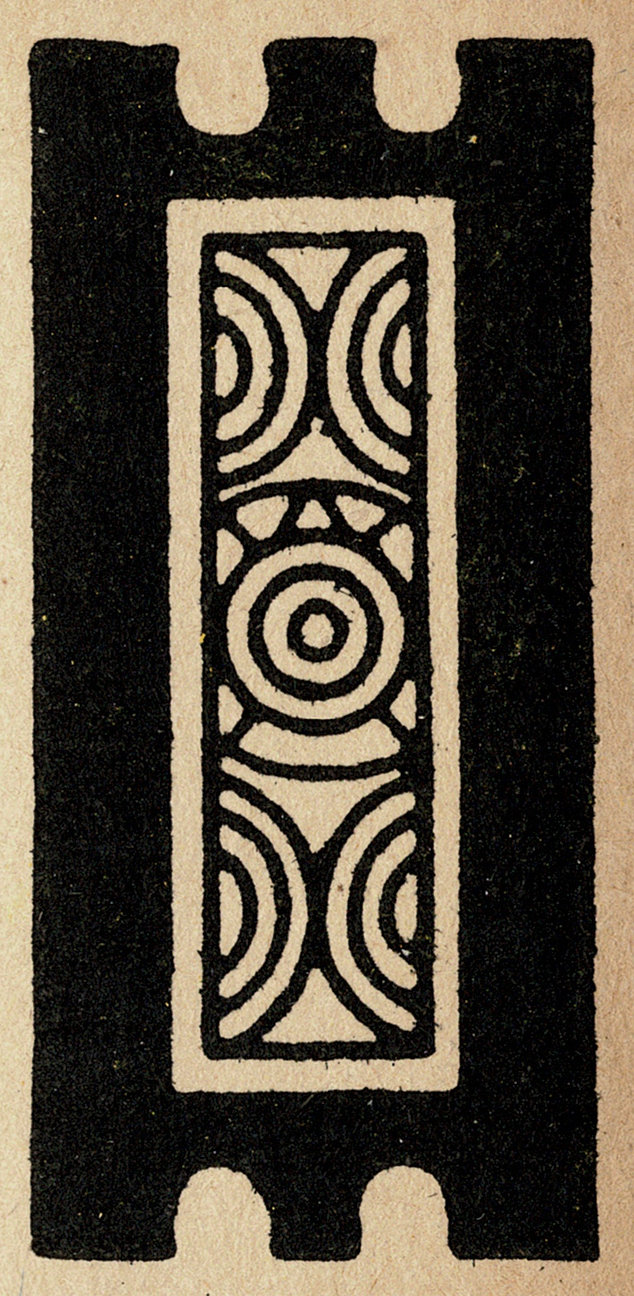 © George Pollard, 🅭🅯🄏🄎 © George Pollard, 🅭🅯🄏🄎 © George Pollard, 🅭🅯🄏🄎 © George Pollard, 🅭🅯🄏🄎 © George Pollard, 🅭🅯🄏🄎 © George Pollard, 🅭🅯🄏🄎5 Coins © George Pollard, 🅭🅯🄏🄎 | ห้าแตงโม | go pending | 五餅 | guó puser | 5 kantong | mâta dûa kĕlôning | panding | pending | babi pusek | ꦧꦧꦶꦏꦟ꧀ꦛꦺꦴꦁ (modern ꦏꦤ꧀ꦛꦺꦴꦁ) | kanthong | kanthong | (lima) kanthong lumpang | (lima) kanthong lumpang | cupa | pau wudel bodong | ᬧ᭄ᬭᬳᬸ | ᬧᬳᬸ | ᬧᬳᬸ | (ᬧᬳᬸ) | (ᬧᬳᬸ) | ᬧᬳᬸ | ᬧᬳᬸ | perahu | ᬧᬳᬸ | klonéng | prahu | pusat | pusat | |
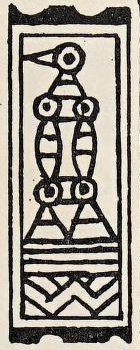 © George Pollard, 🅭🅯🄏🄎 © George Pollard, 🅭🅯🄏🄎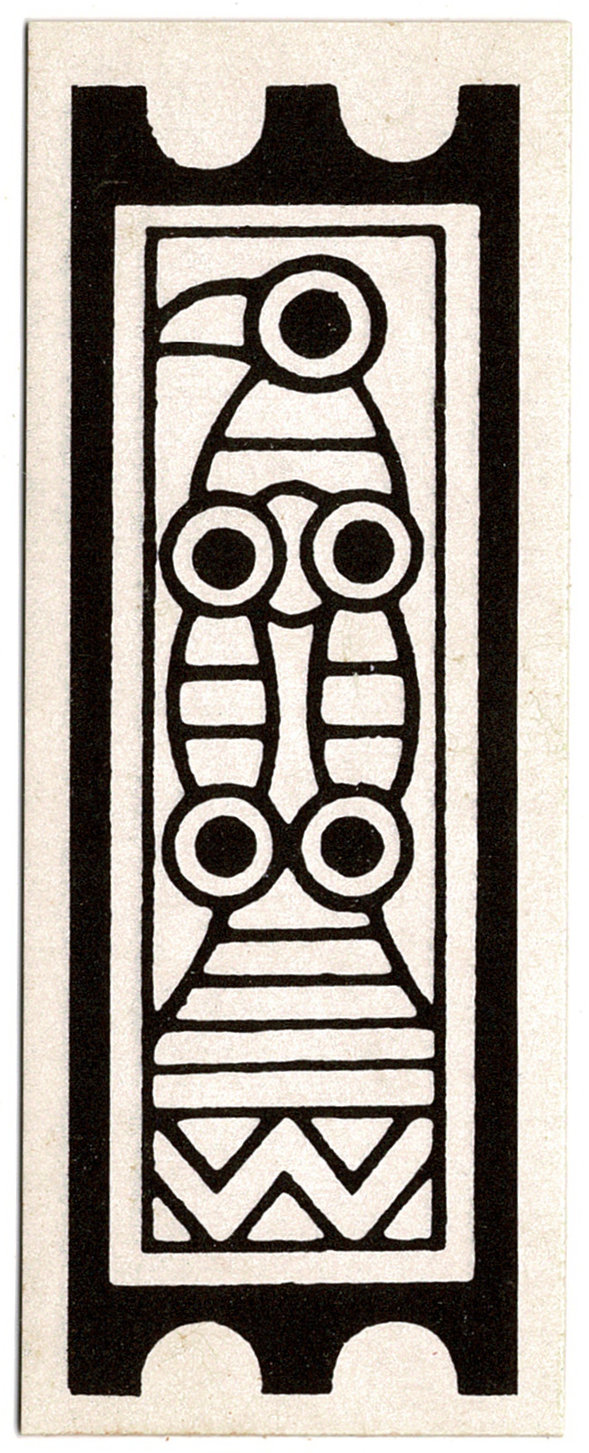 © George Pollard, 🅭🅯🄏🄎 © George Pollard, 🅭🅯🄏🄎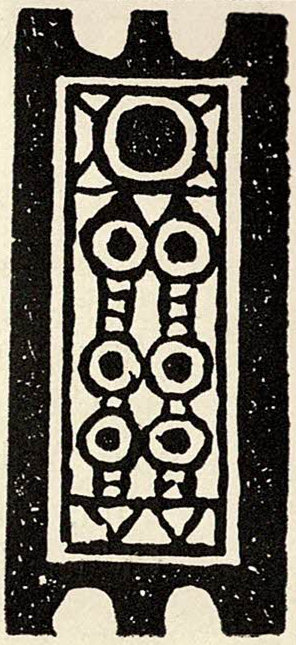 © George Pollard, 🅭🅯🄏🄎 © George Pollard, 🅭🅯🄏🄎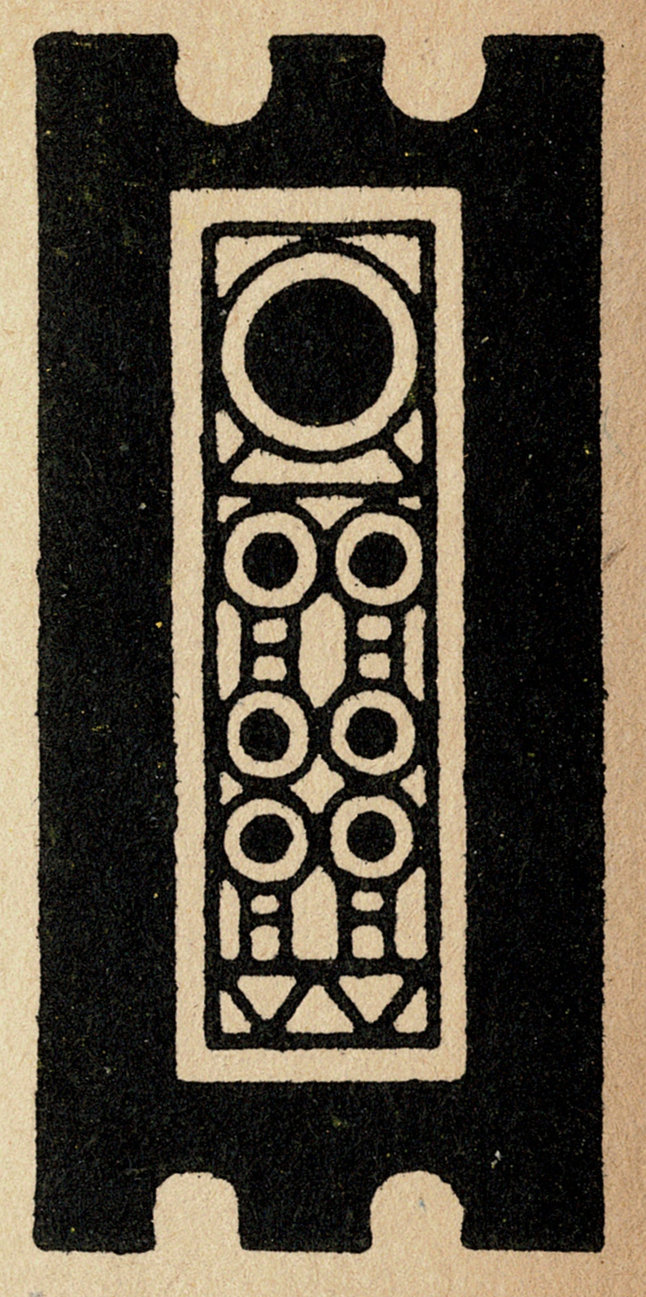 © George Pollard, 🅭🅯🄏🄎 © George Pollard, 🅭🅯🄏🄎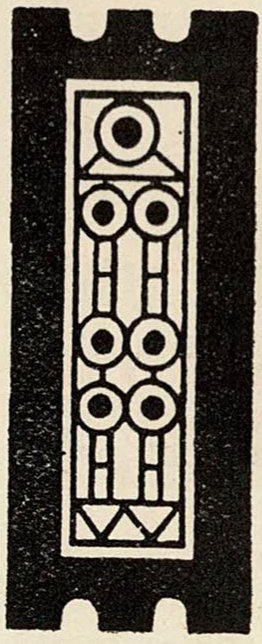 © George Pollard, 🅭🅯🄏🄎 © George Pollard, 🅭🅯🄏🄎 © George Pollard, 🅭🅯🄏🄎 © George Pollard, 🅭🅯🄏🄎5 Strings © George Pollard, 🅭🅯🄏🄎 | ห้านก | go burung | 五條 | guó itam | 5 lintrik | mâta dûa lêrek | baker | baka | babi gadang | ꦧꦧꦶꦭꦶꦤ꧀ꦠꦿꦶꦏ꧀ | lima kleja | lima lintrik, kecuk | tholo | lima linktrik, pecuk | babi lintrik | cucuk babi | ᬫᬢᭂᬕᭂᬤᬾ | ᬲᬸᬫ᭄ᬧᬸᬮ᭄ | ᬧᬮᬸ | ? | ᬕᭀᬕᭀᬲ᭄ | ᬕᭀᬕᭀᬲ᭄ | ᬕᭀᬕᭀᬲ᭄ | gogoas | ᬕᭀᬕᭀᬲ᭄ | pantat | ᨁᨚᨁᨚᨔᨚ | têroes | têroes | kio putih |
 © George Pollard, 🅭🅯🄏🄎 © George Pollard, 🅭🅯🄏🄎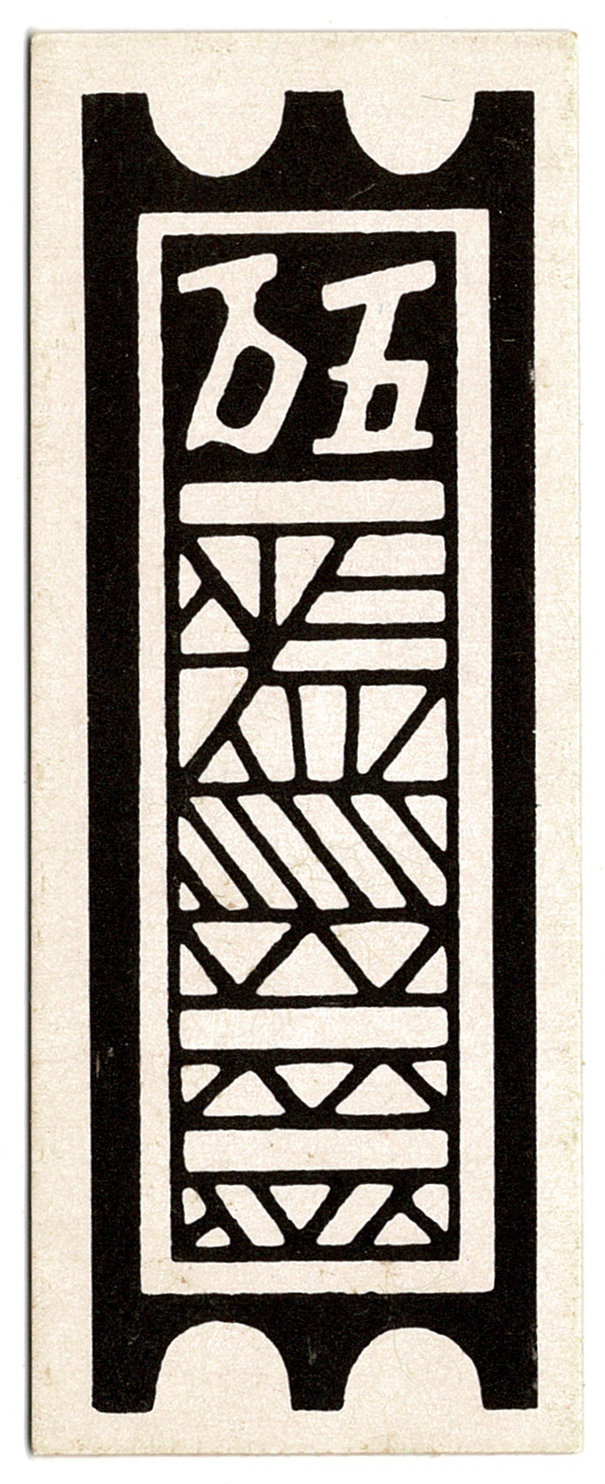 © George Pollard, 🅭🅯🄏🄎 © George Pollard, 🅭🅯🄏🄎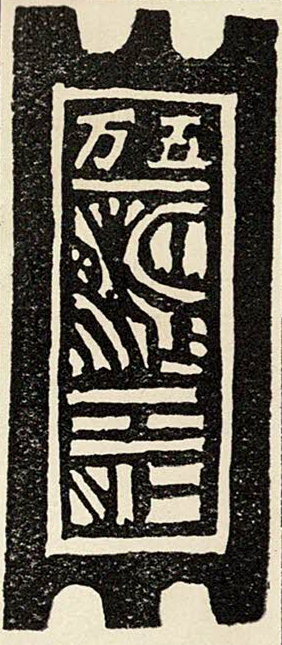 © George Pollard, 🅭🅯🄏🄎 © George Pollard, 🅭🅯🄏🄎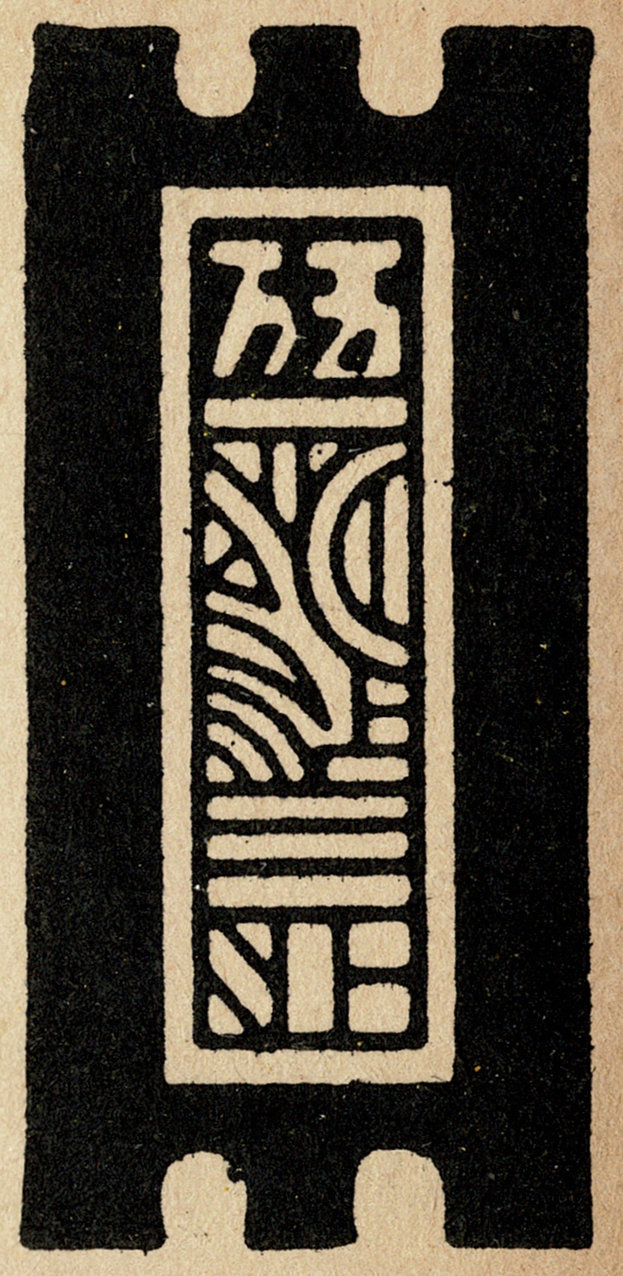 © George Pollard, 🅭🅯🄏🄎 © George Pollard, 🅭🅯🄏🄎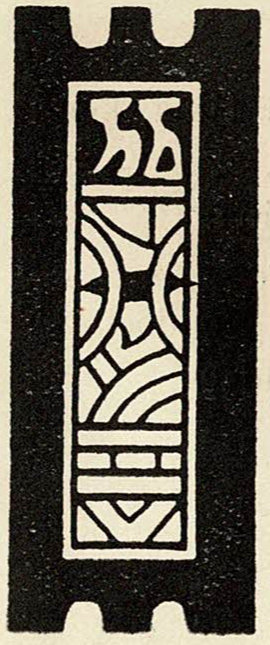 © George Pollard, 🅭🅯🄏🄎 © George Pollard, 🅭🅯🄏🄎 © George Pollard, 🅭🅯🄏🄎 © George Pollard, 🅭🅯🄏🄎5 Myriads © George Pollard, 🅭🅯🄏🄎 | ห้าคน | go ban | 五萬 | guó babi | 5 babi | mâta dûa cîna | governu/goberno europeano | ropianu | babi aluih | ꦧꦧꦶꦕꦶꦤ | gombal | lima cina | babi | lima cina, babi | babi wong | wong babi | ᬩᭀᬗ᭄ᬓᬃ | ᬩᭀᬗ᭄ᬓᬃ | ᬩᭀᬗ᭄ᬓᬃ | ᬧᬂᬧᬂ | ᬘᬗ᭄ᬕᬄ | ᬧᭀᬮᬓ᭄ | ᬧᭀᬮᬓ᭄ | ᬧᭀᬮᬓ᭄ | ᬧᭀᬮᬓ᭄ | babi | babi (pai tuwa) | babi (pai tuwa) | babi (pai tuwa) | |
Rank 6 | หก | lak | lak | — | lak | kapik ‘grill’ | ||||||||||||||||||||||||
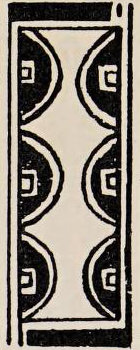 © George Pollard, 🅭🅯🄏🄎 © George Pollard, 🅭🅯🄏🄎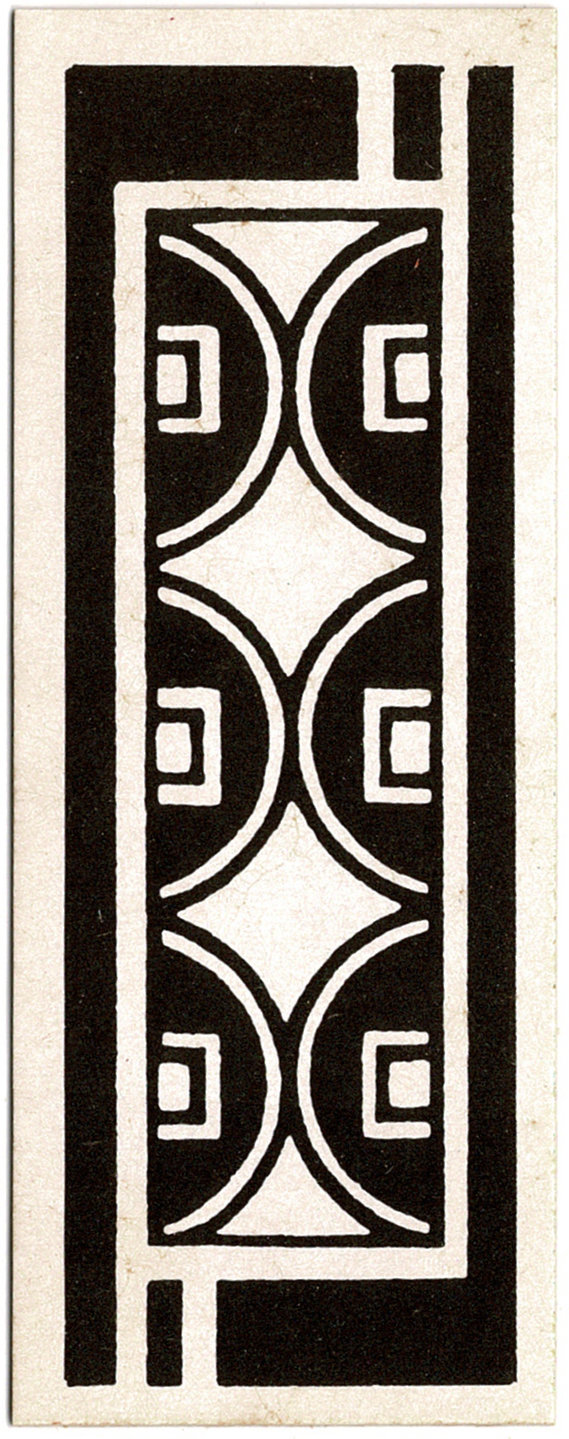 © George Pollard, 🅭🅯🄏🄎 © George Pollard, 🅭🅯🄏🄎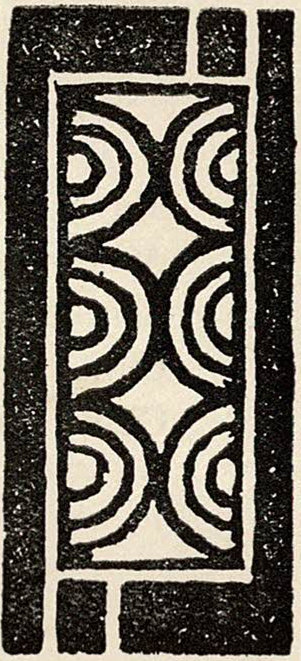 © George Pollard, 🅭🅯🄏🄎 © George Pollard, 🅭🅯🄏🄎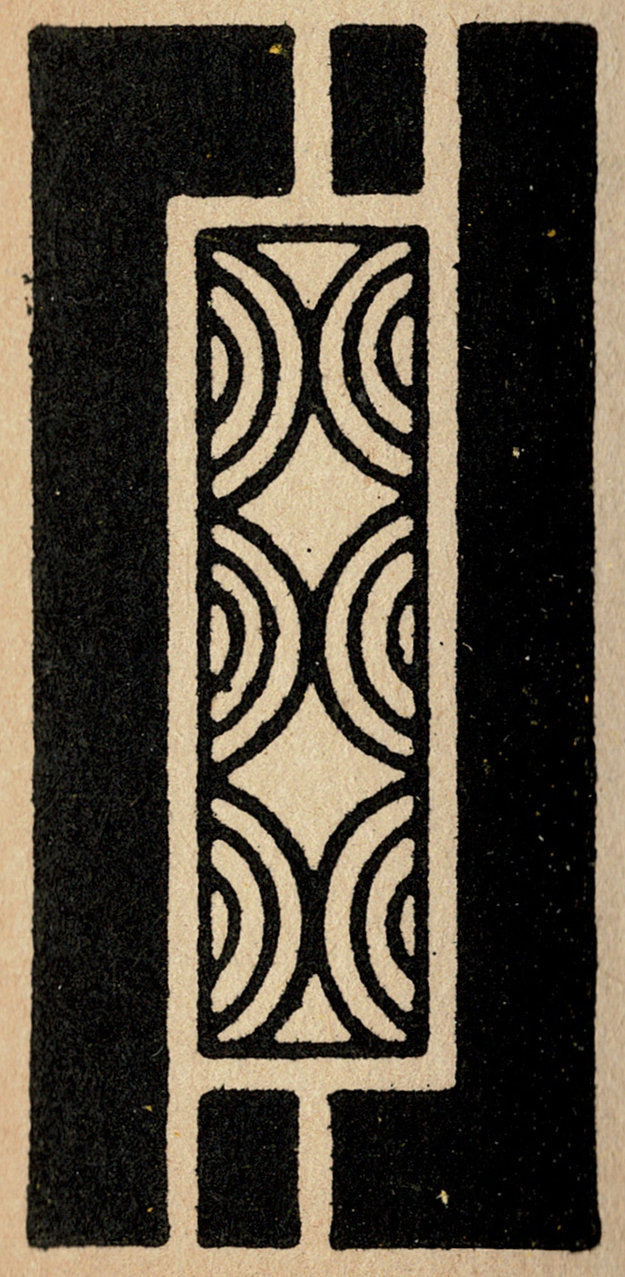 © George Pollard, 🅭🅯🄏🄎 © George Pollard, 🅭🅯🄏🄎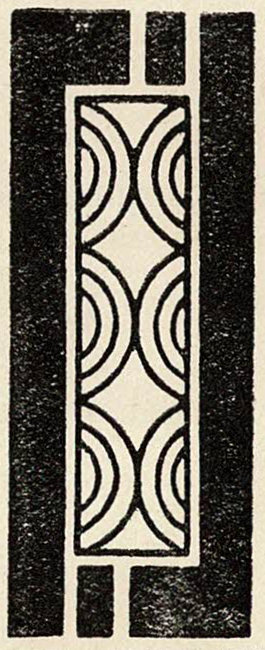 © George Pollard, 🅭🅯🄏🄎 © George Pollard, 🅭🅯🄏🄎 © George Pollard, 🅭🅯🄏🄎 © George Pollard, 🅭🅯🄏🄎6 Coins © George Pollard, 🅭🅯🄏🄎 | หกตา | lak hitam | 六餅 | lak krok | 6 krok | lak kroh | gordo | godra | kapik anam | ꦏꦼꦫꦺꦴꦏ꧀ꦒ꦳ꦥꦶꦠ꧀ | kerok | kerok | (nem) kerok | (nem) kerok | mendhung | kerok | ᬦ᭄ᬬᭂᬫ᭄ | ᬧᬶᬲ᭄ᬦᭂᬫ᭄ | ᬧᬶᬲ᭄ᬦᭂᬫ᭄ | ᬧᬶᬲ᭄ᬦᭂᬫ᭄ | ᬧᬶᬲ᭄ᬦᭂᬫ᭄ | ᬢᬶᬫᬦᭂᬫ᭄ | ᬢᬶᬫᬦᭂᬫ᭄ | ᬧᬶᬲ᭄ᬦᭂᬫ᭄ | ᬢᬶᬫᬦᭂᬫ᭄ | kerok | anam mata | anam kaladi | tarasi | |
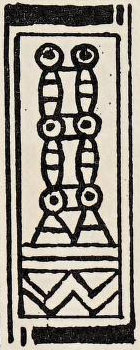 © George Pollard, 🅭🅯🄏🄎 © George Pollard, 🅭🅯🄏🄎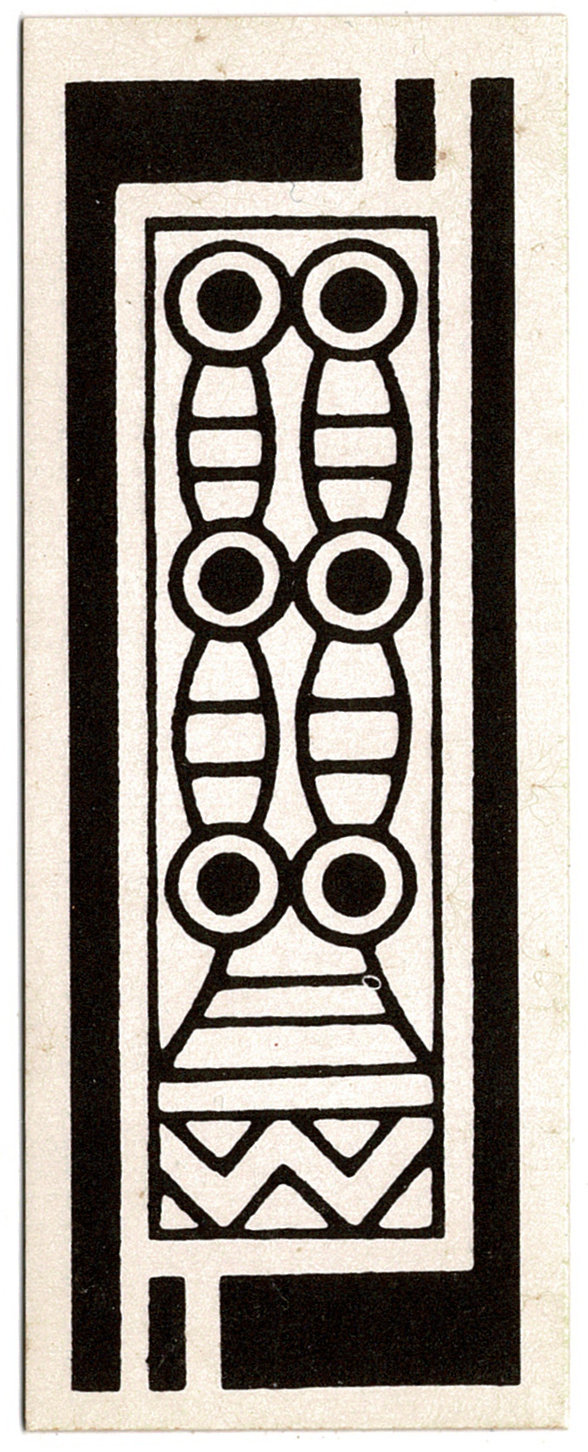 © George Pollard, 🅭🅯🄏🄎 © George Pollard, 🅭🅯🄏🄎 © George Pollard, 🅭🅯🄏🄎 © George Pollard, 🅭🅯🄏🄎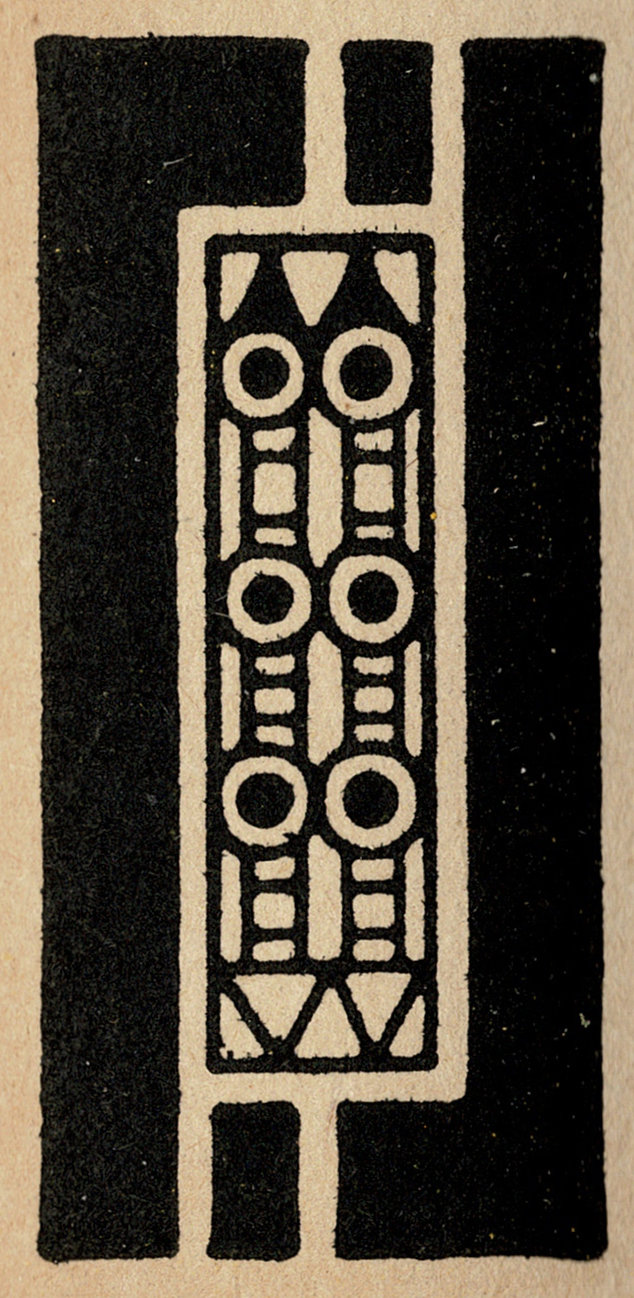 © George Pollard, 🅭🅯🄏🄎 © George Pollard, 🅭🅯🄏🄎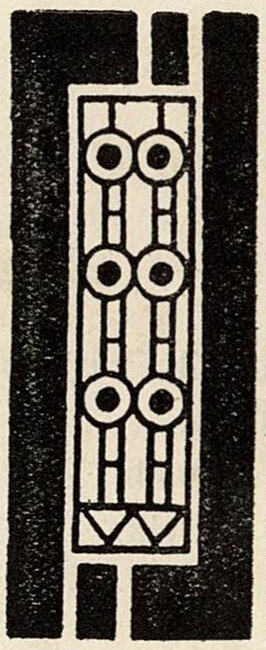 © George Pollard, 🅭🅯🄏🄎 © George Pollard, 🅭🅯🄏🄎 © George Pollard, 🅭🅯🄏🄎 © George Pollard, 🅭🅯🄏🄎6 Strings © George Pollard, 🅭🅯🄏🄎 | หกละเอียด หกเซาะ | lak putih | 六條 | lak bambu | 6 klejo | lak tâli | gala | gala | kapik manih | ꦏ꧀ꦭꦺꦗꦒ꦳ꦥꦶꦠ꧀ | kléja | kléja | (nem) kléja, bagus | (nem) kléja, bagus | candra | tanem | mer | mer | ᬓᬼᬦ᭄ᬢᬾᬂ | ᬧᭂᬗ᭄ᬓ | mer | mer | mer | mer | mer | bambu | bêlah buluh tarabei | bambu | bambu | |
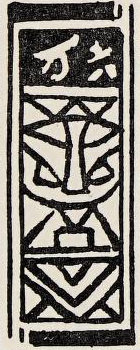 © George Pollard, 🅭🅯🄏🄎 © George Pollard, 🅭🅯🄏🄎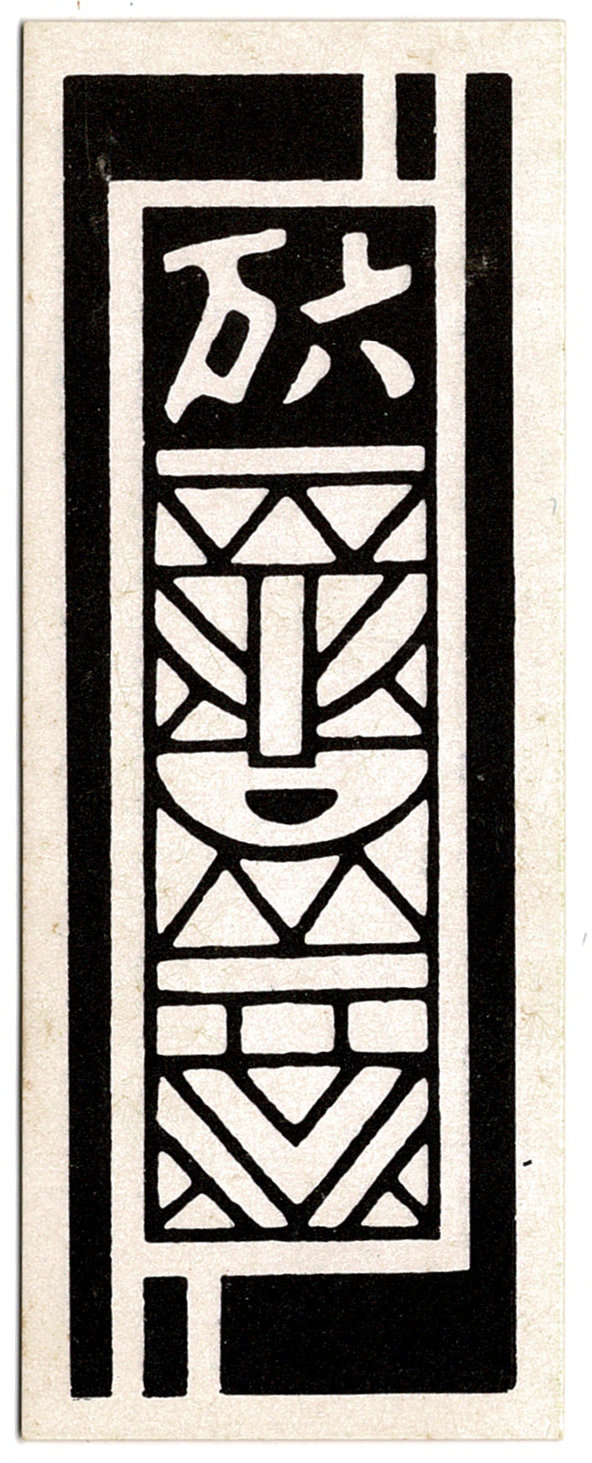 © George Pollard, 🅭🅯🄏🄎 © George Pollard, 🅭🅯🄏🄎 © George Pollard, 🅭🅯🄏🄎 © George Pollard, 🅭🅯🄏🄎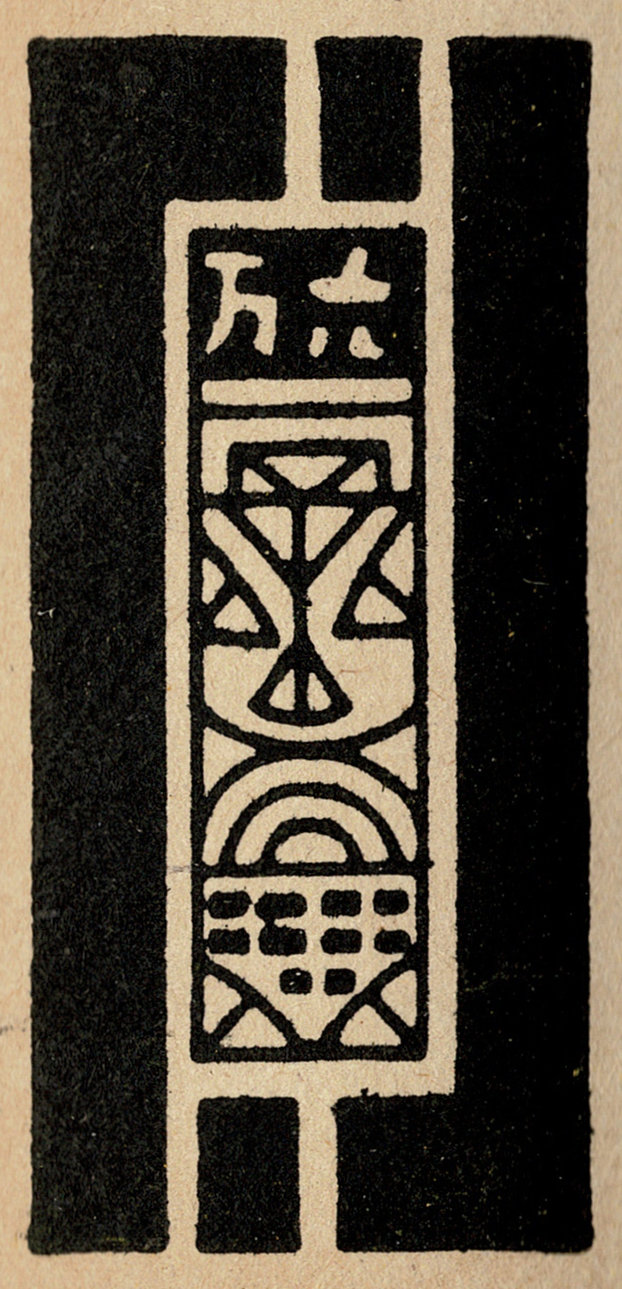 © George Pollard, 🅭🅯🄏🄎 © George Pollard, 🅭🅯🄏🄎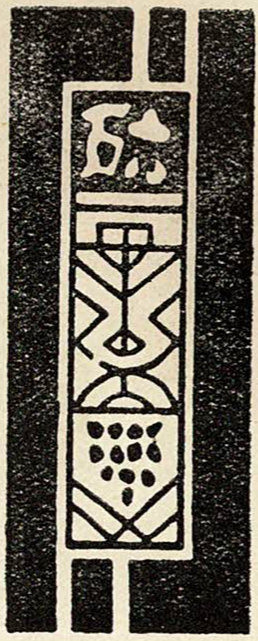 © George Pollard, 🅭🅯🄏🄎 © George Pollard, 🅭🅯🄏🄎 © George Pollard, 🅭🅯🄏🄎 © George Pollard, 🅭🅯🄏🄎6 Myriads © George Pollard, 🅭🅯🄏🄎 | หกคน | lak ban | 六萬 | lak orang | 6 orang | lak chantek | osu | osu | kapik aluih | ꦕꦶꦤꦒ꦳ꦥꦶꦠ꧀ | nem cina | nem cina | siyong bombyok | nem cina | gabit | wong gapit | ᬓᬼᬦ᭄ᬢᬾᬂ | ᬍᬢᬾᬂ | ᬩᬸᬭᬢ᭄ | ᬩᬸᬭᬢ᭄ | ᬩᬸᬳᬢ᭄ | ᬫᭂᬕᬢ᭄ | ᬫᭂᬕᬢ᭄ | ᬫᭂᬕᬢ᭄ | ᬫᭂᬕᬢ᭄ | rumah | lakban | lakban | lakban | |
Rank 7 | เจ็ด | jit | chit | — | chit | sisiak ‘scales’ | ||||||||||||||||||||||||
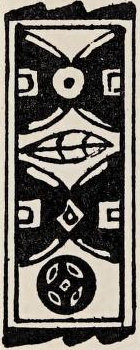 © George Pollard, 🅭🅯🄏🄎 © George Pollard, 🅭🅯🄏🄎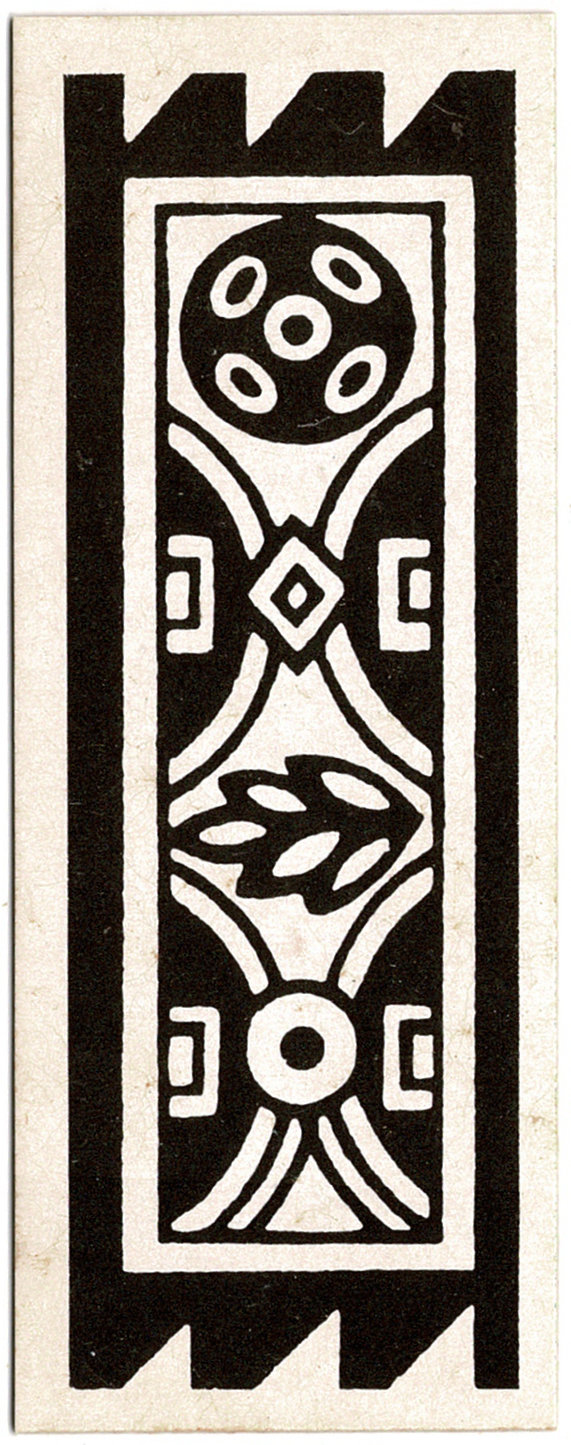 © George Pollard, 🅭🅯🄏🄎 © George Pollard, 🅭🅯🄏🄎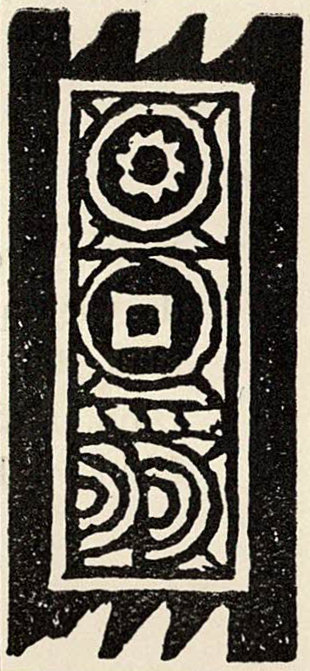 © George Pollard, 🅭🅯🄏🄎 © George Pollard, 🅭🅯🄏🄎 © George Pollard, 🅭🅯🄏🄎 © George Pollard, 🅭🅯🄏🄎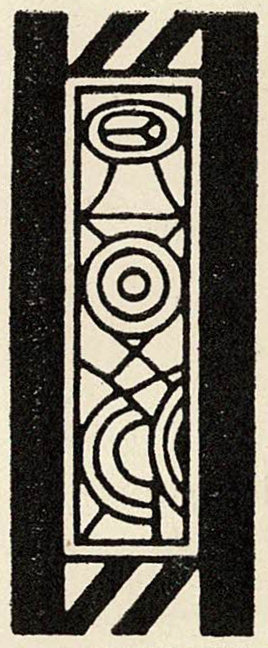 © George Pollard, 🅭🅯🄏🄎 © George Pollard, 🅭🅯🄏🄎 © George Pollard, 🅭🅯🄏🄎 © George Pollard, 🅭🅯🄏🄎7 Coins © George Pollard, 🅭🅯🄏🄎 | เจ็ดพัด | jit hitam or jit daun | 七餅 | cit mendera | 7 sisir kero | chit sûngkai | lóia | layar | sisiak bendera | ꦫꦺꦪꦧ꧀ꦭꦪꦂ | geper | sember, pitu kera | sember | (pitu) kera, keder | layar | layar | ᬧᬓᬸ | ᬧᬶᬲ᭄ᬢᬸ | ᬧᬶᬲ᭄ᬢᬸ | ᬧᬶᬲ᭄ᬧᬶᬢᬸ | ᬩᭂᬦ᭄ᬤᬾᬭ | ᬩᭂᬦ᭄ᬤᬾᬭ | ᬩᭂᬦ᭄ᬤᬾᬭ | ᬩᭂᬦ᭄ᬤᬾᬭ | ᬩᭂᬦ᭄ᬤᬾᬭ | layar | bandéra | bulu ayam | bandéra | |
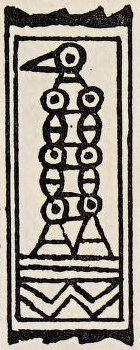 © George Pollard, 🅭🅯🄏🄎 © George Pollard, 🅭🅯🄏🄎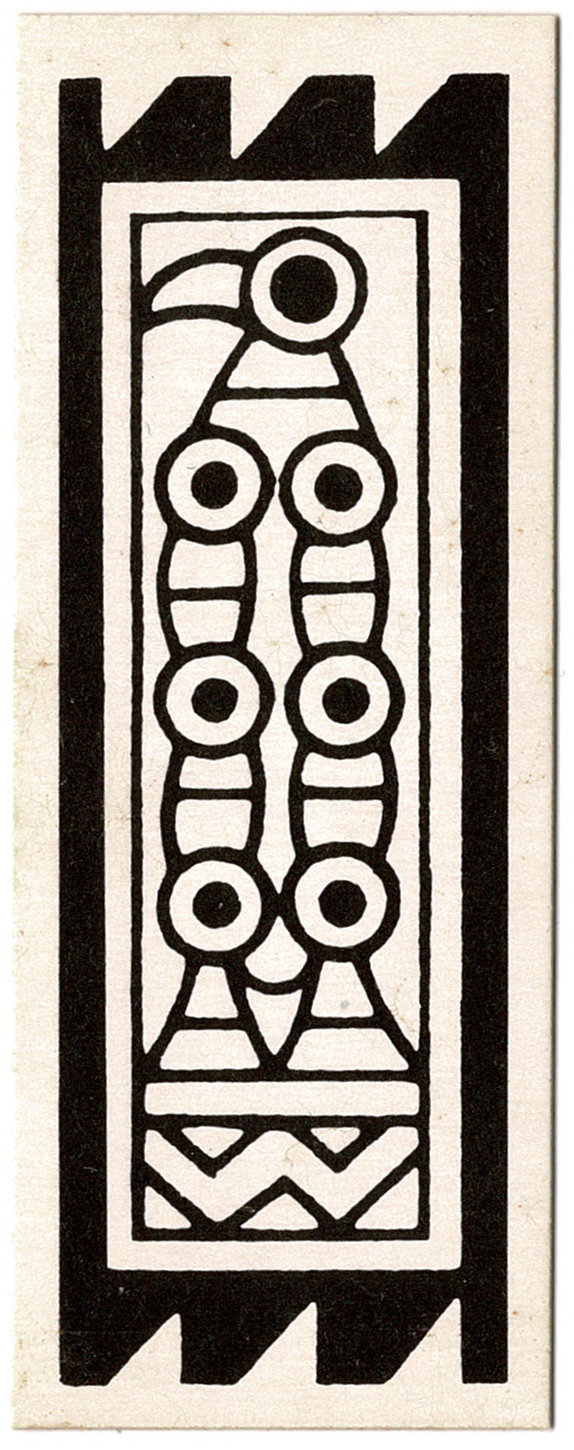 © George Pollard, 🅭🅯🄏🄎 © George Pollard, 🅭🅯🄏🄎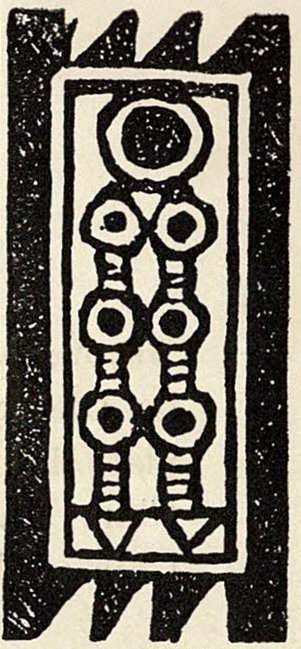 © George Pollard, 🅭🅯🄏🄎 © George Pollard, 🅭🅯🄏🄎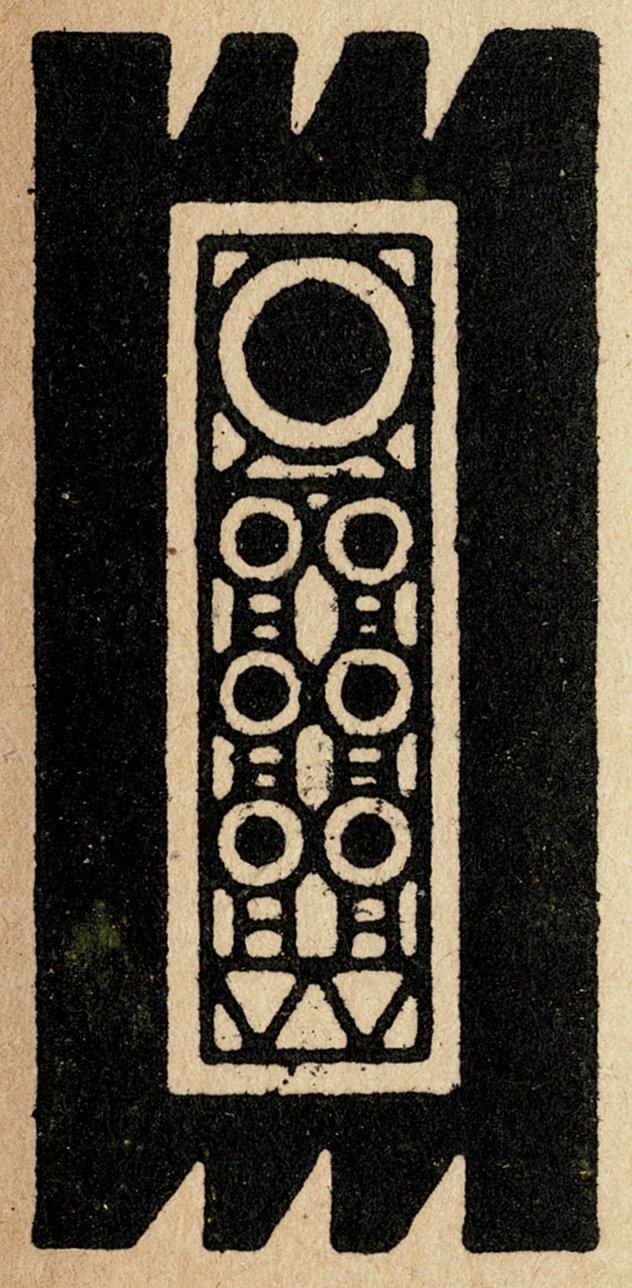 © George Pollard, 🅭🅯🄏🄎 © George Pollard, 🅭🅯🄏🄎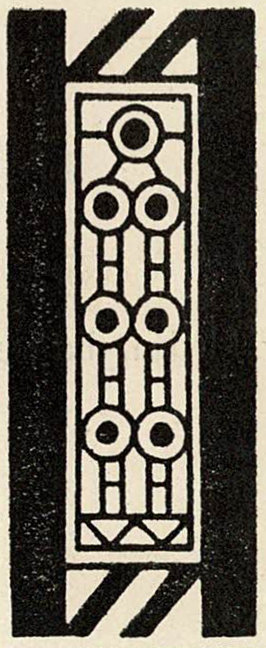 © George Pollard, 🅭🅯🄏🄎 © George Pollard, 🅭🅯🄏🄎 © George Pollard, 🅭🅯🄏🄎 © George Pollard, 🅭🅯🄏🄎7 Strings © George Pollard, 🅭🅯🄏🄎 | เจ็ดนก | jit burung | 七條 | cit burung | 7 sisir lintrik | chit halus | galinha | galinha | sisiak gadang | ꦫꦺꦪꦧ꧀ꦭꦶꦤ꧀ꦠꦿꦶꦏ꧀ | lintrik | pitu kecuk | pitu lintrik, pecuk pitu | pitu lintrik, pecuk pitu | réyab lintrik | cucuk kereg | ᬭᬶᬂᬬᬶᬂ | merenying | ᬭᬶᬜᬶᬂ | ᬭᬶᬜᬶᬂ | ᬘᬸᬭᬶᬂ | ᬘᬸᬭᬶᬂ | ᬘᬸᬭᬶᬂ | ᬘᬸᬭᬶᬂ | ᬘᬸᬭᬶᬂ | bulu | galéma | gohu | josef | |
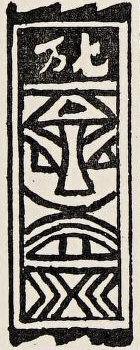 © George Pollard, 🅭🅯🄏🄎 © George Pollard, 🅭🅯🄏🄎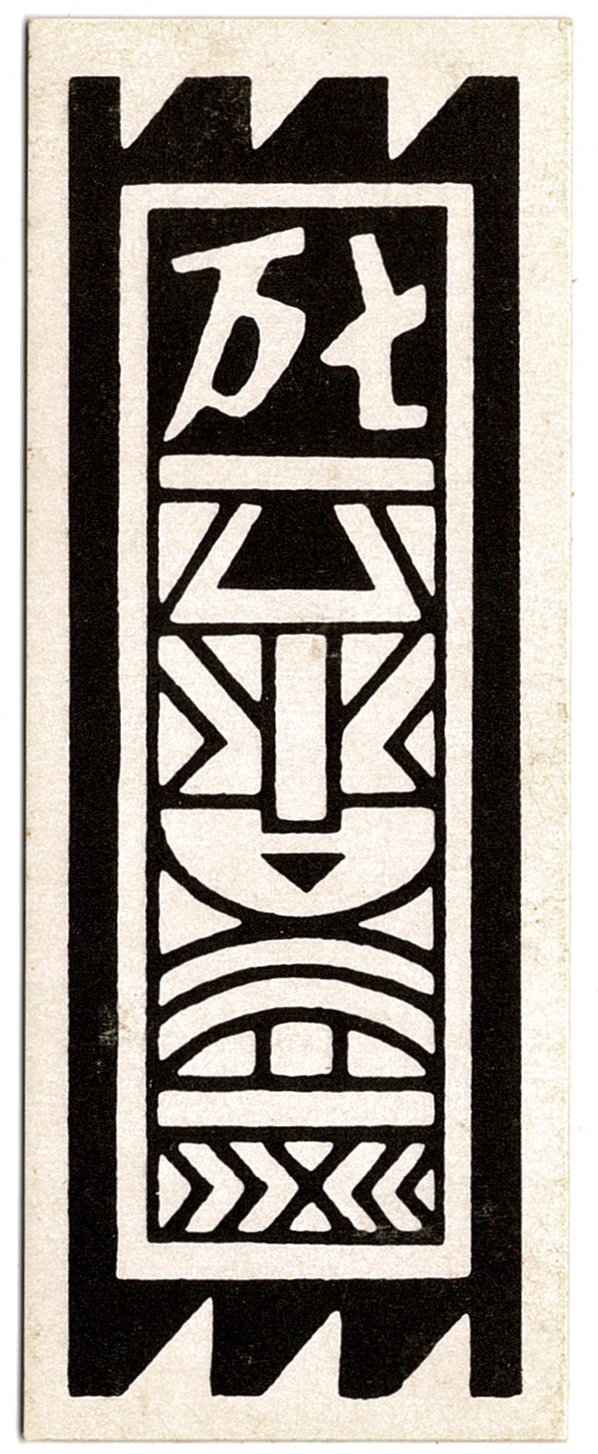 © George Pollard, 🅭🅯🄏🄎 © George Pollard, 🅭🅯🄏🄎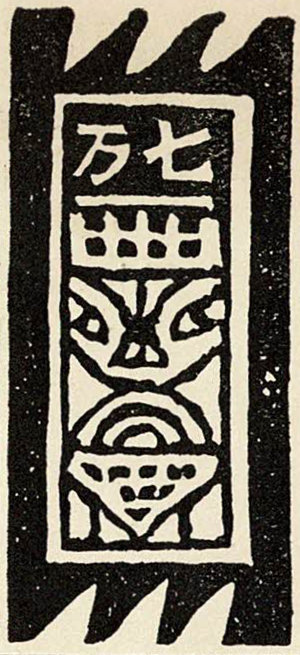 © George Pollard, 🅭🅯🄏🄎 © George Pollard, 🅭🅯🄏🄎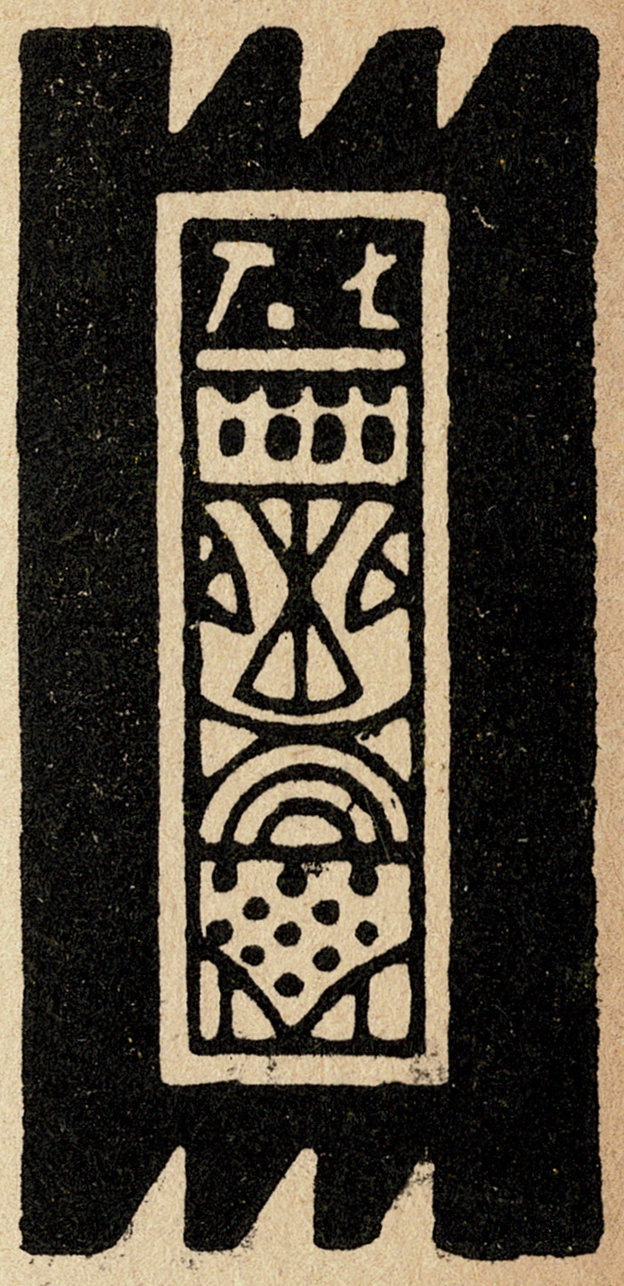 © George Pollard, 🅭🅯🄏🄎 © George Pollard, 🅭🅯🄏🄎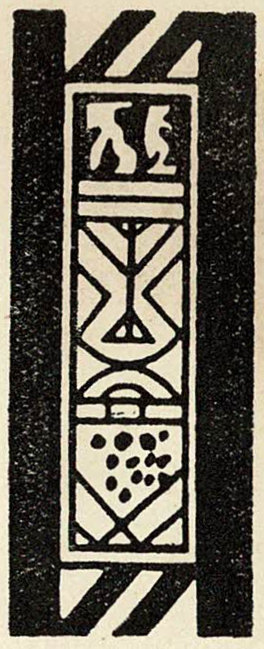 © George Pollard, 🅭🅯🄏🄎 © George Pollard, 🅭🅯🄏🄎 © George Pollard, 🅭🅯🄏🄎 © George Pollard, 🅭🅯🄏🄎7 Myriads © George Pollard, 🅭🅯🄏🄎 | เจ็ดคน | jit ban | 七萬 | cit setan | 7 sisir cina | chit kâsar | malayu | malayu | sisiak aluih | ꦫꦺꦪꦧ꧀ꦕꦶꦤ | pitu cina | pitu cina | pitu cina | pitu cina | reab wong | wong kereg | ᬭᬶᬗ᭄ᬕᬶᬢ᭄ | ᬭᬶᬗ᭄ᬕᬶᬢ᭄ | ᬭᬶᬗ᭄ᬕᬶᬢ᭄ | ᬭᬶᬗ᭄ᬕᬶᬢ᭄ | ᬭᬶᬗ᭄ᬕᬶᬢ᭄ | ᬭᬶᬗ᭄ᬕᬶᬢ᭄ | ᬭᬶᬗ᭄ᬕᬶᬢ᭄ | ᬭᬶᬗ᭄ᬕᬶᬢ᭄ | ᬭᬶᬗ᭄ᬕᬶᬢ᭄ | sisir | ringgit | sisir | sisir | |
Rank 8 | แปด | puek | mâta sâtu | — | sepet | pacah ‘broken’ | ||||||||||||||||||||||||
 © George Pollard, 🅭🅯🄏🄎 © George Pollard, 🅭🅯🄏🄎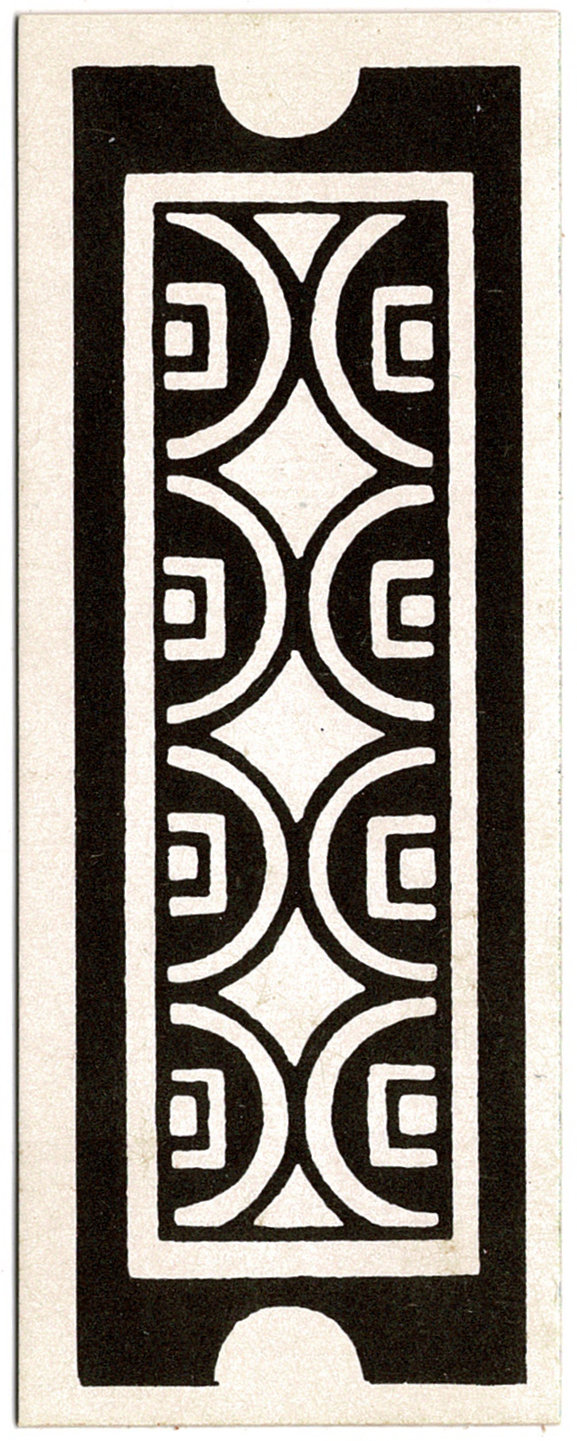 © George Pollard, 🅭🅯🄏🄎 © George Pollard, 🅭🅯🄏🄎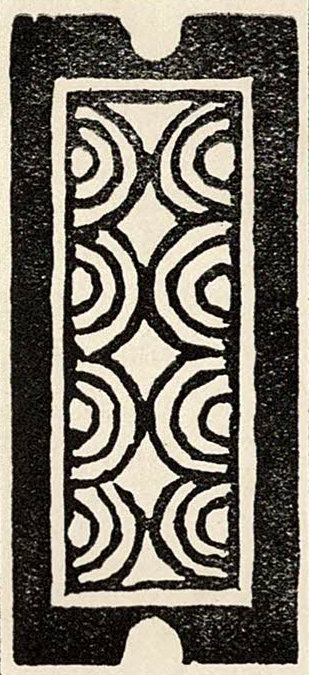 © George Pollard, 🅭🅯🄏🄎 © George Pollard, 🅭🅯🄏🄎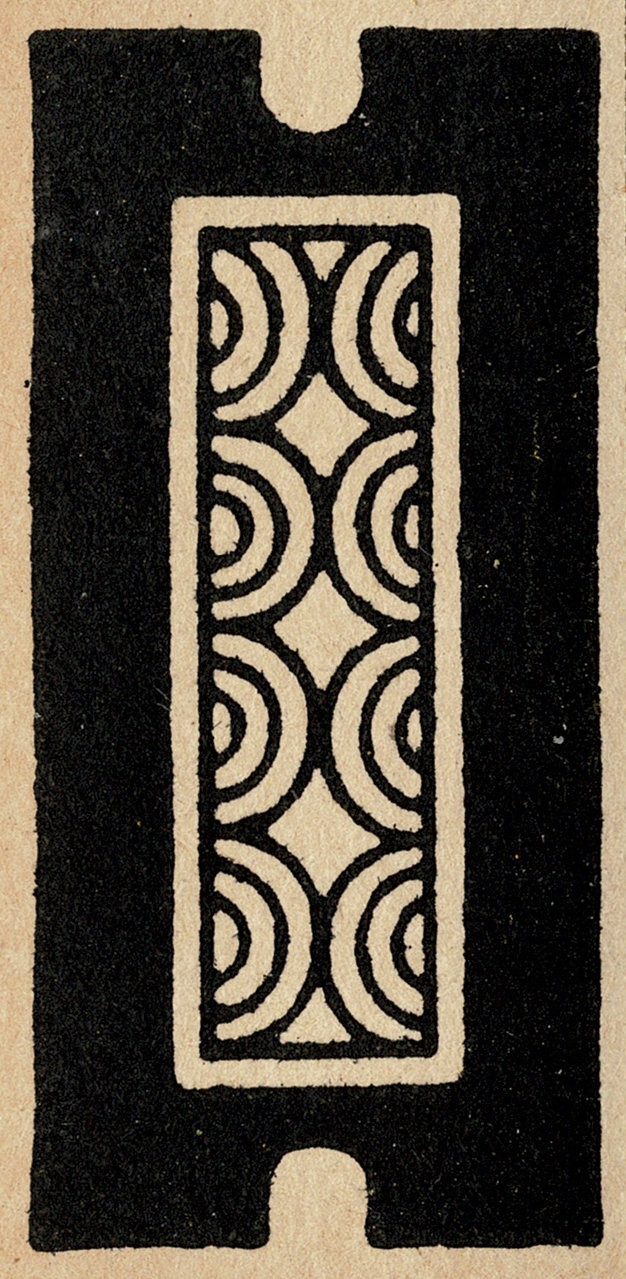 © George Pollard, 🅭🅯🄏🄎 © George Pollard, 🅭🅯🄏🄎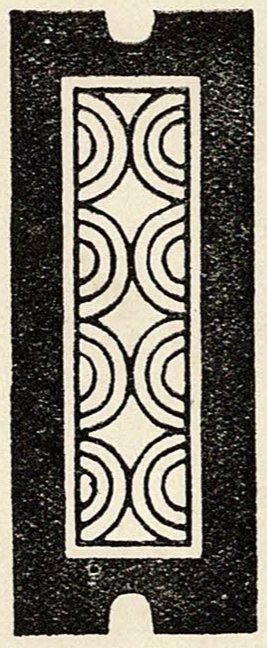 © George Pollard, 🅭🅯🄏🄎 © George Pollard, 🅭🅯🄏🄎 © George Pollard, 🅭🅯🄏🄎 © George Pollard, 🅭🅯🄏🄎8 Coins © George Pollard, 🅭🅯🄏🄎 | แปดตา | puek kerang | 八餅 | pé delapan | 8 picis | mâta sâtu plong | brau | prau | pacah lapan | ꦊꦏꦺꦴꦏ꧀ꦥꦶꦕꦶꦱ꧀ | wolu kerok | picis, wolu kerok | (wolu) picis, (wolu) wang | (wolu) picis, (wolu) wang | lekok pecis | picis, buthak, buthak tai | ᬲᭂᬓᬸᬢᬸᬲ᭄ | ᬧᬶᬲ᭄ᬢᬸᬲ᭄ | ᬧᬶᬲ᭄ᬢᬸᬲ᭄ | ᬧᬶᬲ᭄ᬓᬸᬢᬸᬲ᭄ | ᬧᬶᬲ᭄ᬢᬸᬲ᭄ | ᬢᬶᬫᬓᬸᬢᬸᬲ᭄ | ᬢᬶᬫᬓᬸᬢᬸᬲ᭄ | ᬧᬶᬲ᭄ᬳᬸᬮᬸ | (tima kutus?) | dalapan | delapan mata | delapan kaladi | delapan | |
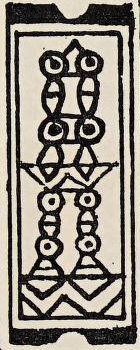 © George Pollard, 🅭🅯🄏🄎 © George Pollard, 🅭🅯🄏🄎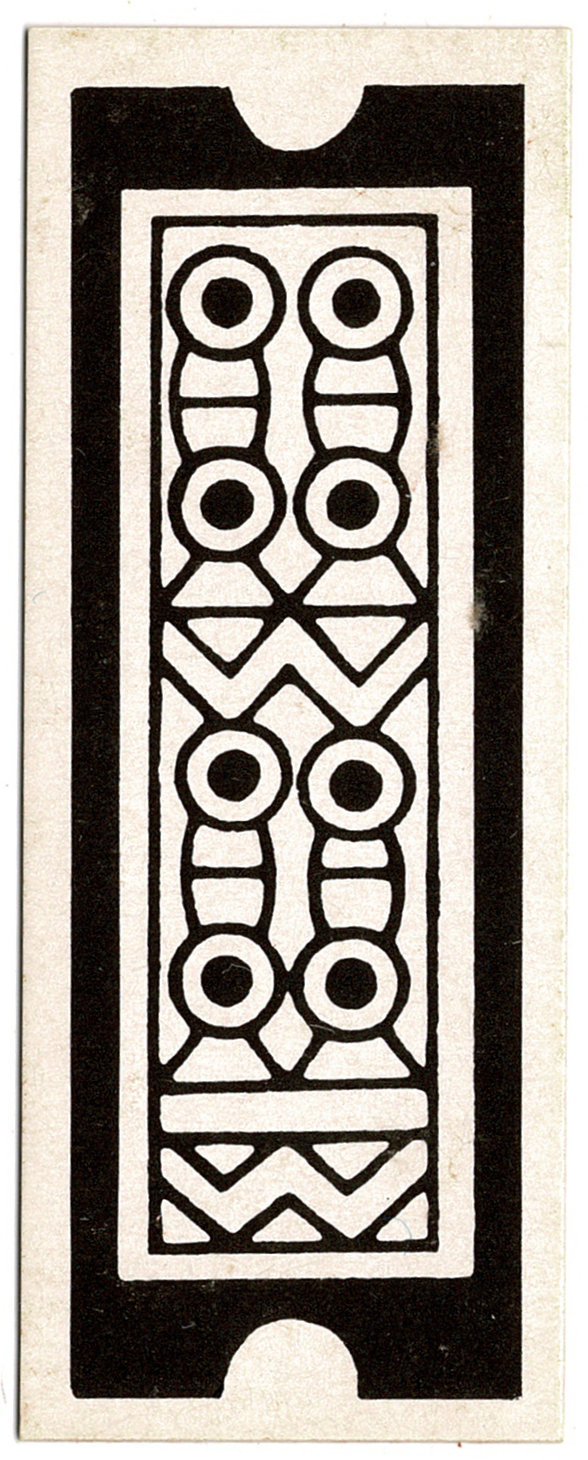 © George Pollard, 🅭🅯🄏🄎 © George Pollard, 🅭🅯🄏🄎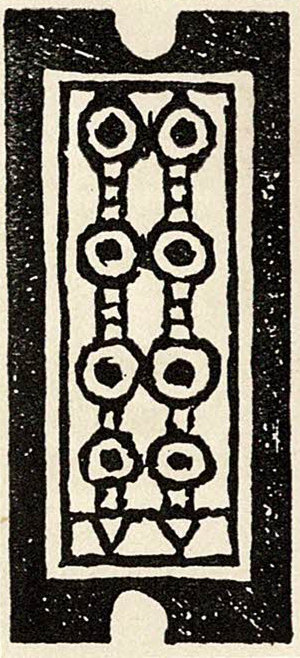 © George Pollard, 🅭🅯🄏🄎 © George Pollard, 🅭🅯🄏🄎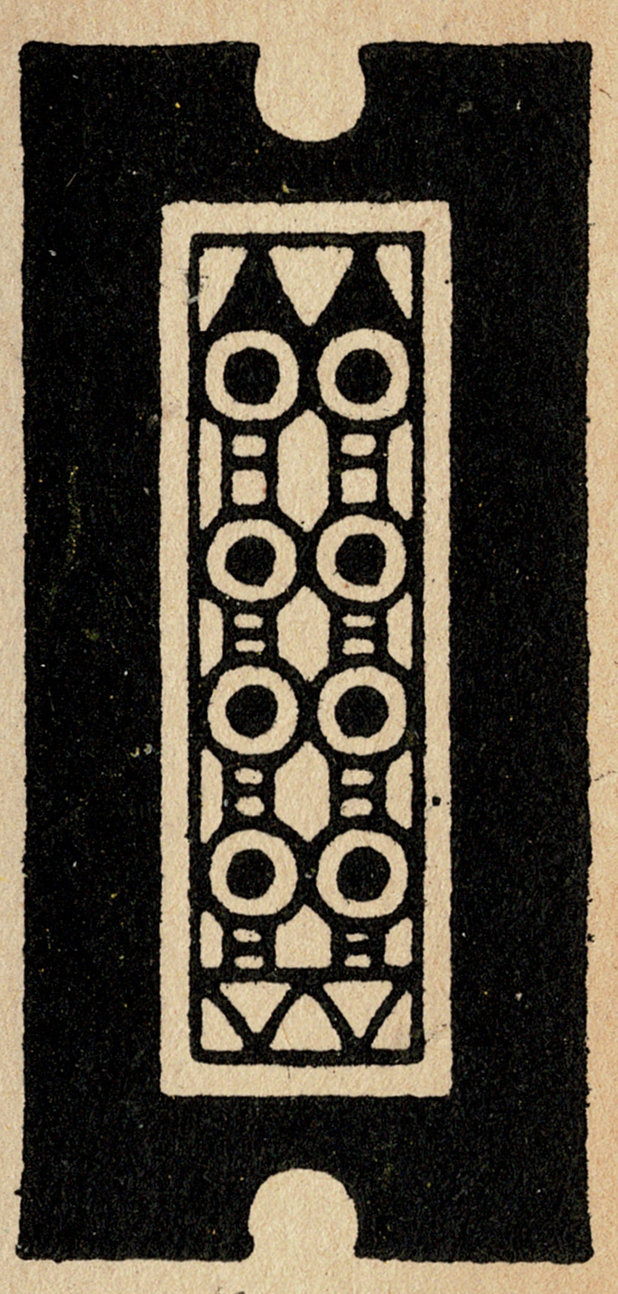 © George Pollard, 🅭🅯🄏🄎 © George Pollard, 🅭🅯🄏🄎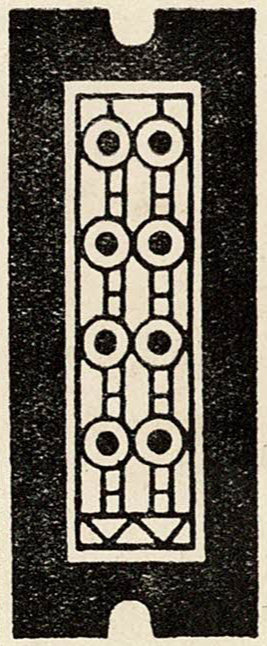 © George Pollard, 🅭🅯🄏🄎 © George Pollard, 🅭🅯🄏🄎 © George Pollard, 🅭🅯🄏🄎 © George Pollard, 🅭🅯🄏🄎8 Strings © George Pollard, 🅭🅯🄏🄎 | แปดละเอียด แปดเซาะ | puek menak | 八條 | péh manis | 8 lintrik | mâta sâtu bengkok | baji/dosi | manis/dosi | pacah manih | ꦊꦏꦺꦴꦏ꧀ꦭꦶꦤ꧀ꦠꦿꦶꦏ꧀ | wolu manis | wolu lintrik, manis | manis | wolu lintrik/pecuk/manis | lekok lintrik | cucuk buthak/manis | ᬳᬸᬮᬸ | ᬫᬤᬾ | ᬳᬸᬮᬸ | ᬳᬸᬮᬸ | ᬫᬦᬶᬲ᭄ | ᬫᬦᬶᬲ᭄ | ᬫᬦᬶᬲ᭄ | ᬫᬦᬶᬲ᭄ | ᬫᬦᬶᬲ᭄ | manis | manis | manis | cinta | |
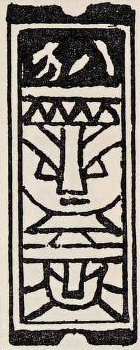 © George Pollard, 🅭🅯🄏🄎 © George Pollard, 🅭🅯🄏🄎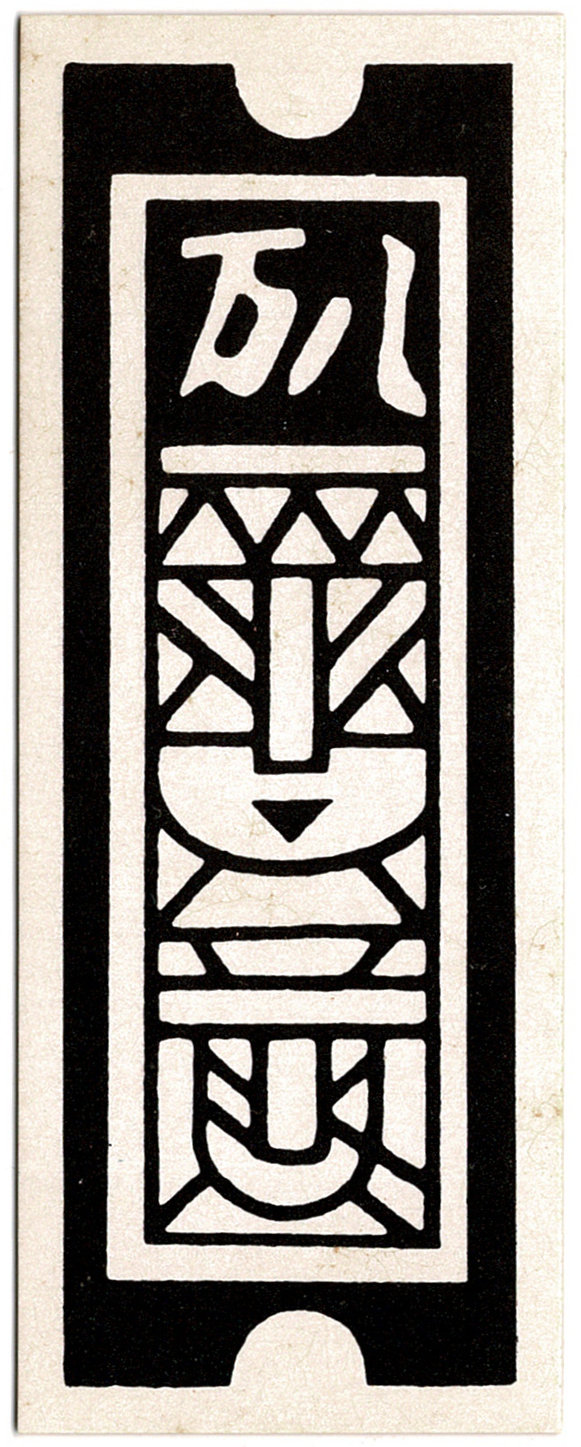 © George Pollard, 🅭🅯🄏🄎 © George Pollard, 🅭🅯🄏🄎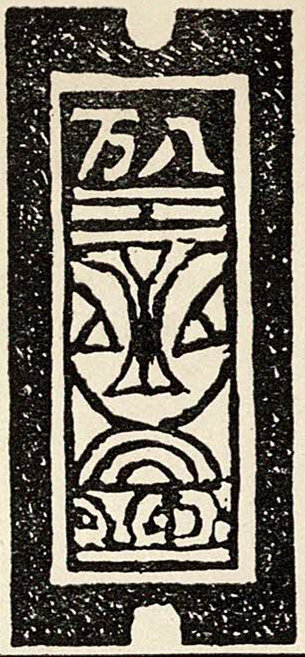 © George Pollard, 🅭🅯🄏🄎 © George Pollard, 🅭🅯🄏🄎 © George Pollard, 🅭🅯🄏🄎 © George Pollard, 🅭🅯🄏🄎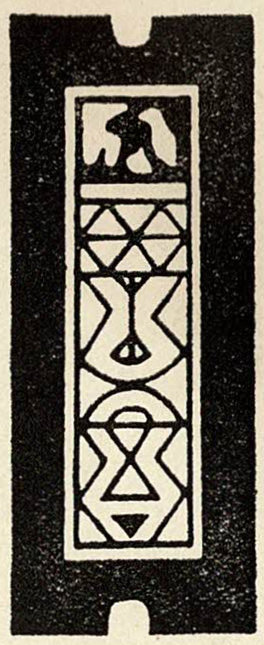 © George Pollard, 🅭🅯🄏🄎 © George Pollard, 🅭🅯🄏🄎 © George Pollard, 🅭🅯🄏🄎 © George Pollard, 🅭🅯🄏🄎8 Myriads © George Pollard, 🅭🅯🄏🄎 | แปดคน | puek ban | 八萬 | pé botak | 8 cina | mâta sâtu kĕrbau | belu | belu | pacah aluih | ꦊꦏꦺꦴꦏ꧀ꦕꦶꦤ | budheg | wolu cina | budheg | wolu cina | lekok wong | wong buthak | ᬫᬦᬓ᭄ | ᬫᬦᬓ᭄ | ᬫᬦᬓ᭄ | ᬘᭂᬍᬓ᭄ | ᬍᬧᭀᬓ᭄ | ᬓᬼᬧᭀᬓ᭄ | ᬓᬼᬧᭀᬓ᭄ | ᬓᬼᬧᭀᬓ᭄ | ᬓᬼᬧᭀᬓ᭄ | pecah | dukun | picah kapala | picah | |
Rank 9 | เก้า | kau | ânjing | — | kau | tali ‘rope’ | ||||||||||||||||||||||||
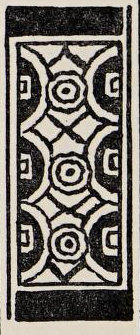 © George Pollard, 🅭🅯🄏🄎 © George Pollard, 🅭🅯🄏🄎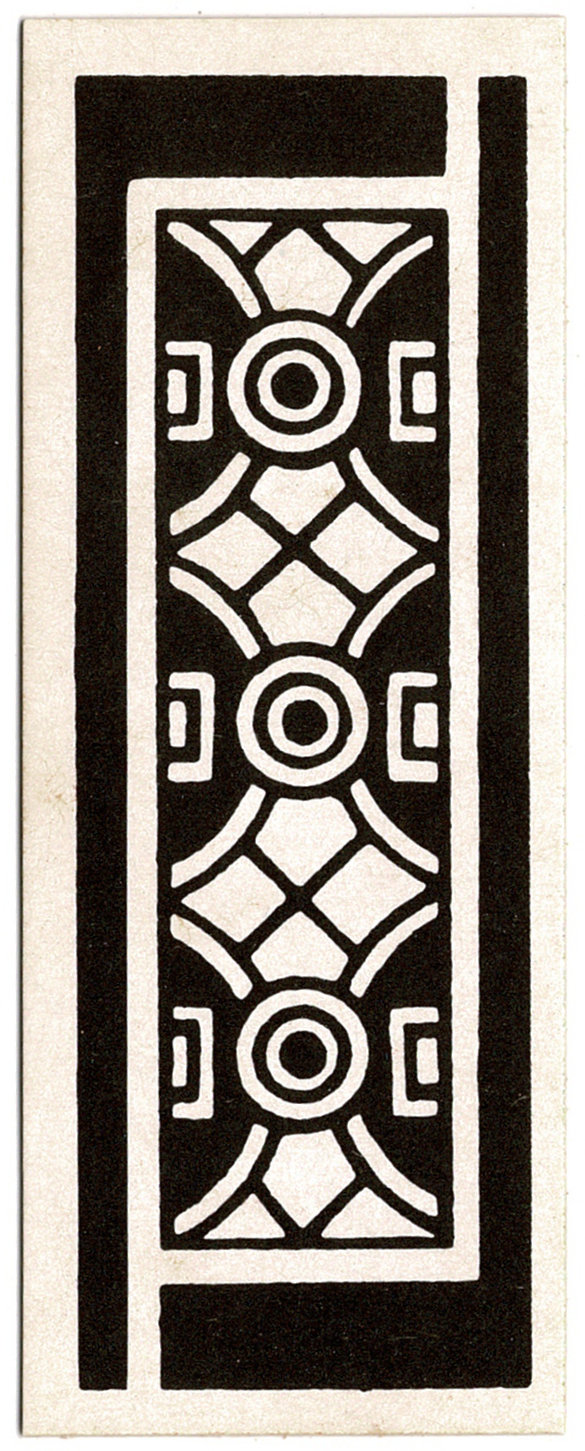 © George Pollard, 🅭🅯🄏🄎 © George Pollard, 🅭🅯🄏🄎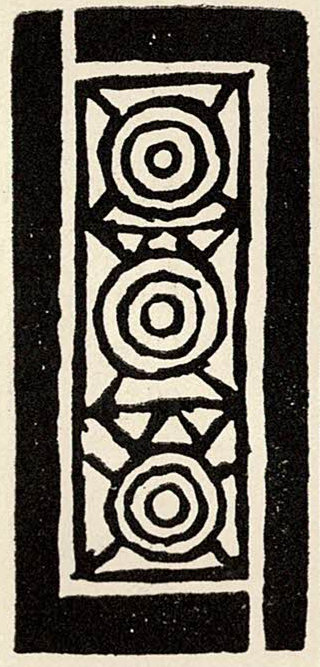 © George Pollard, 🅭🅯🄏🄎 © George Pollard, 🅭🅯🄏🄎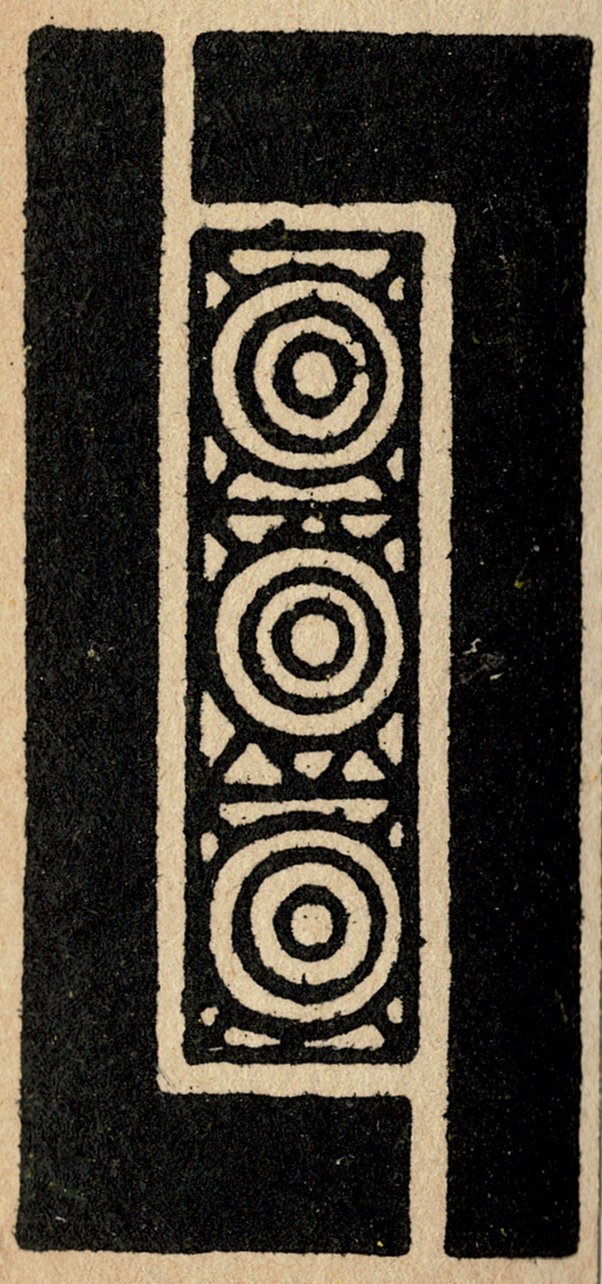 © George Pollard, 🅭🅯🄏🄎 © George Pollard, 🅭🅯🄏🄎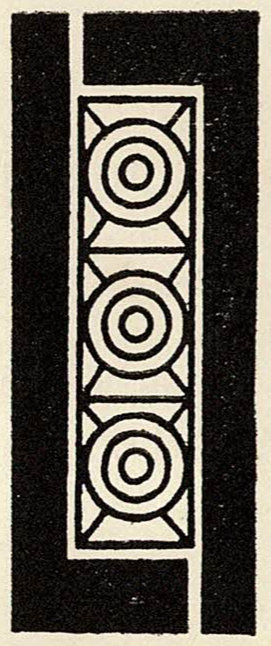 © George Pollard, 🅭🅯🄏🄎 © George Pollard, 🅭🅯🄏🄎 © George Pollard, 🅭🅯🄏🄎 © George Pollard, 🅭🅯🄏🄎9 Coins © George Pollard, 🅭🅯🄏🄎 | เก้าจัน | kau hitam | 九餅 | kau glundung | 9 glinding | ânjing pîtis | Mōru | Mōru | tali bulek | ꦒꦁꦥꦶꦕꦶꦱ꧀ | glindhing | glindhing | (sanga) glindhing, plolo picis gedhé | (sanga) glindhing, plolo picis gedhé | pecis | picis glindhing | ᬲᬗ | ᬲᬗ | ᬲᬗ | ᬧᬶᬲ᭄ᬲᬗ | ᬲᬗ | ᬢ᭄ᬭᭀᬫ᭄ᬧᭀᬂ | ᬢᭂᬭᭀᬫ᭄ᬧᭀᬂ | ᬕᬵᬤ | ᬕᬵᬤ | bulat galéndéng | roda | rupiah | rupiah | |
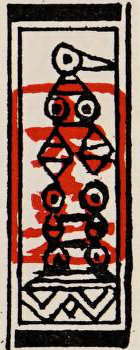 © George Pollard, 🅭🅯🄏🄎 © George Pollard, 🅭🅯🄏🄎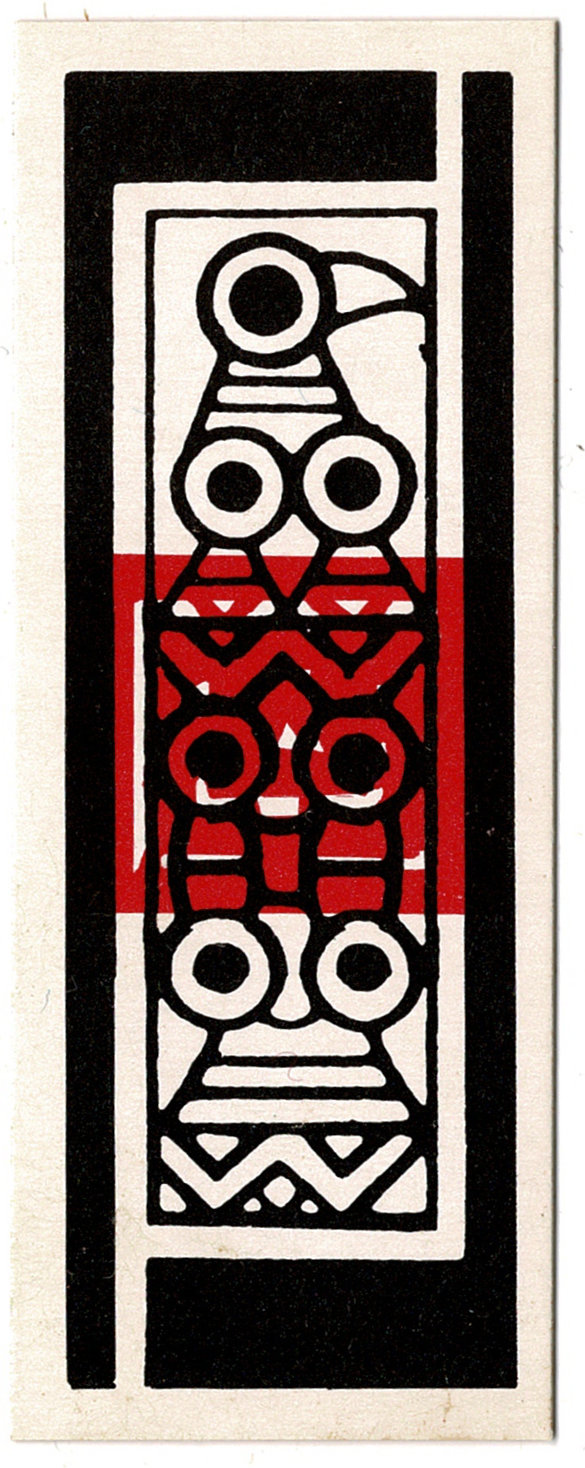 © George Pollard, 🅭🅯🄏🄎 © George Pollard, 🅭🅯🄏🄎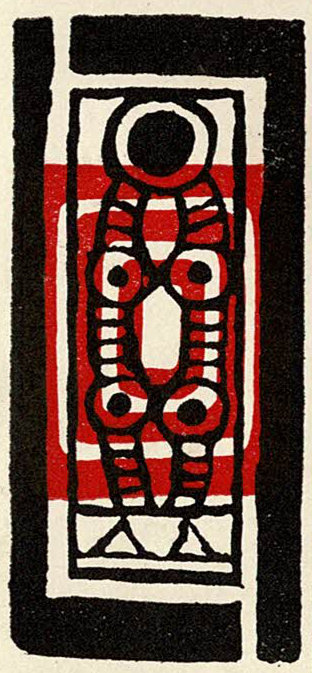 © George Pollard, 🅭🅯🄏🄎 © George Pollard, 🅭🅯🄏🄎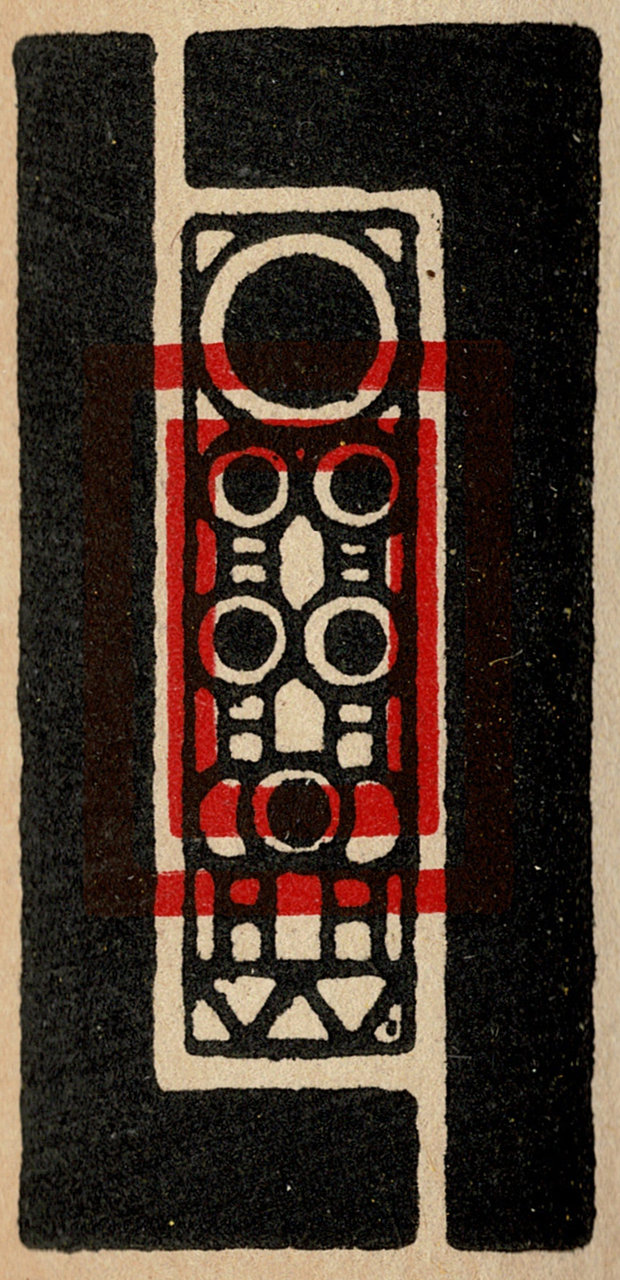 © George Pollard, 🅭🅯🄏🄎 © George Pollard, 🅭🅯🄏🄎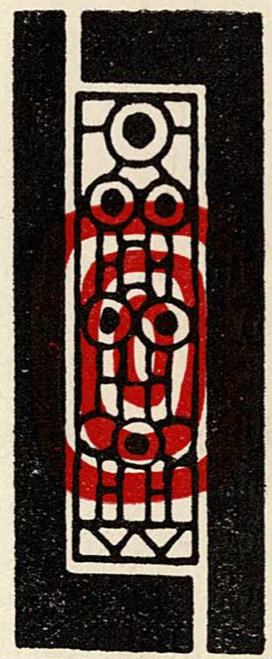 © George Pollard, 🅭🅯🄏🄎 © George Pollard, 🅭🅯🄏🄎 © George Pollard, 🅭🅯🄏🄎 © George Pollard, 🅭🅯🄏🄎9 Strings © George Pollard, 🅭🅯🄏🄎 | เก้าแดง | kau merah | 九條 | kau méra | 9 lintrik | ânjing hâti | botol/bottle/whisky | botel | tali merah | ꦒꦁꦭꦶꦤ꧀ꦠꦿꦶꦏ꧀ | sanga bang | sanga bang | obor | sanga ban/lintrik obor | gang abang | cucuk abang/besar | ᬩᭂᬲᬃ | ᬩᭂᬲᬃ | ᬩᭂᬲᬃ | ᬮᬶᬦ᭄ᬢ᭄ᬭᬶᬓ᭄ᬩᭂᬲᬃ | ᬢᬾᬚ | ᬢᬾᬚ | ᬢᬾᬚ | ᬢᬾᬚ | ᬢᬾᬚ | léntri, lantri | kacang | meirah kacang | kio meirah | |
 © George Pollard, 🅭🅯🄏🄎 © George Pollard, 🅭🅯🄏🄎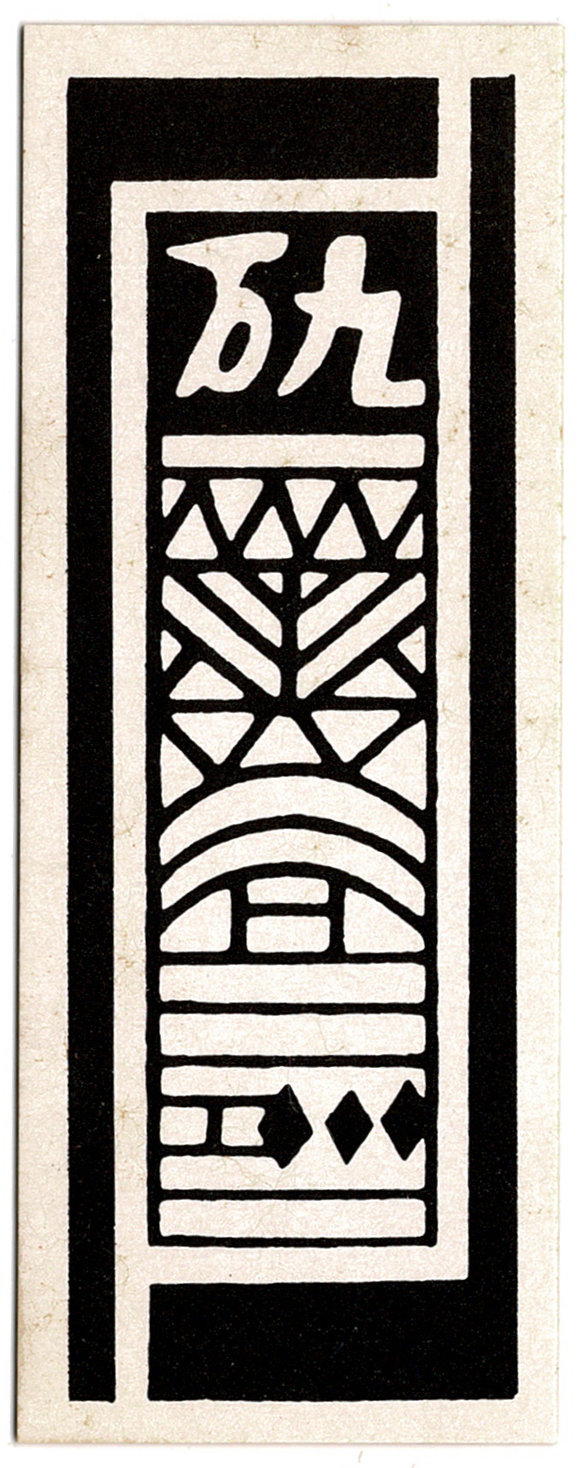 © George Pollard, 🅭🅯🄏🄎 © George Pollard, 🅭🅯🄏🄎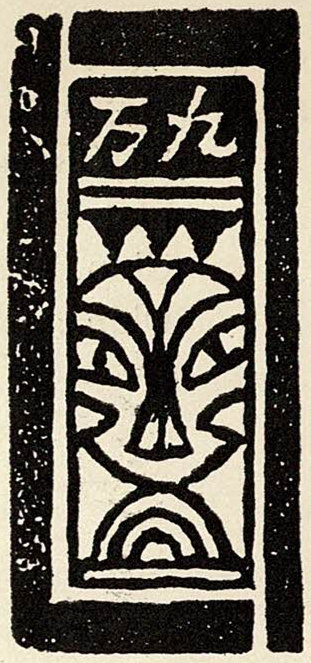 © George Pollard, 🅭🅯🄏🄎 © George Pollard, 🅭🅯🄏🄎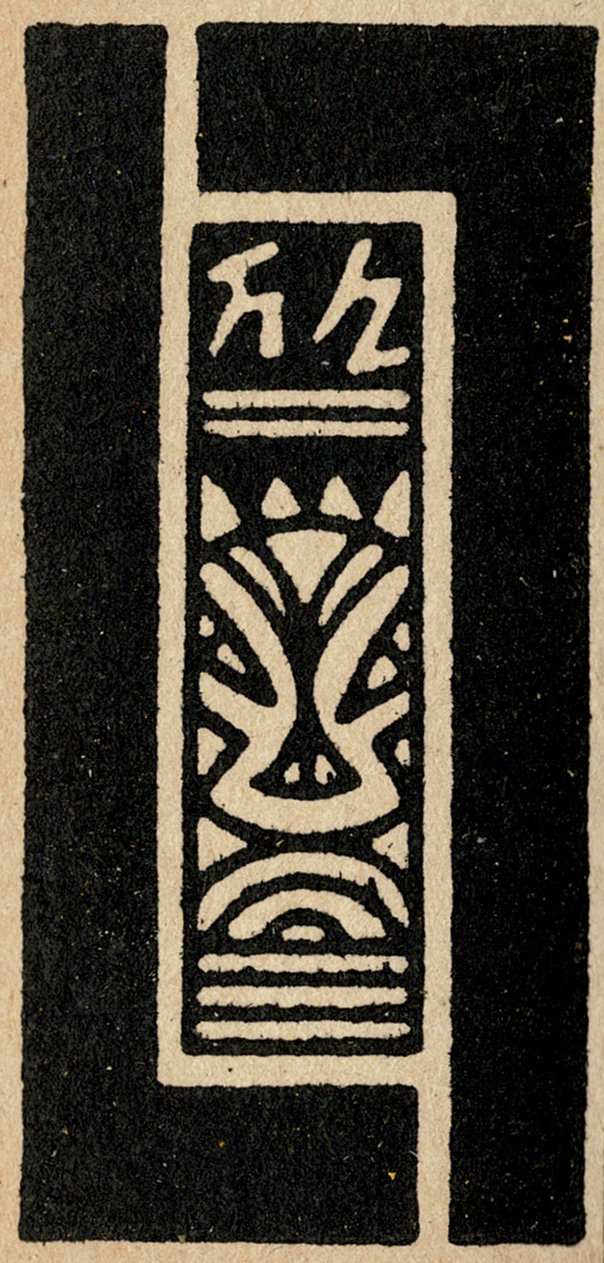 © George Pollard, 🅭🅯🄏🄎 © George Pollard, 🅭🅯🄏🄎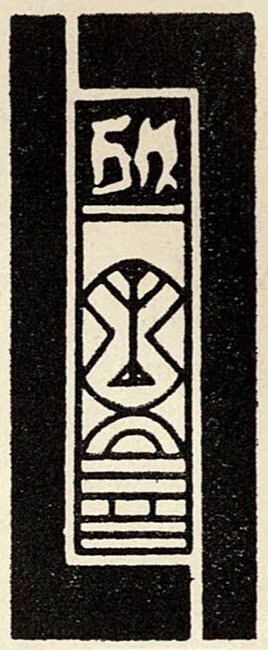 © George Pollard, 🅭🅯🄏🄎 © George Pollard, 🅭🅯🄏🄎 © George Pollard, 🅭🅯🄏🄎 © George Pollard, 🅭🅯🄏🄎9 Myriads © George Pollard, 🅭🅯🄏🄎 | เก้าคน | kau ban | 九萬 | kau ronggeng | 9 keang | ânjing kau | Mary, Mérri, Maria, Kau Mary | Mary | tali aluih | ꦒꦁꦕꦶꦤ | keyang | keyang | keyang | sanga cina, kayang, kéyang | gang | wong cucuk | ᬓᬳᭀ | ᬓᬳᬸ | ᬓᬳᬸ | ᬓᬳᬸ | ᬚᭂᬭᬶᬂ | ᬚᭂᬭᬶᬂ | ᬚᭂᬭᬶᬂ | ᬚᭂᬭᬶᬂ | ᬚᭂᬭᬶᬂ | turus | gargaji (baduri) | gargaji (baduri) | suwanggi | |
Games
There are many games played with Ceki cards.AS (p. 124) For most of them, I do not know of any other sets of rules recorded online.
Fishing games (where players capture cards from a central pool):
Cholek Tiga (‘draw three’), a Malaysian game for two or three playersAT (214)AB (125)
Pèi, a Javanese game for three players where the goal is to collect specific scoring combinationsAA (58–70)
Thothit, a Javanese game for three players where the goal is to capture identical pairsAA (71–2)
Enthit, a similar Javanese game for three players where the goal is to capture identical quadrupletsAA (74)
Thothit Kuna, an older and slower version of the gameAA (74)
Thothit Yogyakarta, a luck-based Javanese game for three playersAA (73)
Thit-Thit-Dulit, a luck-based Javanese game for two playersAA (73)
Simple gambling games:
Sampen is a gambling game from Java that requires no skill
Thothit Banyuwangi is a similar gameAA (p. 76)
Trick-taking games:
Kartu Lima is a Javan game with unusual card rankings
Draw & discard games (like Mahjong):
Balik Satu (‘turn one’), a Malaysian game with no fixed number of playersAT (p. 214)AB (p. 122)
Balik Lima BelasAB (p. 127)/Balek Lima BelairAT (p. 124)/Bukak Lima Blas LehT (p. 167) (‘turn fifteen’), an alternate method of scoring Balik Satu
Chot/Chote/Choke/Kiong, a similar four-player gameAT (p. 214)AB (p. 127)T (p. 167)
Tantanan, a fast-playing Javan game for four playersAA (p. 98)
Pong a Malaysian version of a Thai game, played by four people, also played with Mahjong tiles
Other games from Malaysia/Singapore, for which I have no rules, are:
Pak Tui, which is described as a solitaire game in A Baba Malay Dictionary (p. 215). This is probably also the PatuiPatoei or ڤتويM (II, 58) in older orthographies, probably also equivalent to ptu’i ꤶ꥓ꤳꥈꥆꥇ in Rejang.AU (92) which is mentioned by MayerAF (p. 499) and Matthes. The name might be from the Chinese 八對 ‘eight pairs’ (Hokkien pat tùi),This possibility raised in Himly (1889, p. 572). in which case the game could be something similar to Tantanan.
Choke/Chote (Ramay), a game for more than four playersAT (p. 214)
Tongkeng, a game for two peopleAT (p. 215)
Cho It and ChochotAW (p. 88) — could Chochot be the same as Chot or Thothit?
In some descriptions, Ceki is itself a game (a variant of Balik Satu) and the cards called by other names such as ijo. Een blik in het Javaansche volksleven [A glimpse into Javanese folk life] (p. 499) gives the games koa, koa-baq, koa-gonggong (Gonggong), pehi (Pèi?), patui, panghao, and cĕki, but without explanations.
Manufacturers & Brands
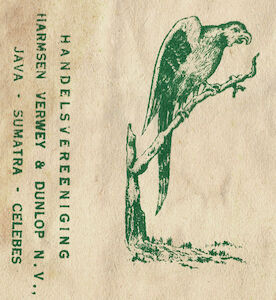
The logo for Handelsvereeniging Harmsen Verweij & Dunlop N.V..
© George Pollard, 🅭🅯🄏🄎
(Extinct) European manufacturers included:
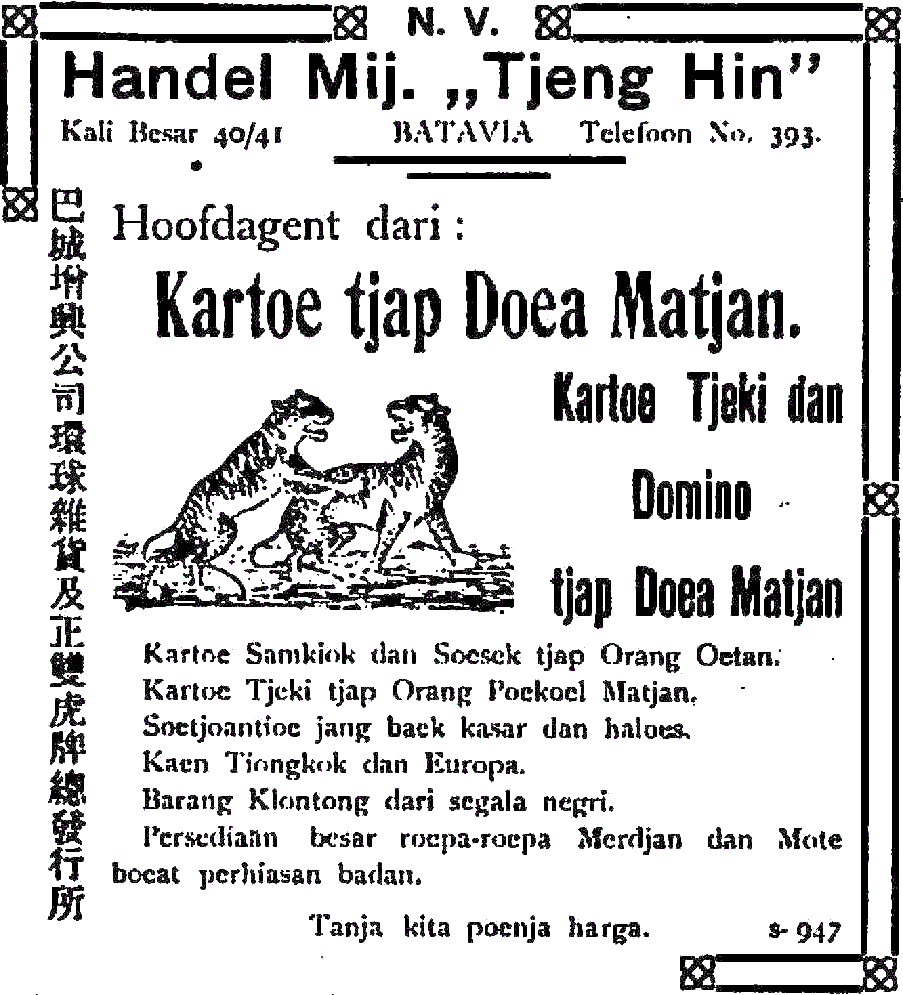
Newspaper advertisement in Sin Po, 20th March 1922, for Mesmaekers Frères’ Dua Macan (‘two tigers’) brand ceki cards (kartoe tjeki), being sold by Handel Mij. (also publishers of the newspaper).
Camoin, a French company that was based in Marseille
Handelsvereeniging Harmsen Verweij & Dunlop N.V., a Dutch company that had offices in Java, Sumatra, and Celebes (Sulawesi)AX
Mesmaekers Frères, a Belgian company based in Turnhout whose cards were imported to Java by Brandon Mesritz & Co.AY Their brands included:
Dua Macan (‘two tigers’), trademark registered 15th October 1887.AZ (p. 32) This brand was also used for other types of cards, like domino cards.
Cartamundi, a Belgian company based in Turnhout, and now the largest manufacturer of playing cards in the world. Their brands included:
Three Goats Brand (also labelled 行通南?), trademark registered 26 July 1972.AZ (p. 47) Decks containing Ceki cards seem to have been in a red packet and labelled ‘A’; green and ‘B’ were four-colour cards.
Old Indonesian brands included:
Bajing (‘squirrel’)AA (p. 12)
PajungAA (p. 12)
999AA (p. 12)
Leo (‘lion’)AA (p. 12)
Warak (‘rhino’)AA (p. 12)
Kodok (‘frog’)AA (p. 12)
Kunci (‘lock/key’)AA (p. 12)
Modern Indonesian brands include:
$ Dollar
Ceki Jitu/Cap Udang, ‘shrimp brand’; trademark registered 8th September, 2009
Ceki Hiu, ‘shark ceki’ (Old Thousand has a colour image of a shark)
Ceki Kalong Mas (bat symbol, Old Thousand inscribed 𫑟林?)
Ceki Leak, a mythological creature; trademark registered 27th August, 2013
Ceki Sinar Rejeki, ‘lucky ray’?
Flipper Brand
Gold Fish
Gunting Baja, from Bali
Gunting Rumput
Gar’da Kencana
Jangkar Kapal, ‘ship anchor’
Kabuki
Kalajengking, ‘scorpion’
Kapal Ferry (Old Thousand has a colour image of a ship)
Liberty/777 (with an image of the Statue of Liberty)
Lintrik Cap Semar
Pura Dewa, from Bali
Tjap Klabang (cap klabang), ‘centipede brand’; trademark registered 28th October, 2015
The only current Malaysian manufacturer I know of is Yong Guan Heng & Co., who sell Cherki cards under the Single Lion brand (單獅嘜).
Credits
Special thanks to:
Aditya for double-checking my Javanese transcriptions.
Aditya Bayu Perdana for supplying the names in the Balinese script.
References
Tan, Chee-Beng (). ‘Reterritorialization of a Balinese Chinese Community in Quanzhou, Fujian’. Modern Asian Studies vol. 44 (3): pages 547–566.
Clifford, Hugh and Frank Athelstane Swettenham (). A Dictionary of the Malay language volume 3: ‘The Letter “Ch”’. Government Printing Office: Taiping, Perak.
Jones, Russell (ed.) (). Loan-words in Indonesian and Malay. KITLV Press: Leiden, Netherlands. ISBN: 978-90-6718-304-8.
Amaro, Ana Maria (). ‘Chaqui and Partui: Two Popular Card Games of the ‘Christãos’ of Malacca’, translated by A. G. Smith. Journal of the International Playing-Card Society vol. 22 (2), : pages 34–40. Edited by Stuart Lawrence.
Dobree, C. T. (). Gambling Games of Malaya. The Caxton Press: Kuala Lumpur, Malaysia.
Duff-Cooper, Andrew (). ‘Some Imaginative Functions of Consciousness from a Balinese Form of Life on Lombok’. Anthropos vol. 82 (1): pages 63–85.
Dalton, Bill (). Bali Handbook. Moon Publications: Chico, CA, USA. ISBN: 1-56691-073-0.
Hoefte, Rosemarijn (). In Place of Slavery: A Social History of British Indian and Javanese Laborers in Suriname. University Press of Florida. ISBN: 0-8130-1625-8.
Robson, Stuart and Singgih Wibisono (). Javanese English Dictionary. Periplus Editions: Singapore. ISBN: 0-7946-0000-X.
Hamilton, A. W. (). ‘Chinese Loan-Words in Malay’. Journal of the Malayan Branch of the Royal Asiatic Society vol. 2, : pages 48–56.
Edwards, E. D. and C. O. Blagden (). ‘A Chinese Vocabulary of Malacca Malay Words and Phrases Collected between A.D. 1403 and 1511 (?)’. Bulletin of the School of Oriental Studies vol. 6 (3): pages 715–749. University of London.
Schlegel, Gustav (). ‘Chinese Loanwords in the Malay Language’. 通報 T‘oung Pao vol. 1: pages 391–405. Edited by Gustav Schlegel and Henri Cordier. E. J. Brill: Leide.
Pijnappel, Jan (). Maleisch-Hollandsch Woordenboek (2nd edition). Frederik Muller: Haarlem, Amsterdam.
Matthes, Benjamin Frederik (). Boegineesch–Hollandsch woordenboek [text in Dutch]. C. A. Spin & Zoon: Amsterdam, The Netherlands.
von de Wall, H. (). Maleisch-Nederlandsch Woordenboek volume 2, edited by H. N. van der Tuuk. Landsdrukkerij: Batavia.
Pijnappel, Jan (ed.) (). Maleisch-Nederduitsch Woordenboek (1st edition). Frederik Muller: Haarlem, Amsterdam.
บุญภักดี, เอนก [Anok Boonpakdi] (). ไพ่ผ่องไทย [Pai Phong Thai]. Excise Department Printing House: Wat Sommanat Vihara, Bangkok, Thailand.
Pallegoix, Jean Baptiste (). Dictionarium linguae Thai, sive siamensis interpretatione latina, gallica et anglica illustratum. Paris.
Musa, Mahani (). ‘The Memory of the World Register: The Sultan Abdul Hamid Correspondence and Kedah history’. Kajian Malaysia vol. 33: pages 53–74.
Chia, Felix (). The Babas. Times Books International: Singapore. ISBN: 9971-65-058-4.
Landsdrukkerij (). Staatsblad van Nederlandisch-Indië, over het jaar 1898 [text in Dutch]. Landsdrukkerij: Batavia, Dutch East Indies.
Anonymous (). ‘International Postal Service’. Federal Register vol. 13 (40), : pages 892–1059. The National Archives of the United States: Washington.
Muhammad, Ali Azhar (). ‘The Transitional Democracy Trap: Democracy, Complexity, and Local Oligarchy in Bali’. Pages 155–176 in Security, Democracy, and Society in Bali, edited by Andrew Vandenberg and Nazrina Zuryani. Palgrave Macmillan: Singapore. ISBN: 978-981-15-5848-1. doi:10.1007/978-981-15-5848-1_7.
Wilkinson, Richard James (). A Malay–English Dictionary volume 1: ‘Alif to Za’. Kelly & Walsh: Singapore.
“AKZs2r” (). ‘Permainan KOA (bagian 1)’ [text in Indonesian] [archived]. On the website Cindua Dingin (accessed ).
Matthes, Benjamin Frederik (). Makassaarsch–Hollandsch woordenboek [text in Dutch]. Frederik Muller: Amsterdam, The Netherlands.
Siem, Tjan Tjoe [曾祖沁] (). Javaanse Kaartspelen: bijdrage tot de beschrijving van land en volk [Javanese Card Games; text in Dutch]; Verhandelingen van het Koninklijk Bataviaasch Genootschap van Kunsten en Wetenschappen volume 75. A. C. Nix & Co.: Bandung, West Java, Indonesia.
Pwee, Keng Ho (). ‘Chiki Cards and Three Chiki Games’. Journal of the International Playing-Card Society vol. 32 (3): pages 119–128.
Tauern, O. D. (). ‘Javanische Kartenspiele’ [text in German]. Zeitschrift für Ethnologie vol. 46 (1): pages 45–48.
Vaughan, Jonas Daniel (). The manners and customs of the Chinese of the straits settlements. Mission Press: Singapore.
Young, J. W. (). ‘Bijdrage tot de kennis der Chinesche hazard- en kaartspelen’ [text in Dutch]. Tijdschrift voor Indische Taal-, Land- en Volkenkunde vol. 31: pages 269–302.
Mayer, L. Th. (). Een blik in het Javaansche volksleven [A glimpse into Javanese folk life] volume 2. E. J. Brill: Leiden, Netherlands.
Suryadinata, Leo (). ‘Cina or Tionghua? The politics behind Indonesia’s word choice’. The Straits Times, : page 25. Singapore.
Levine, Josh (). ‘The Malaysian Penanggalan Haunts Pregnant Women and Newborns’ [archived]. On the website Atlas Obscura (accessed ).
Pillai, Stefanie Shamila (). ‘How To Play Chiki’ [archived]. On the website Endangered Languages Archive (accessed ). hdl:2196/00-0000-0000-0012-A2F9-1.
Utama, Rizkhan D. (). ‘Nama-nama Kartu KOA’ [archived]. On the website Lai tau mah,..!!! (accessed ).
de Clercq, Frederik Sigismund Alexander (). ‘Verklaring van het Péhi-spel’ [text in Dutch] [archived]. Tijdschrift voor Indische Taal-, Land- en Volkenkunde vol. 23: pages 512–516.
Wijaya, I Putu Arya Kusuma Wijaya (). Rancang Bangun Permainan Ceki Online [text in Indonesian]. Universitas Udayana: Denpasar, Bali, Indonesia.
Anonymous (). ‘Anonymous comment on “Nama-nama Kartu KOA”’ [archived]. On the website Lai tau mah,..!!! (accessed ).
de Clercq, Frederik Sigismund Alexander (). Het Maleisch der Molukken [text in Dutch]. W. Bruining: Batavia. hdl:2027/coo.31924062591262.
Torchia, Christopher (). Indonesian Idioms and Expressions: Colloquial Indeonesian at Work. Tuttle Publishing: Singapore. ISBN: 978-0-8048-3873-3.
Raffles, Thomas Stamford (). The History of Java volume 1 (1st edition). John Murray: London.
SEAlang (). ‘SEAlang library Balinese dictionary’. SEAlang.
Asiapac Books (). Gateway to Old School Games. Asiapac Books: Singapore. ISBN: 978-981-229-949-9.
Gwee, William (). A Nyonya Mosaic: Memoirs of a Paranakan Childhood. Marshall Cavendish: Singapore. ISBN: 978-981-4435-52-9.
Gwee, William (). A Baba Malay Dictionary. Tuttle Publishing: Singapore. ISBN: 978-1-4629-1300-8.
Jaspan, M. A. (). Materials for a Rejang–Indonesian–English dictionary; Materials in Languages of Indonesia number 27, series editor W. A. L. Stokhof. Australian National University.
Himly, K. (). ‘Morgenländisch oder abendländisch? Forschungen nach gewissen Spielausdrücken (Zusätze)’ [Oriental or occidental? Research into certain game expressions (Additions); text in German]. Zeitschrift der Deutschen Morgenländischen Gesellschaft vol. 43 (4): pages 555–578. Leipzig.
Winstedt, R. O. (). ‘Some Notes on Malay Card Games’ [archived]. Journal of the Straits Branch of the Royal Asiatic Society vol. 45, : pages 85–88.
Alkatiry, Zeffry and Mochammad Aviandy (). ‘Tradition Card Game Ceki: Community Identity Chinese Melay Meday, Minang, and Bali’. International Review of Humanities Studies vol. 3 (2): pages 274–286.
Wintle, Simon (). ‘Chi Chi Pai’ [archived]. On the website World of Playing Cards (accessed ).
Tilman, E. and E. van Autenboer (). Turnhout?. Nationaal Museum van de Speelkaart: Turnhout.